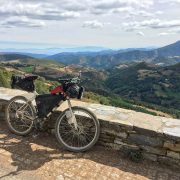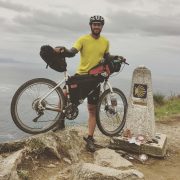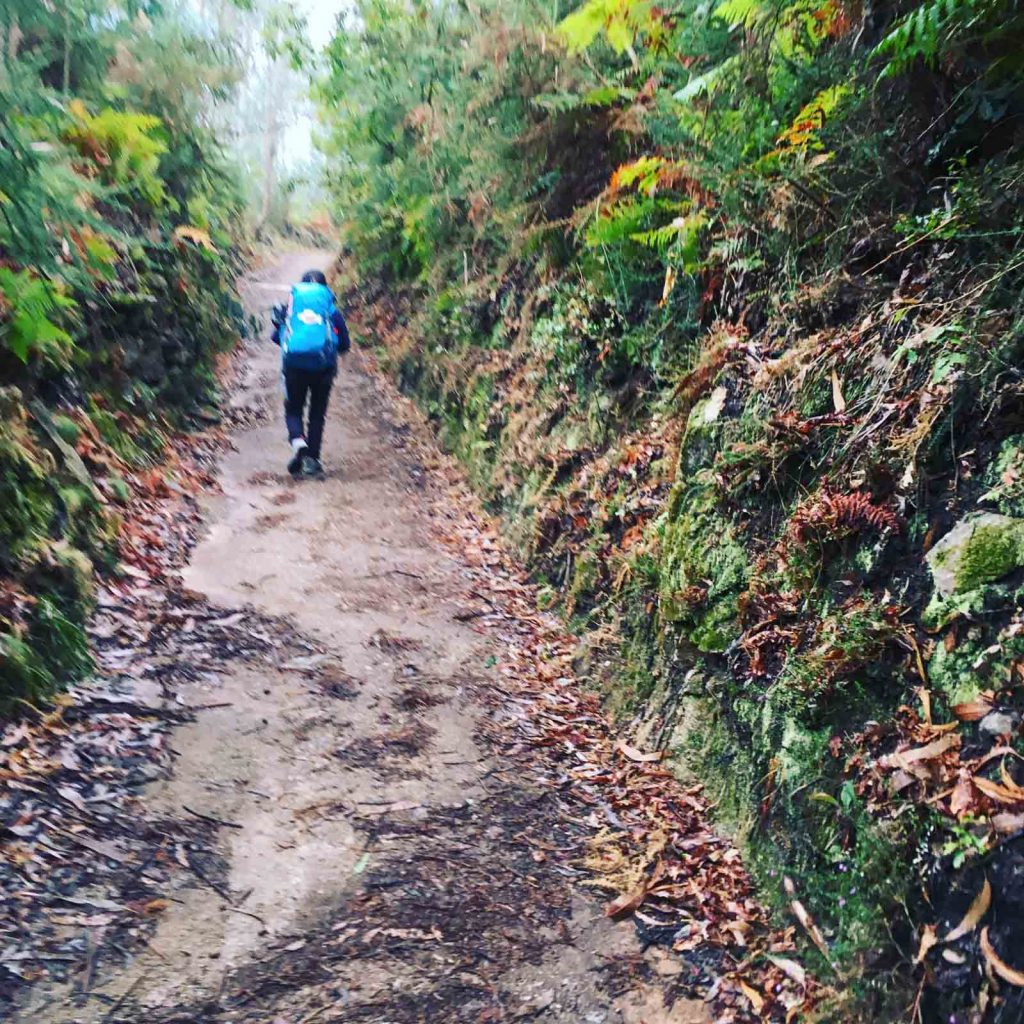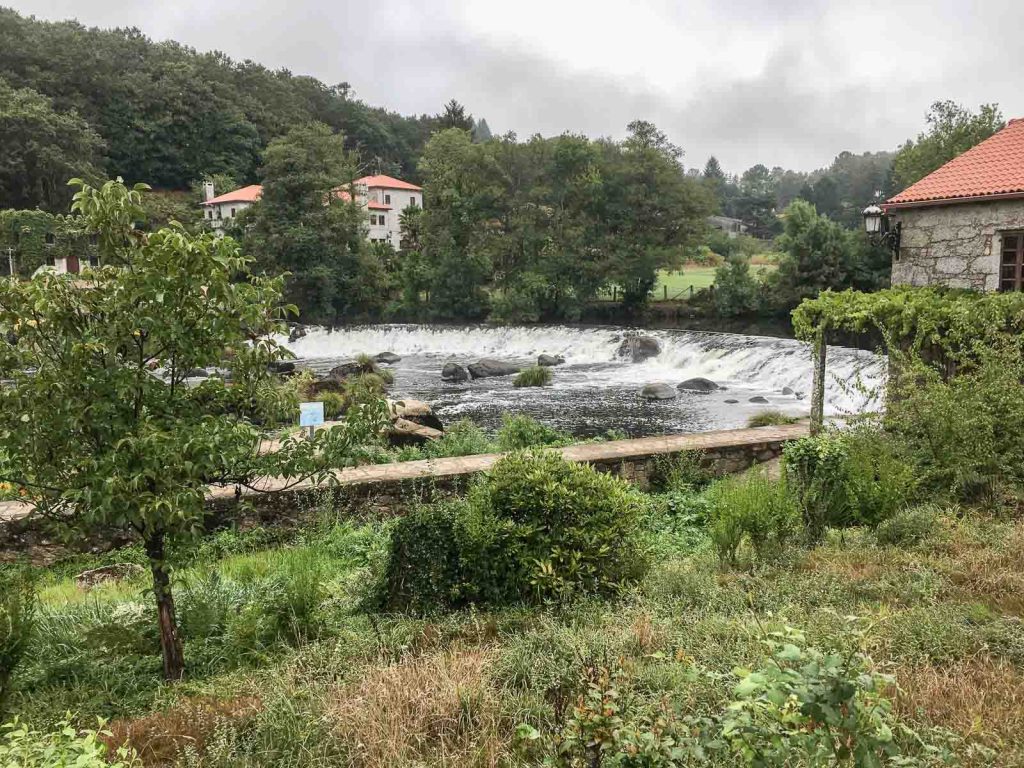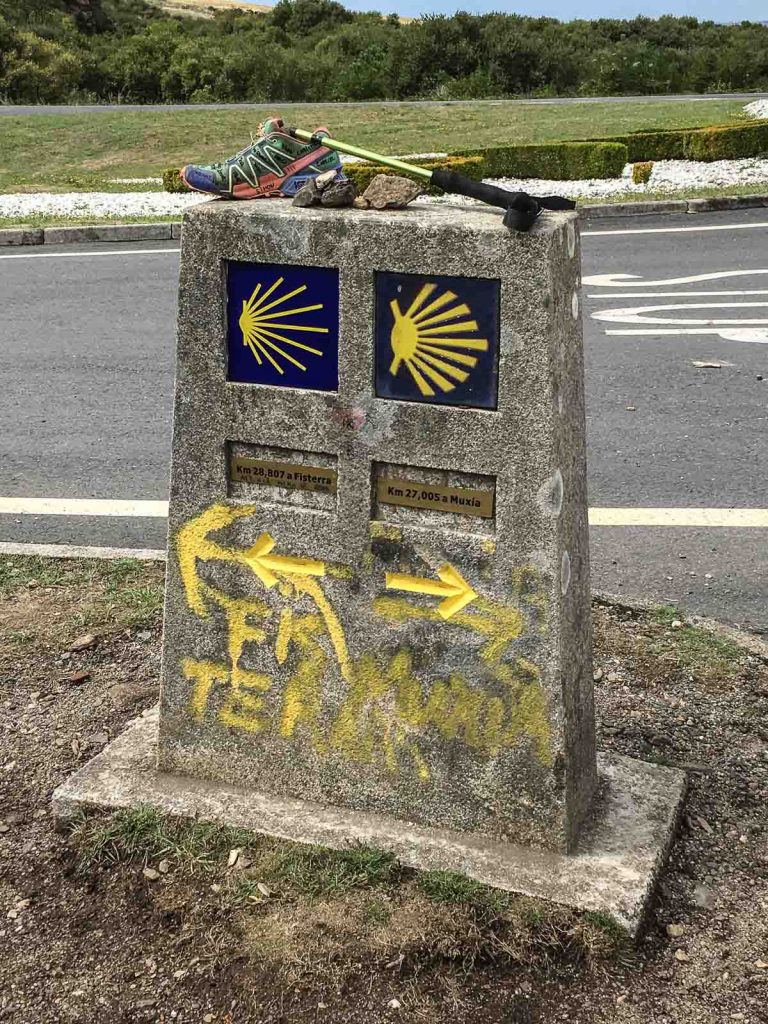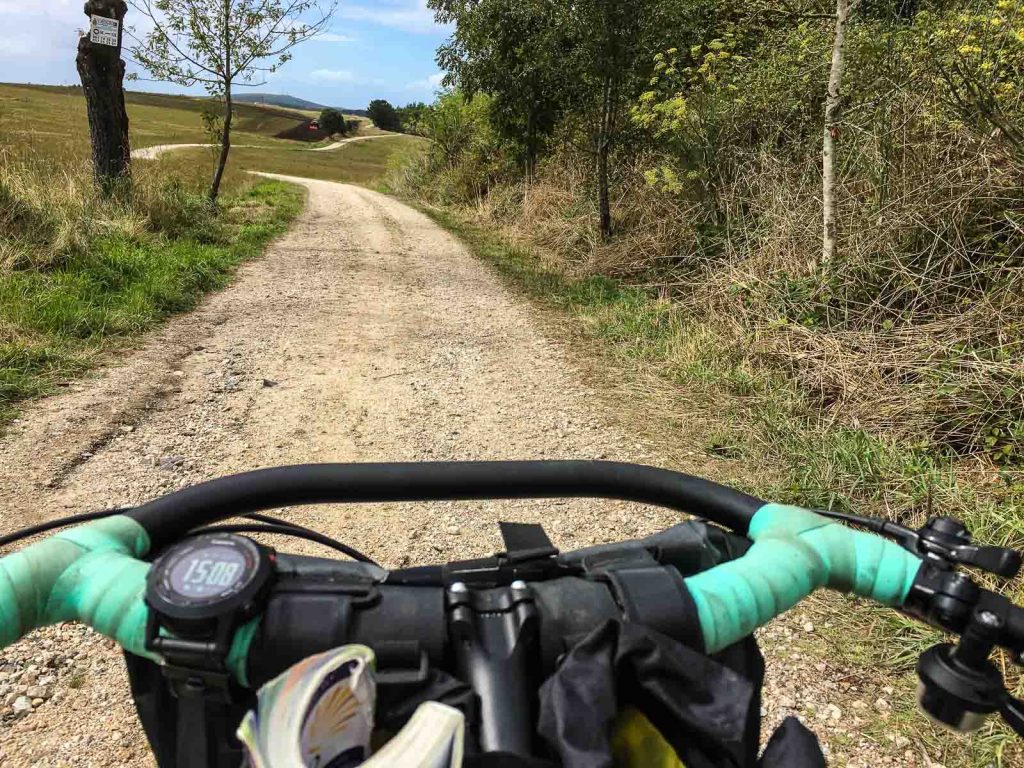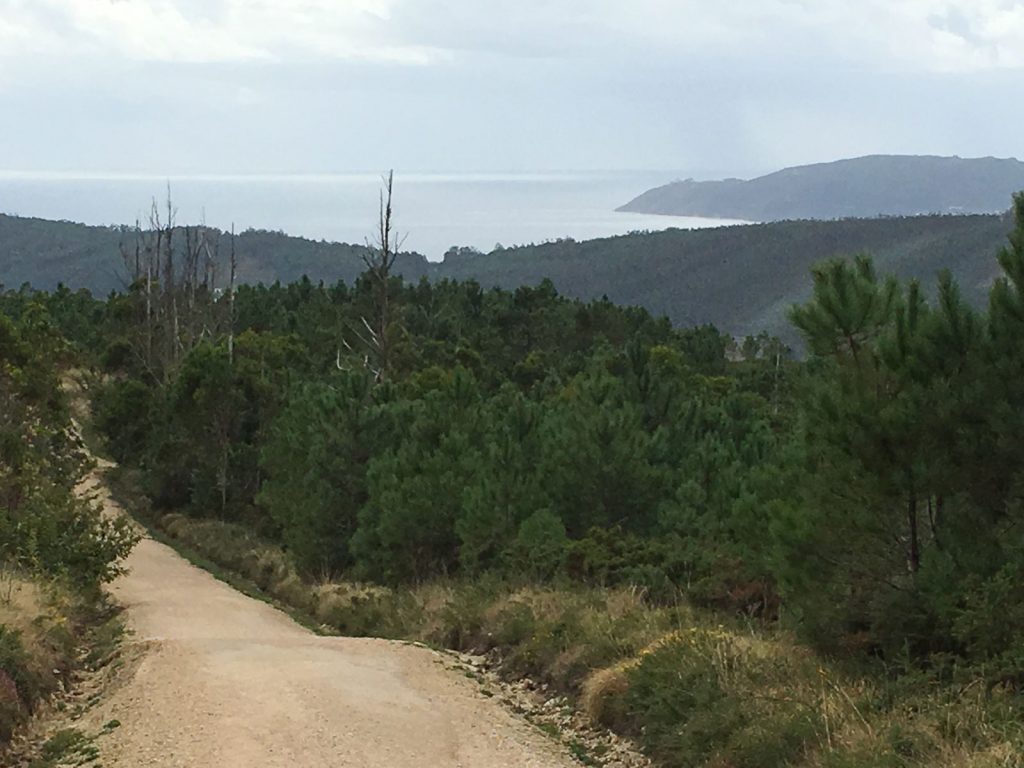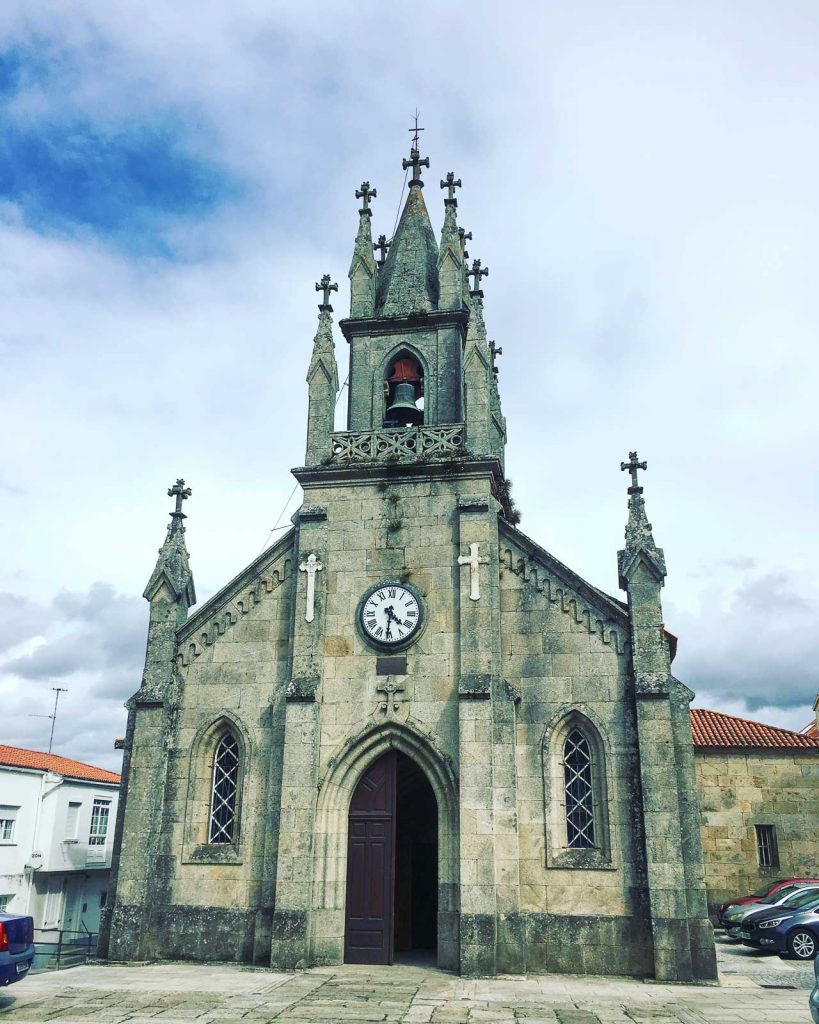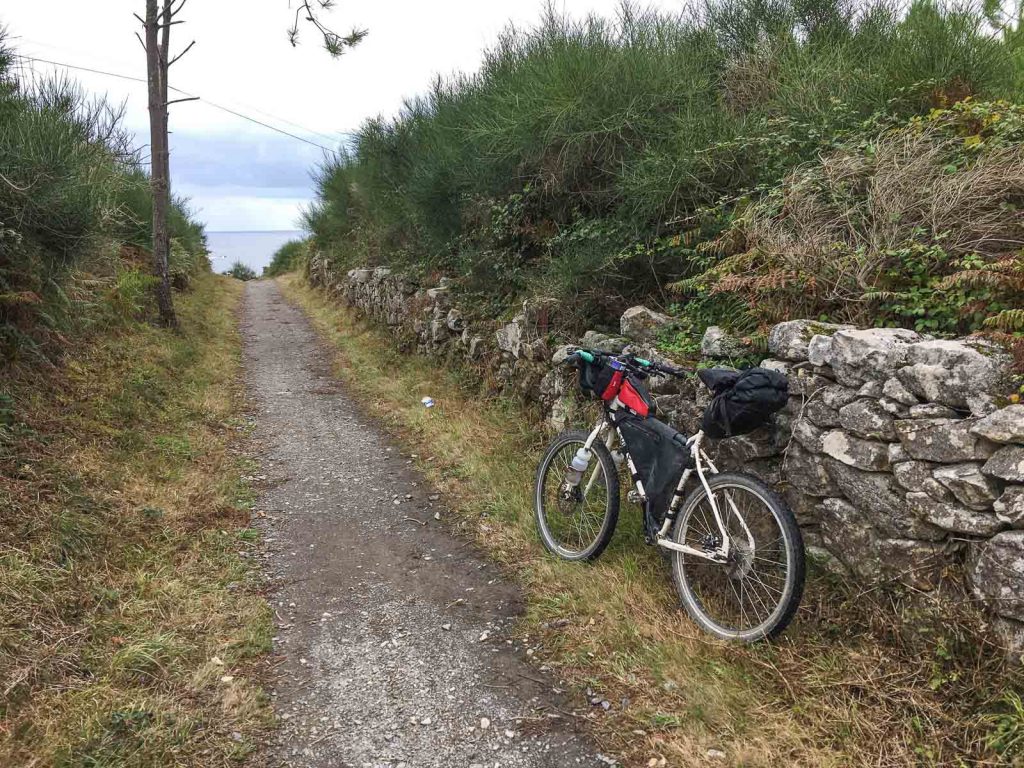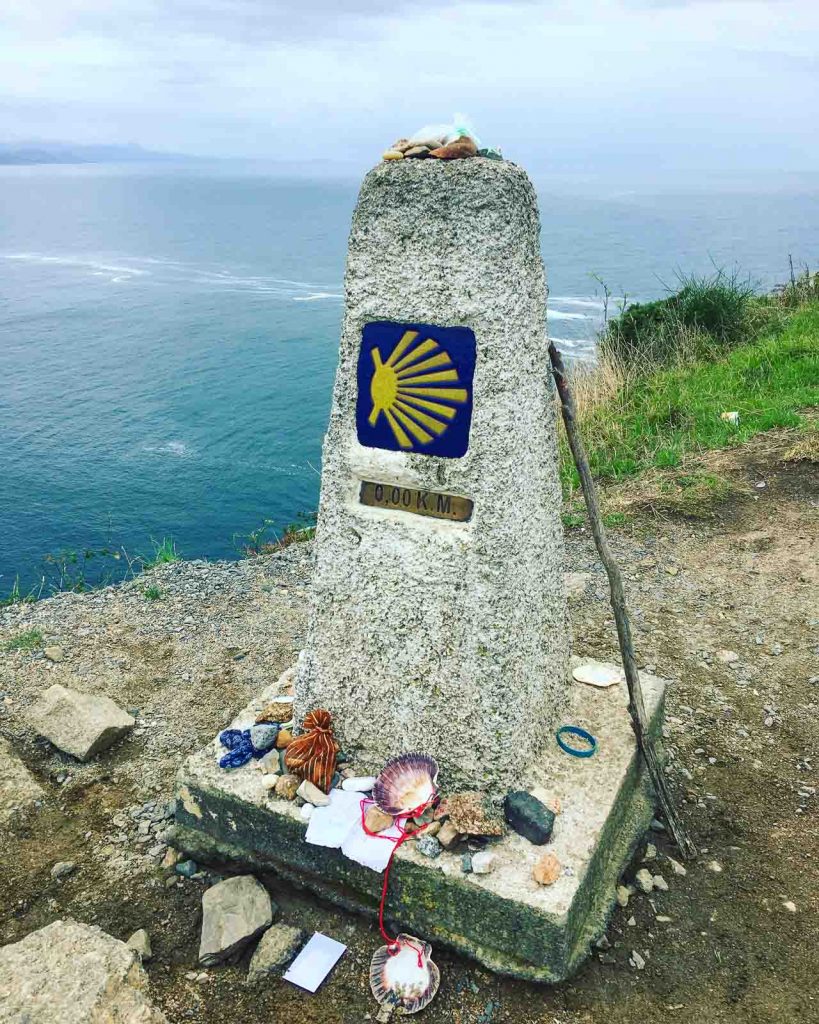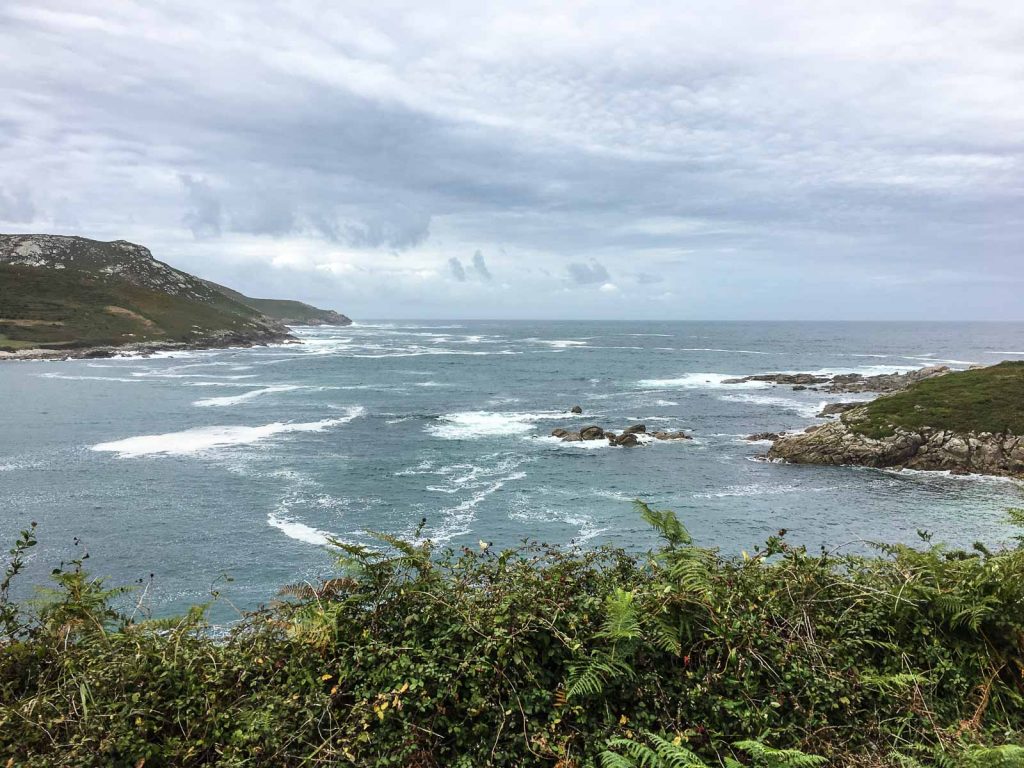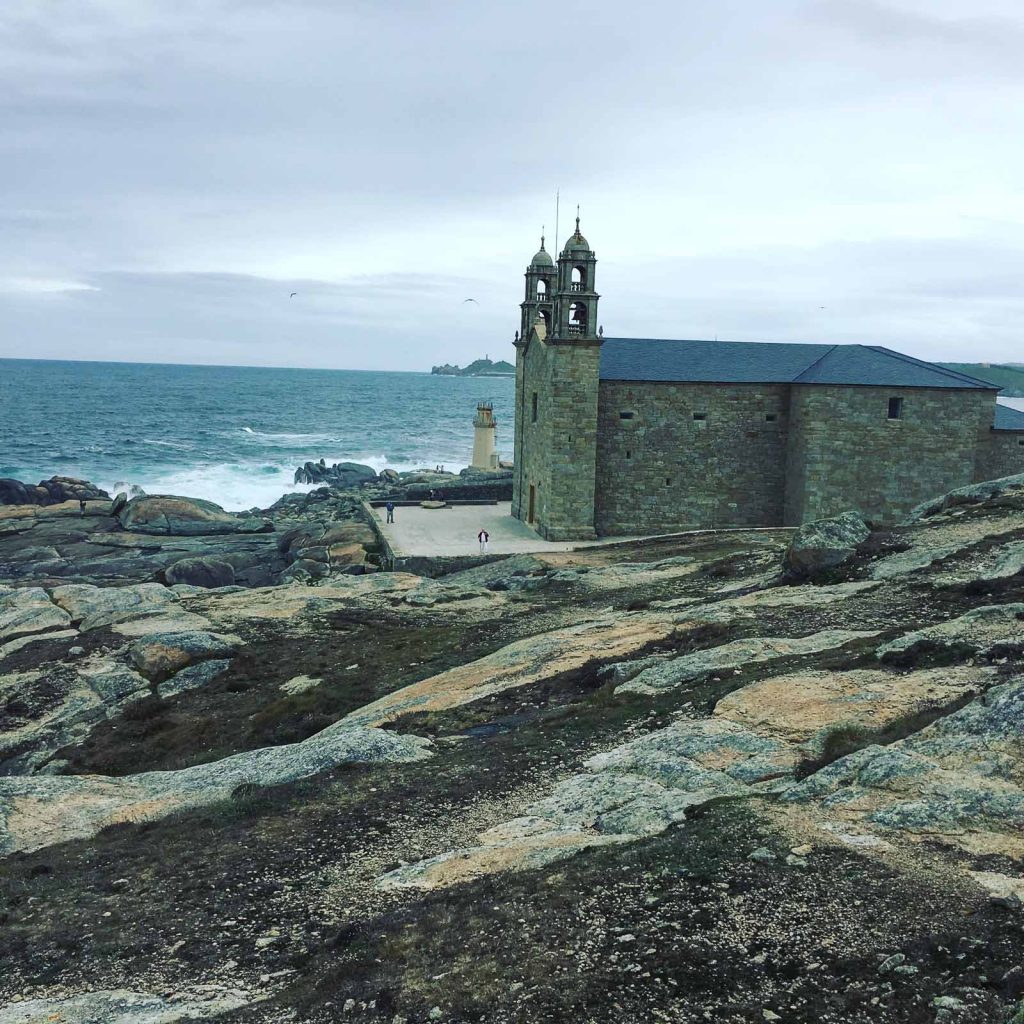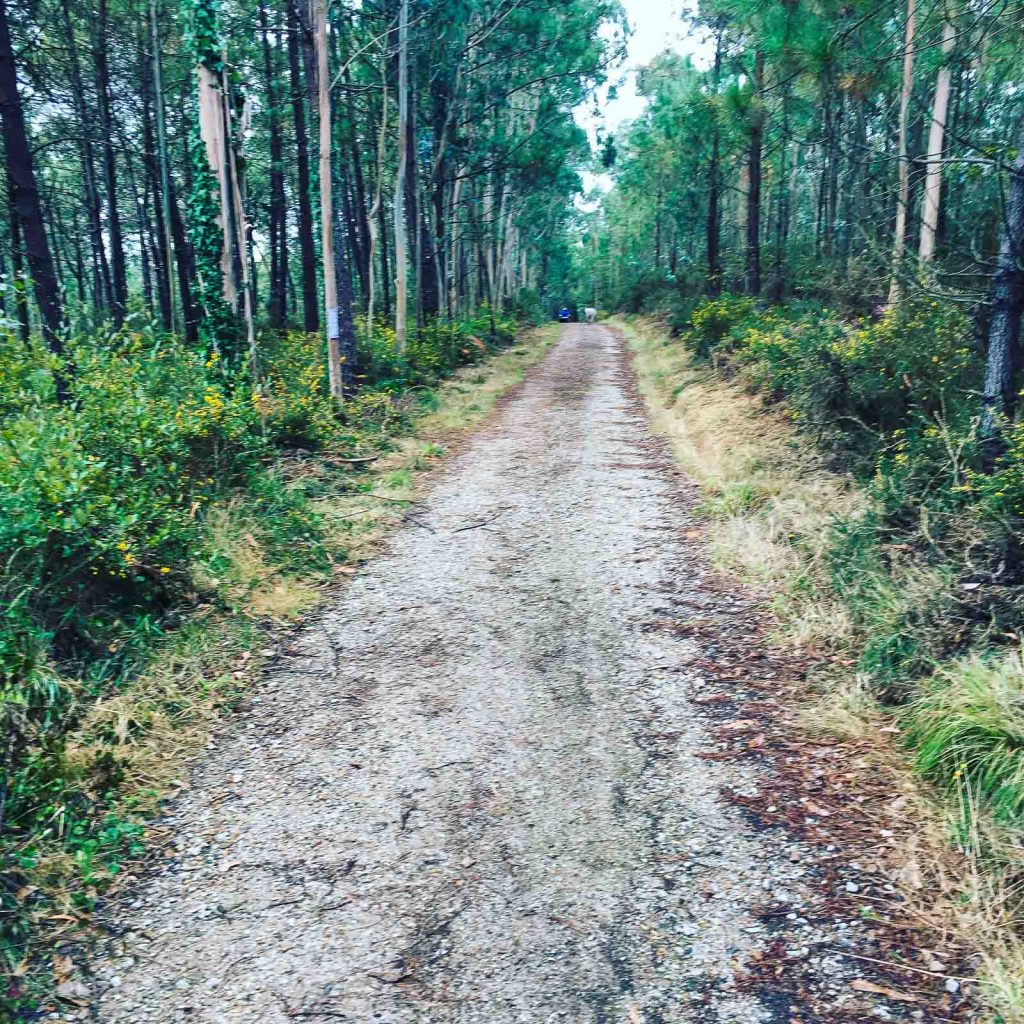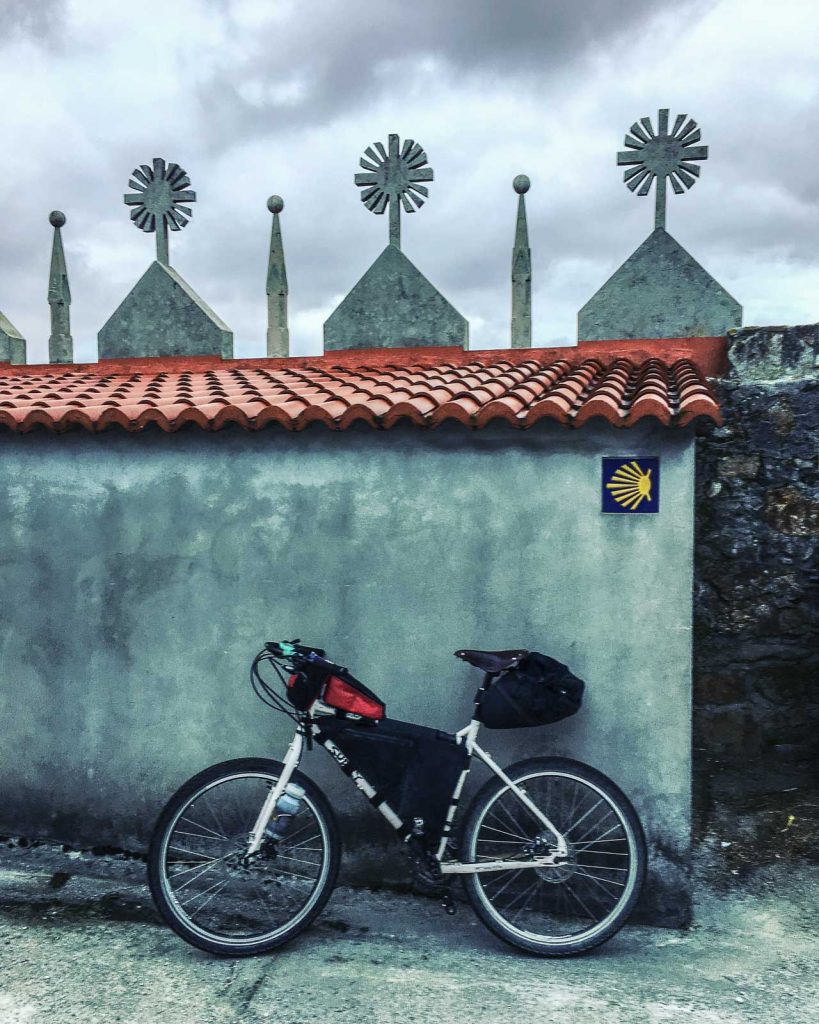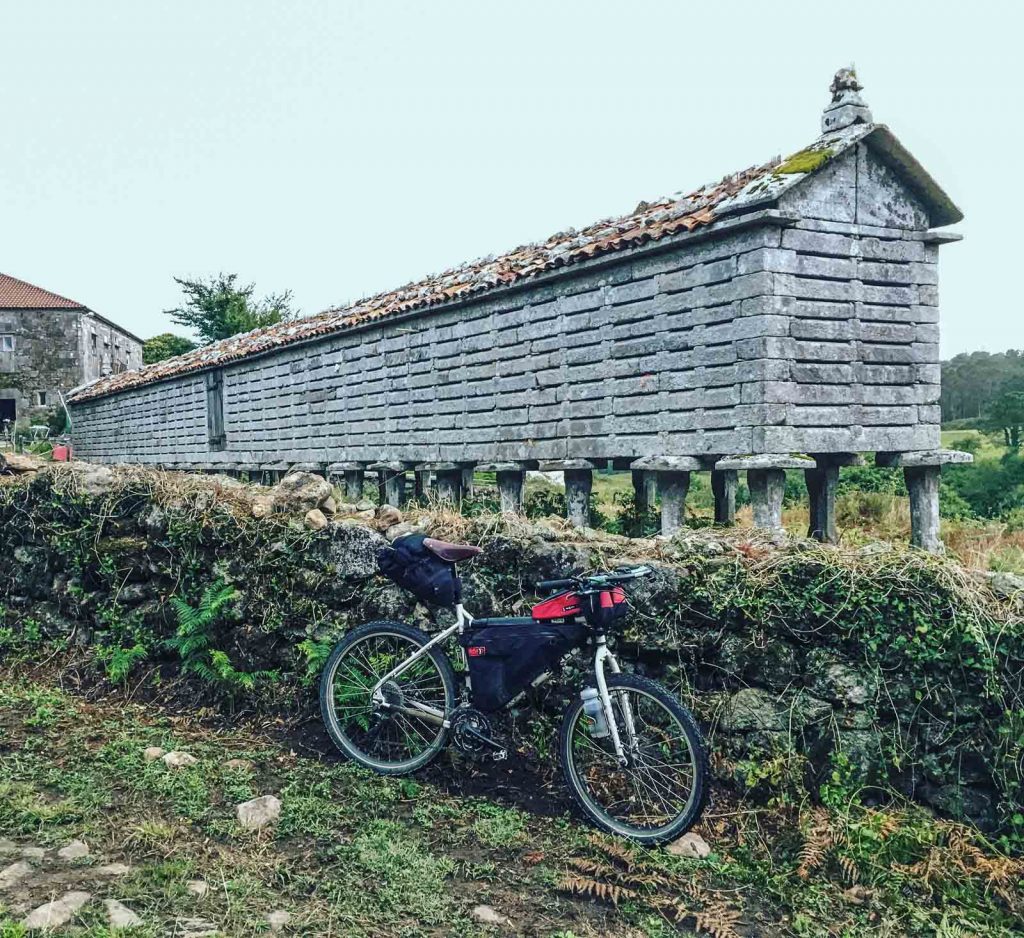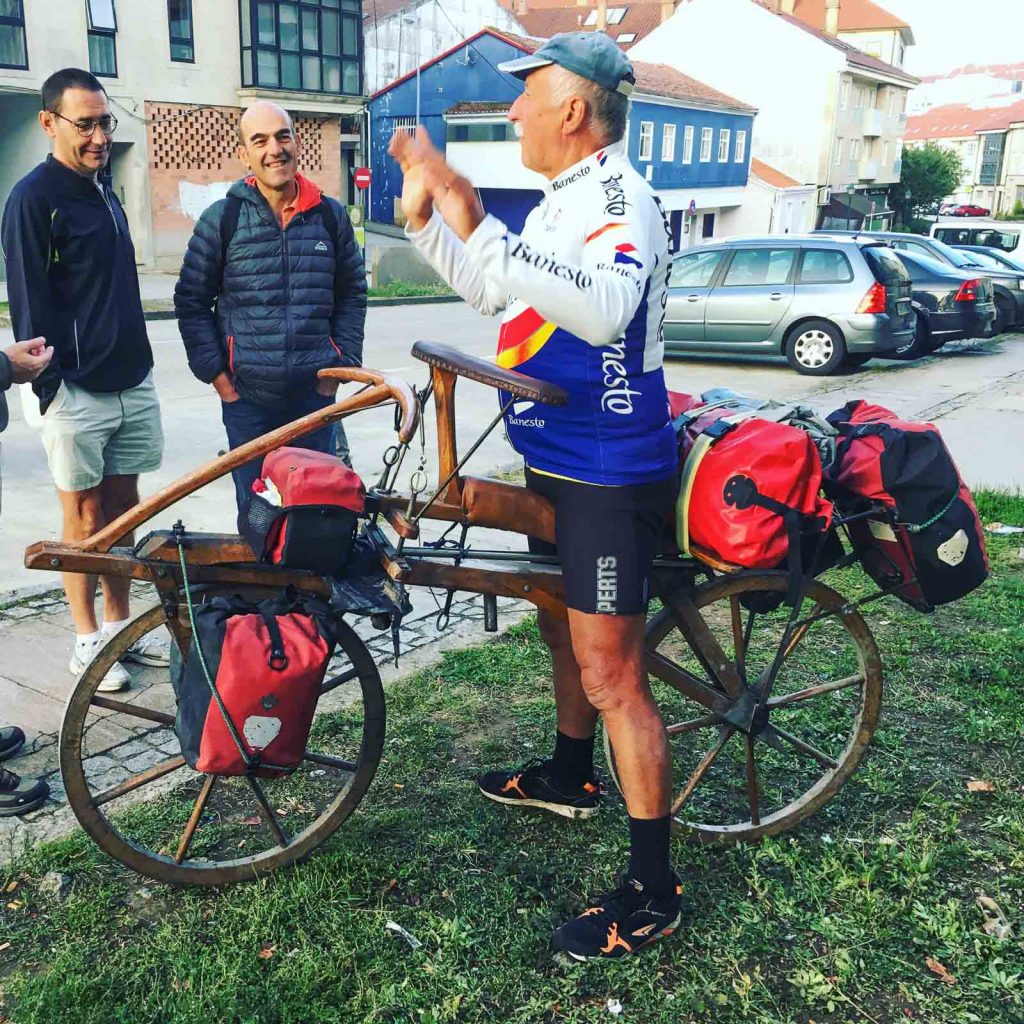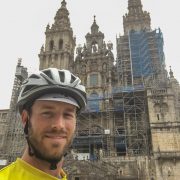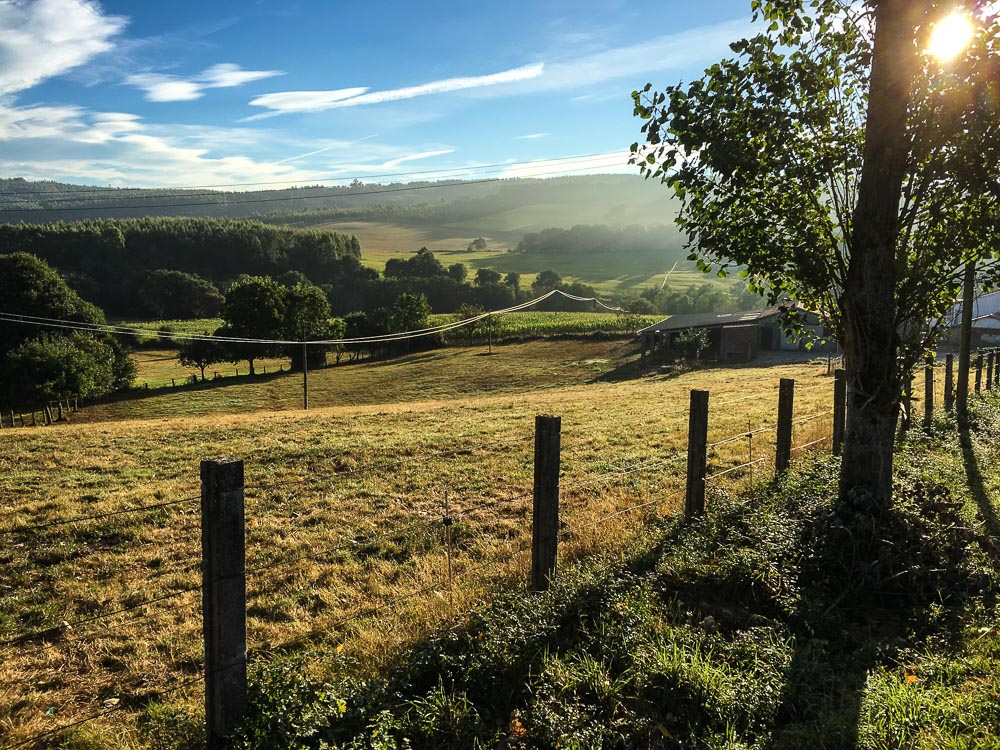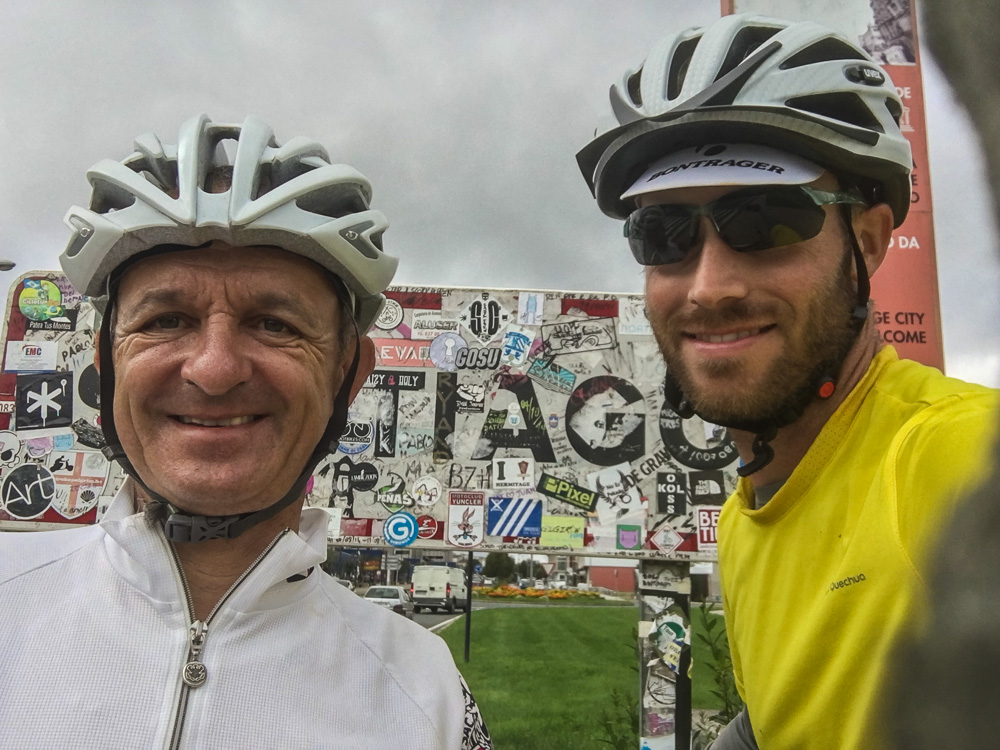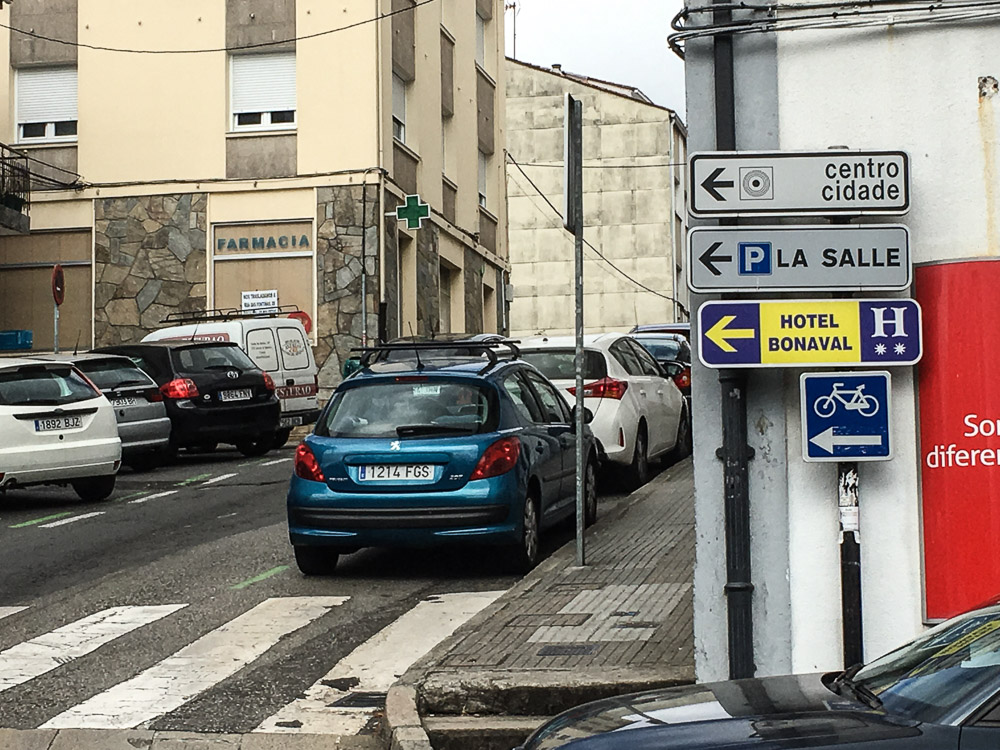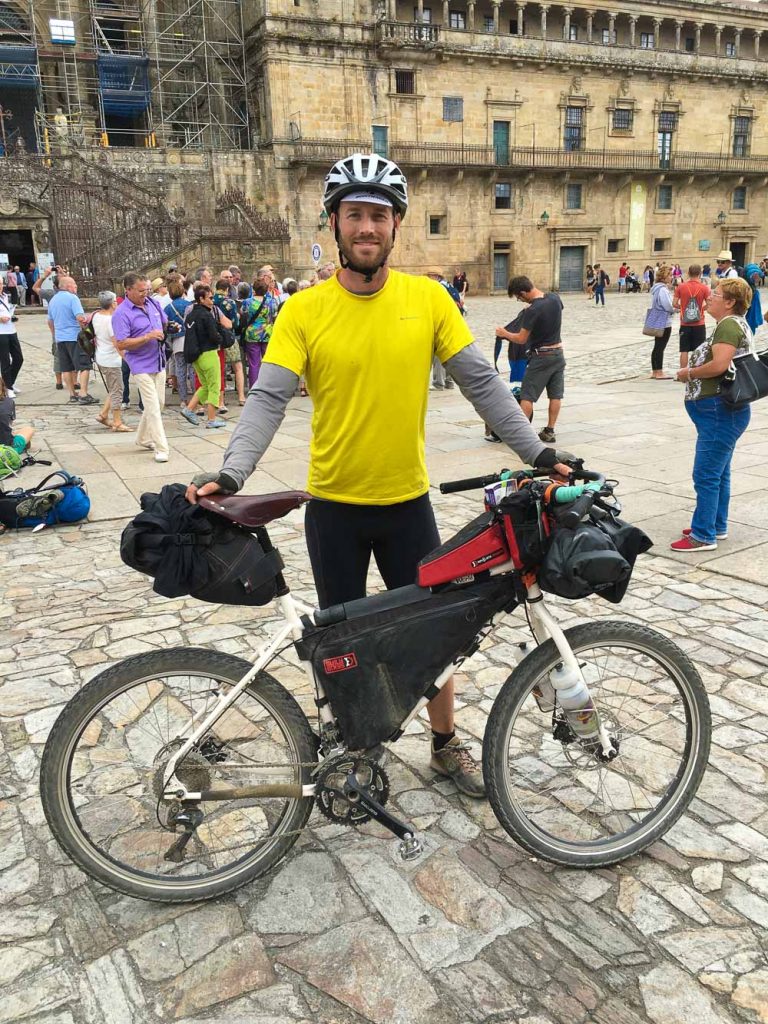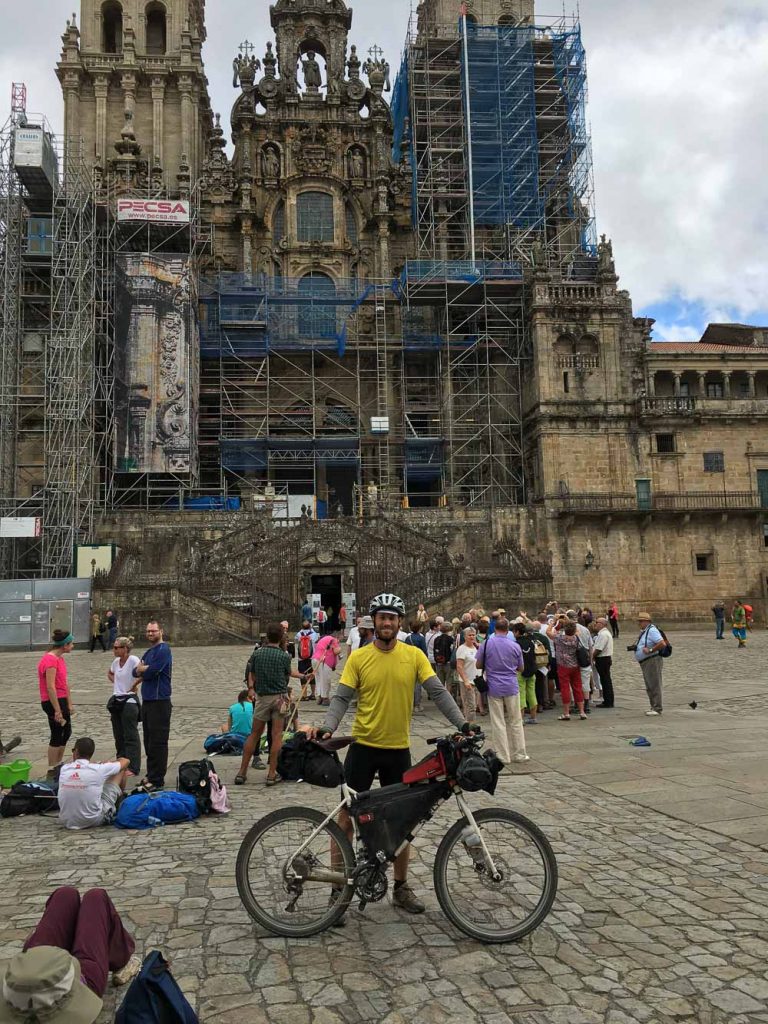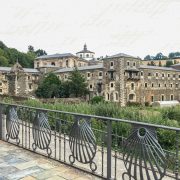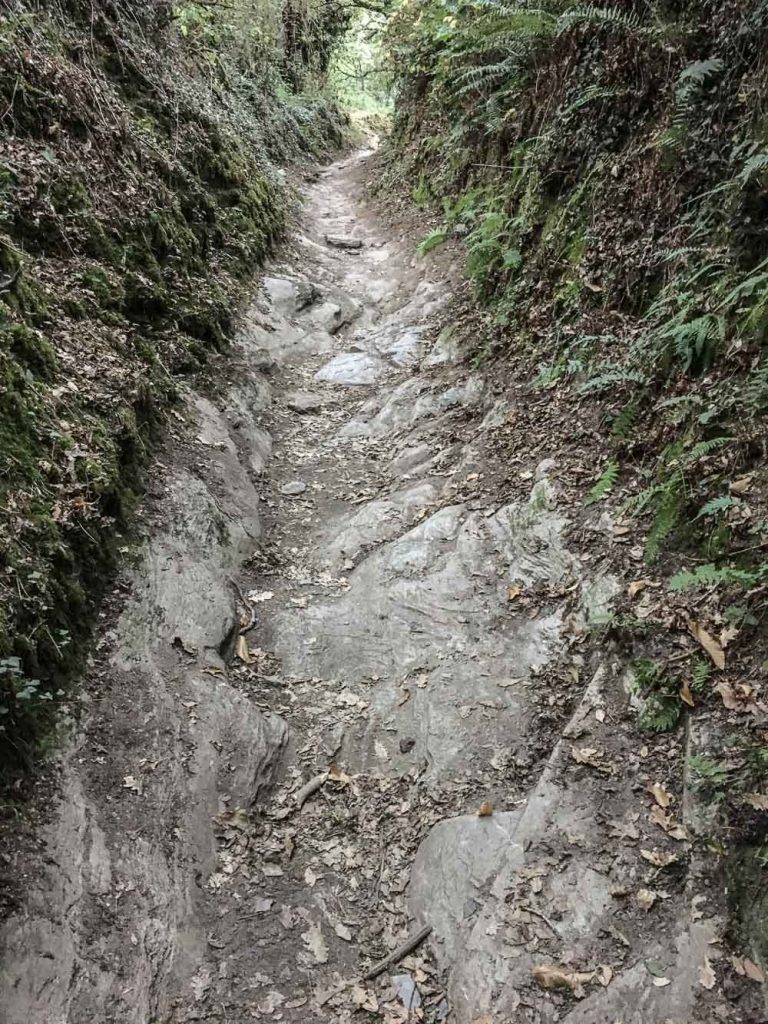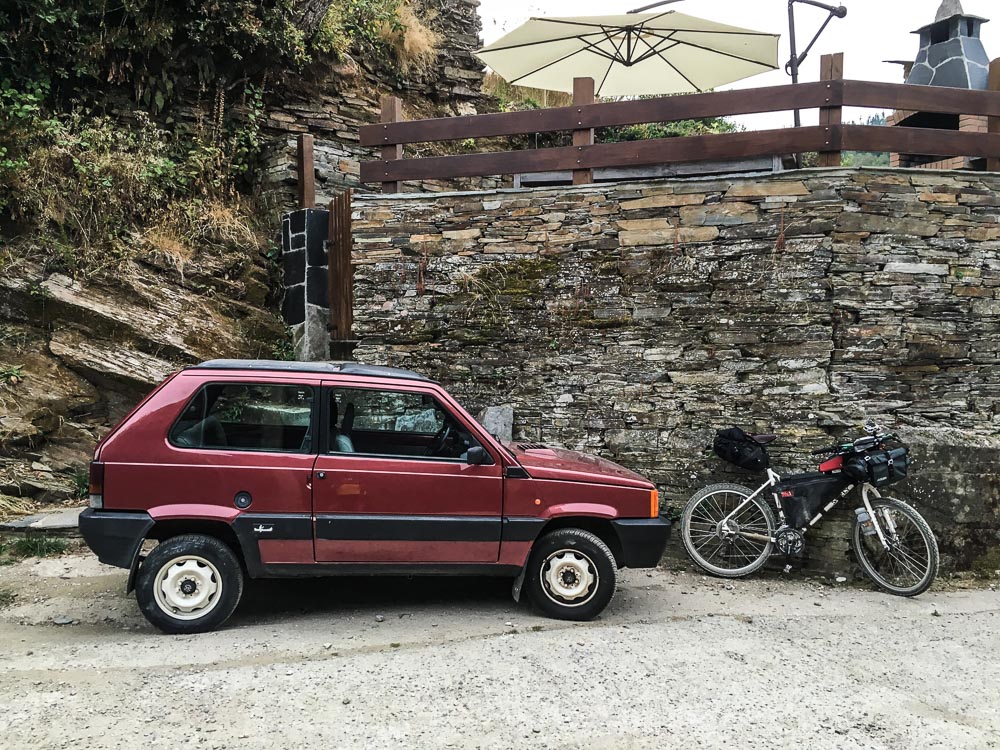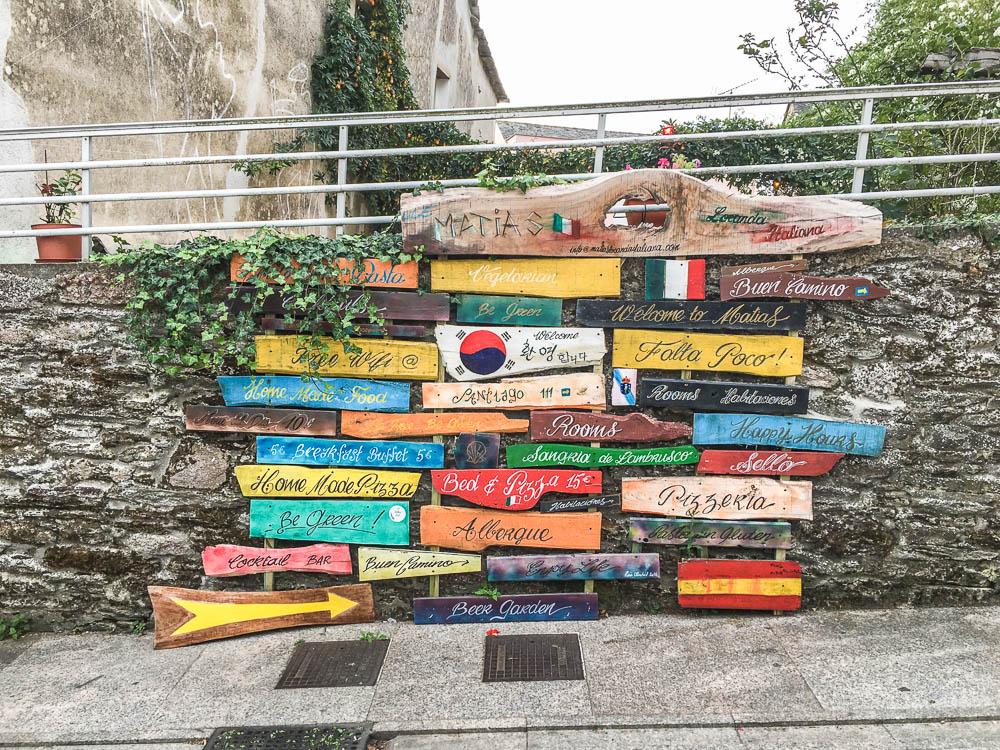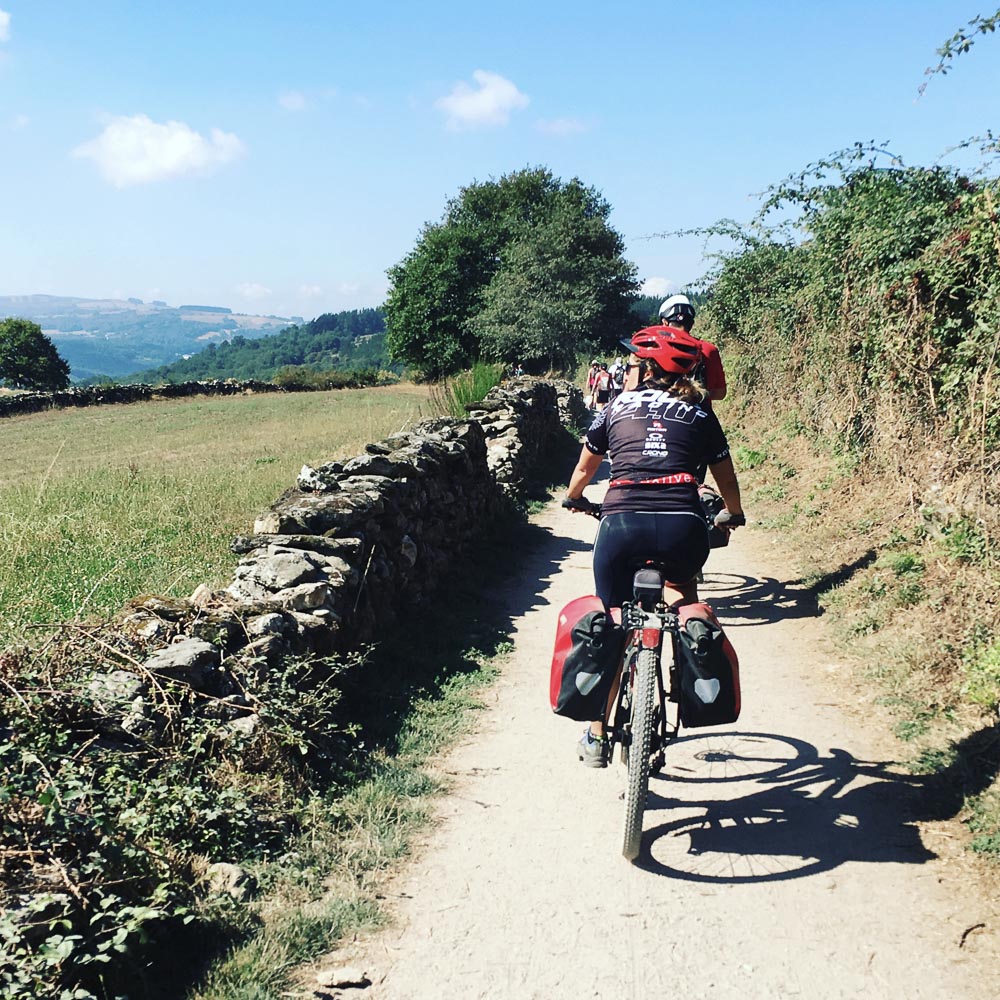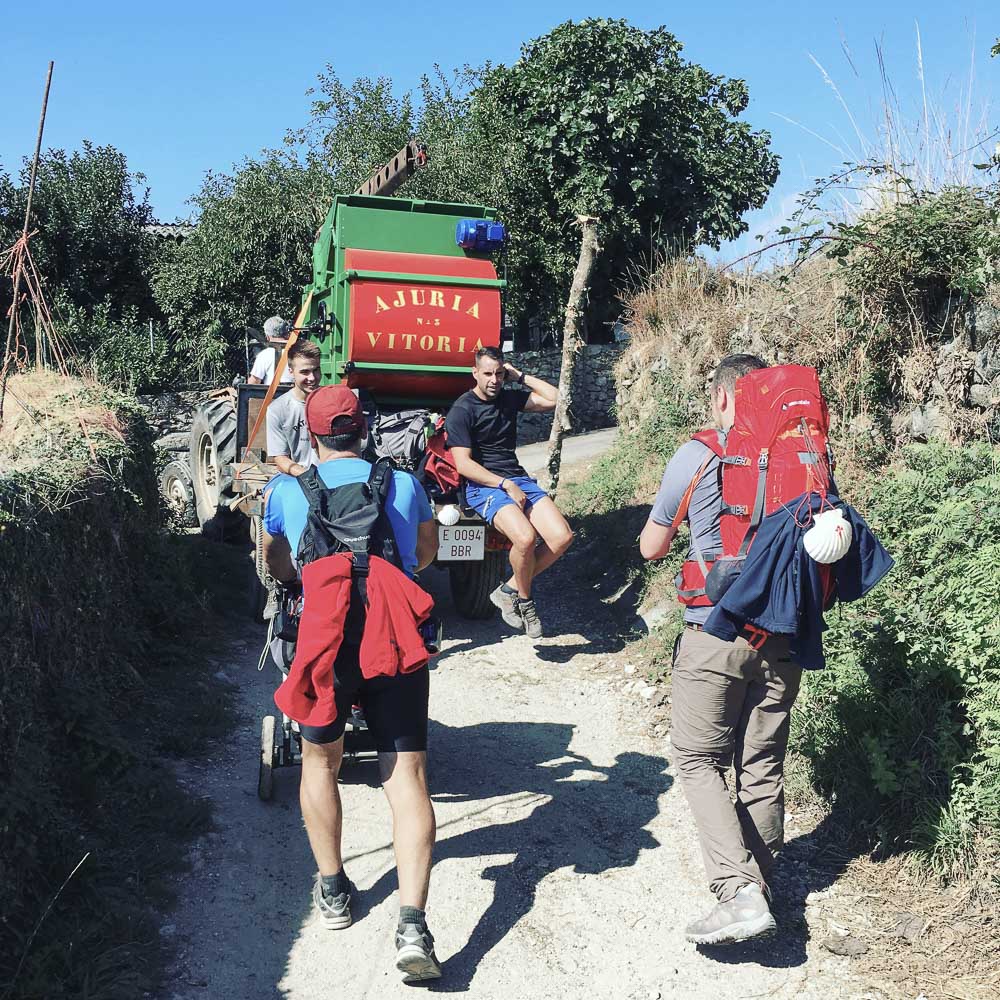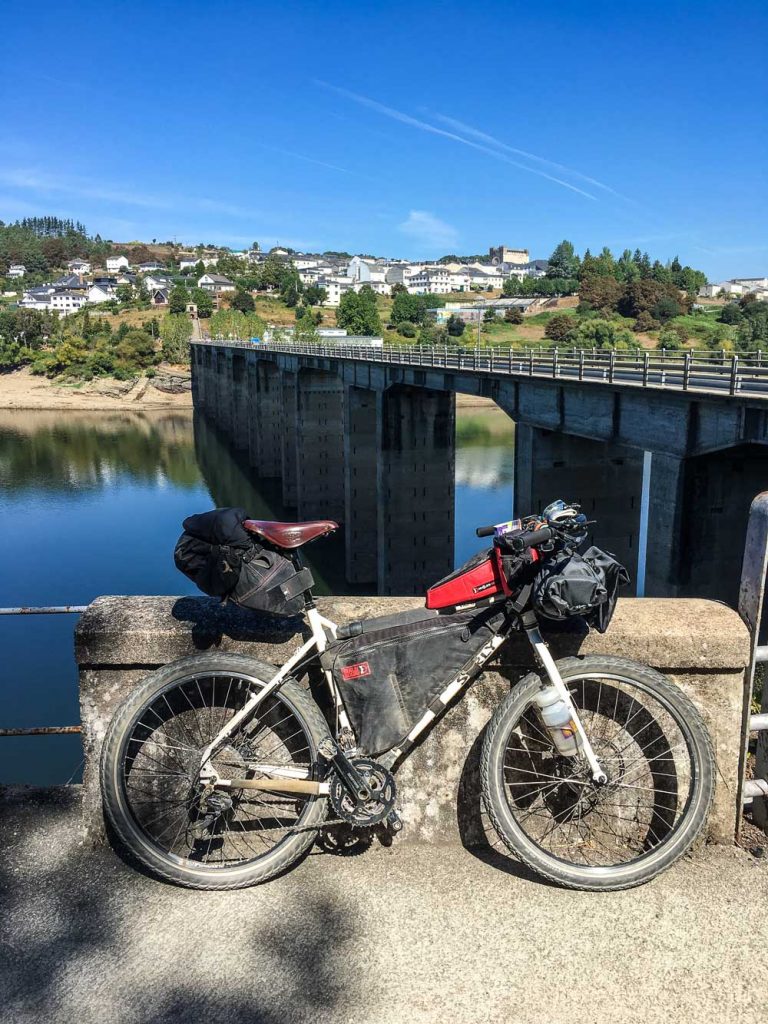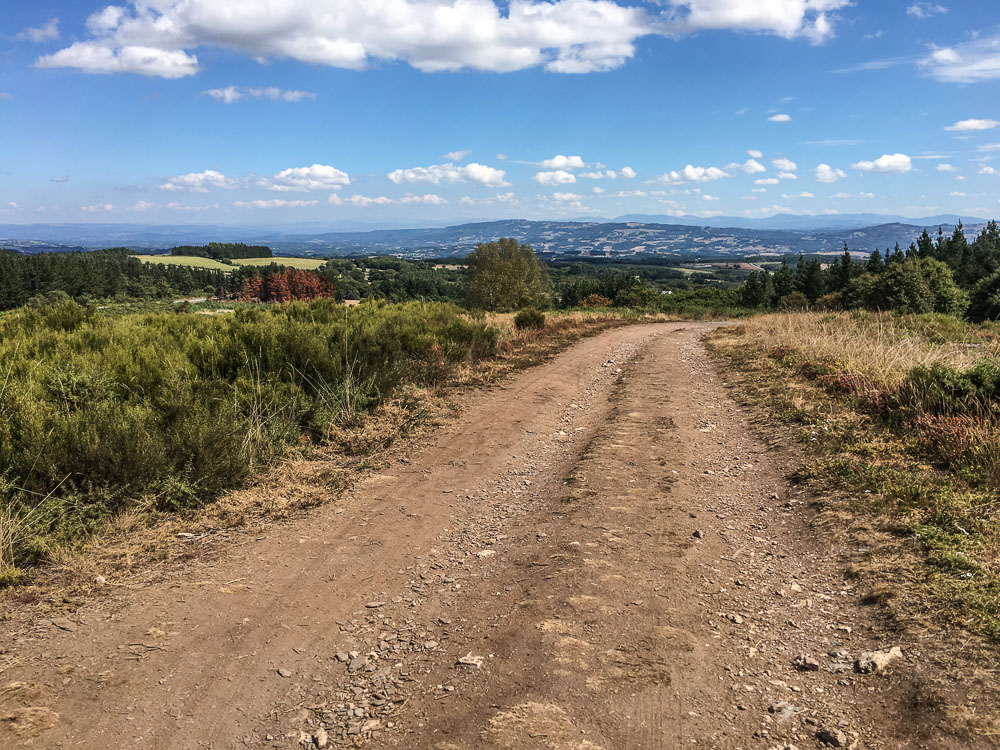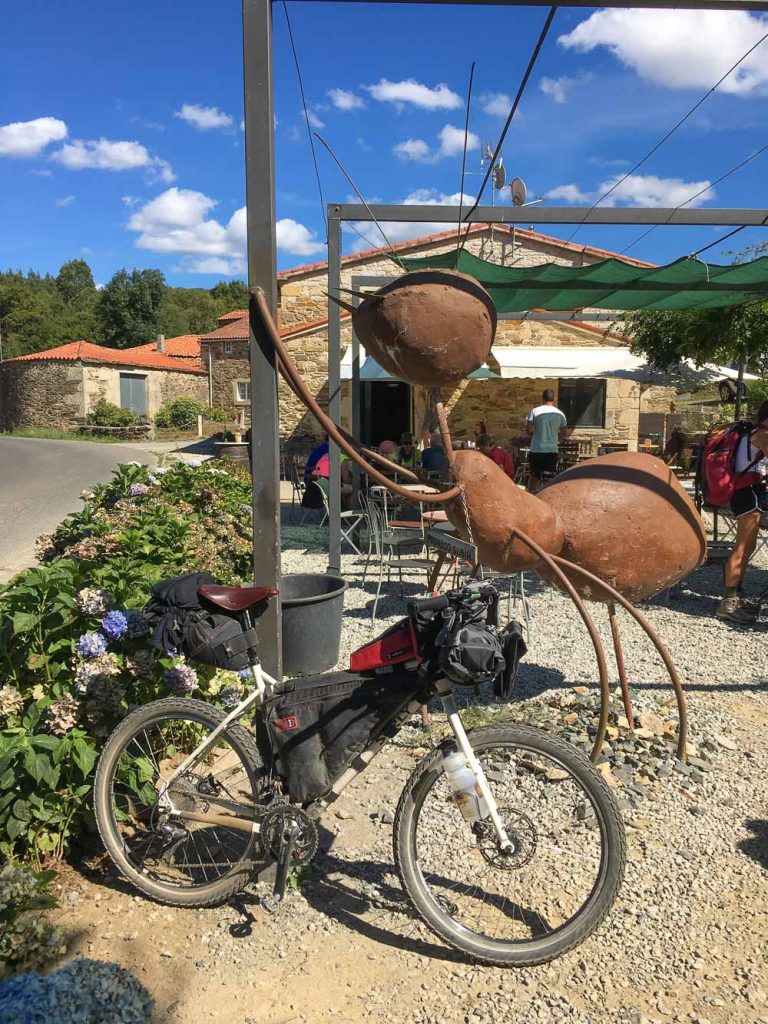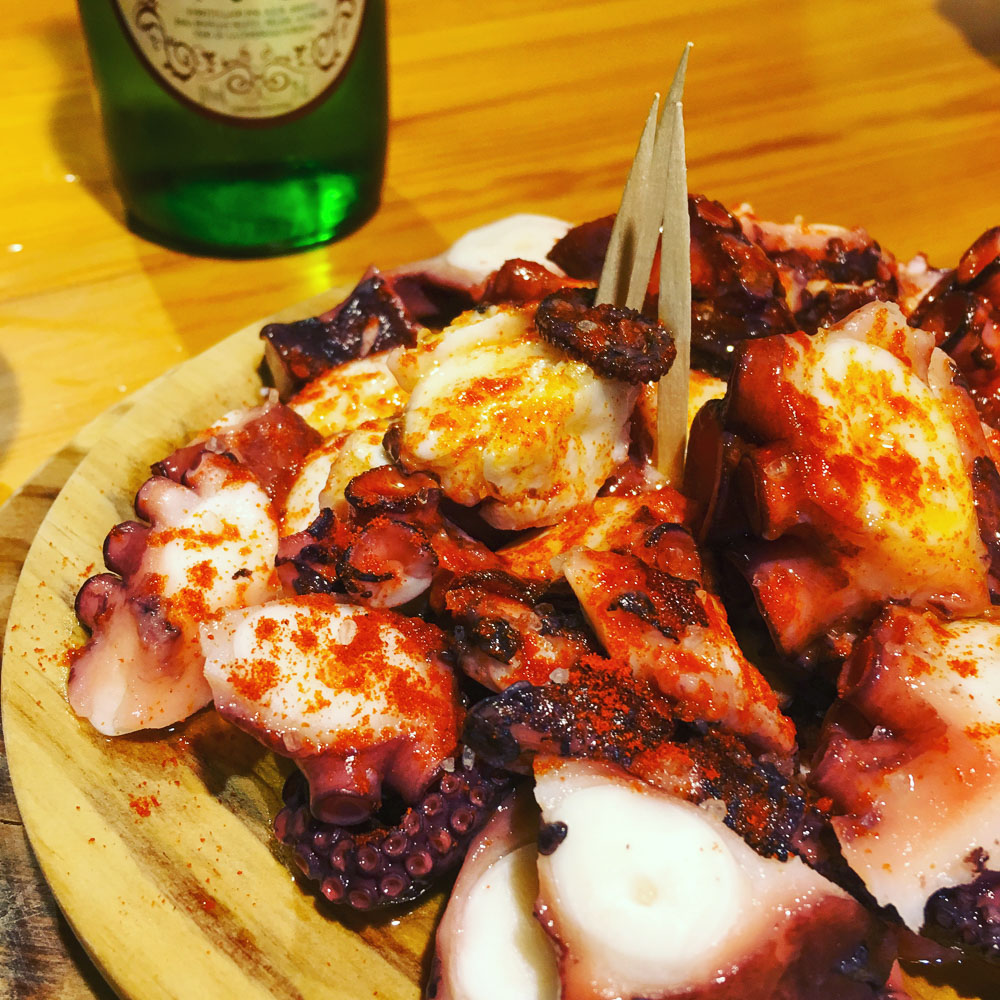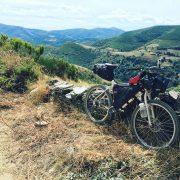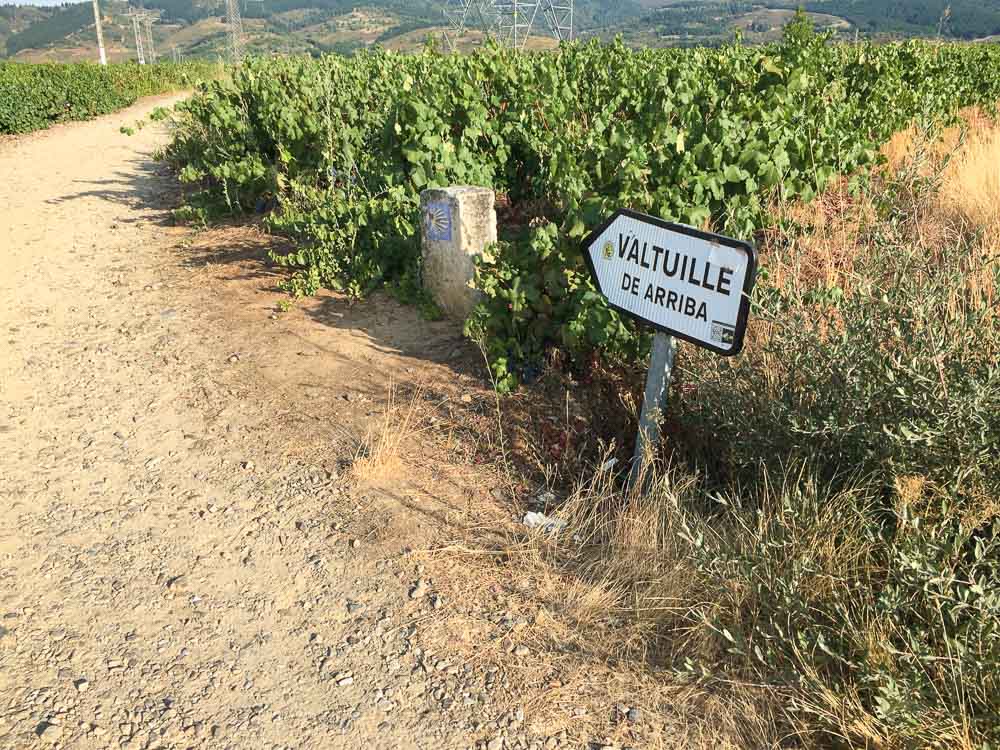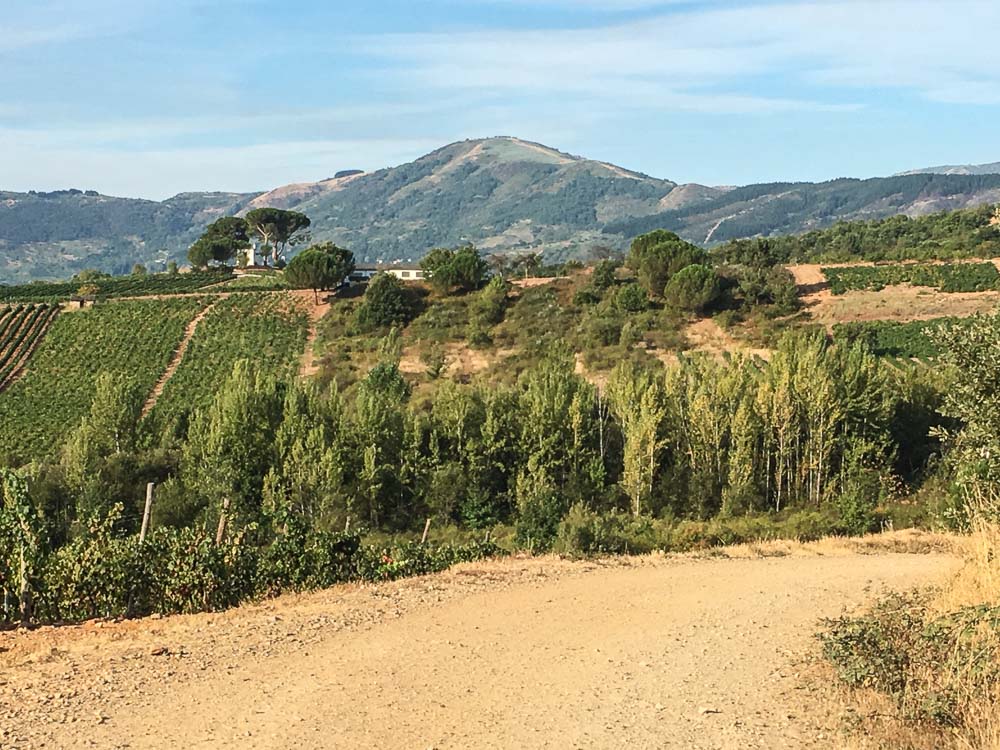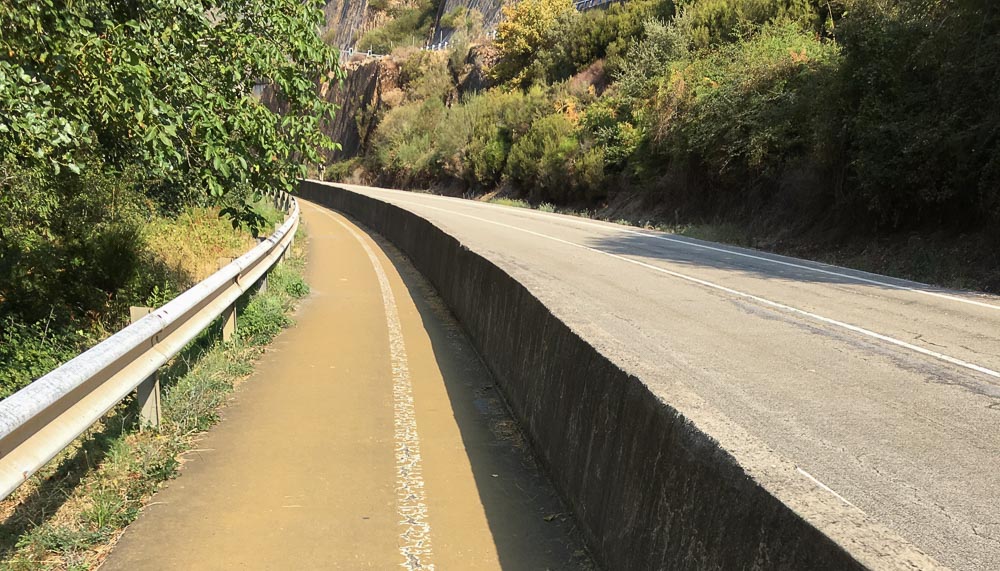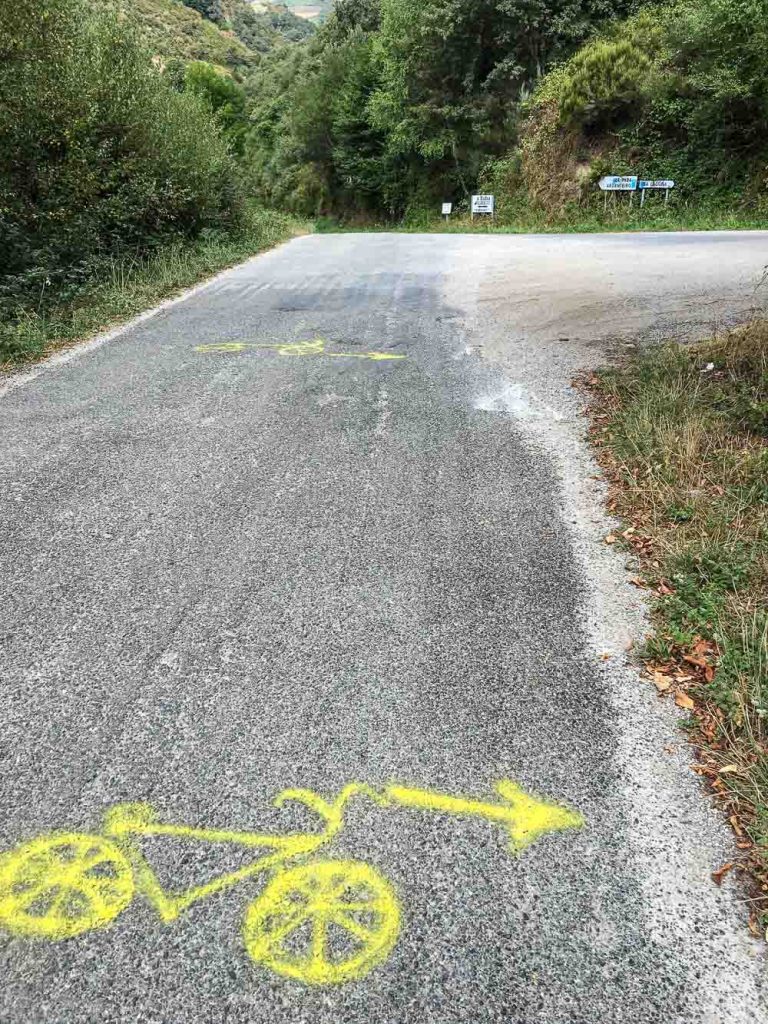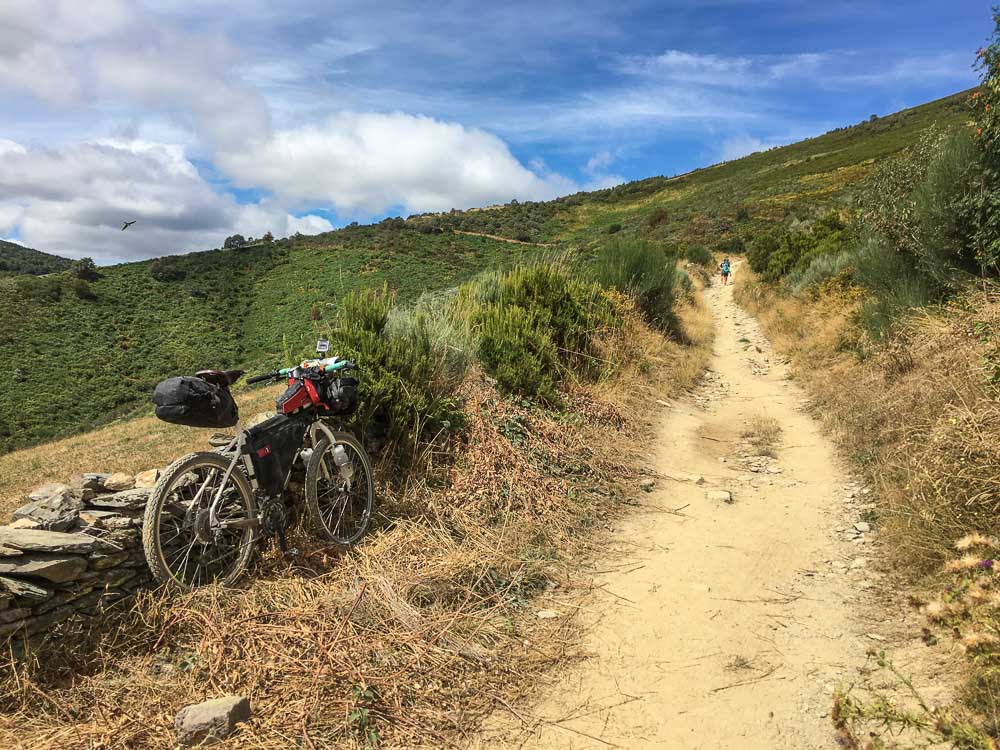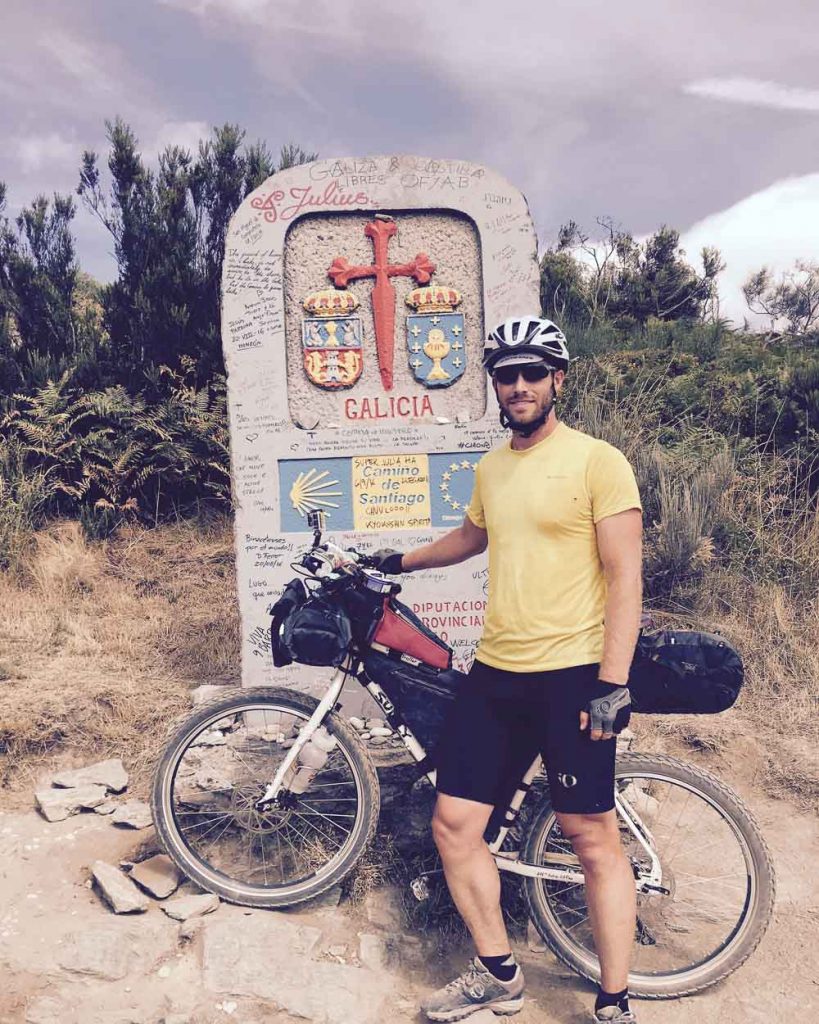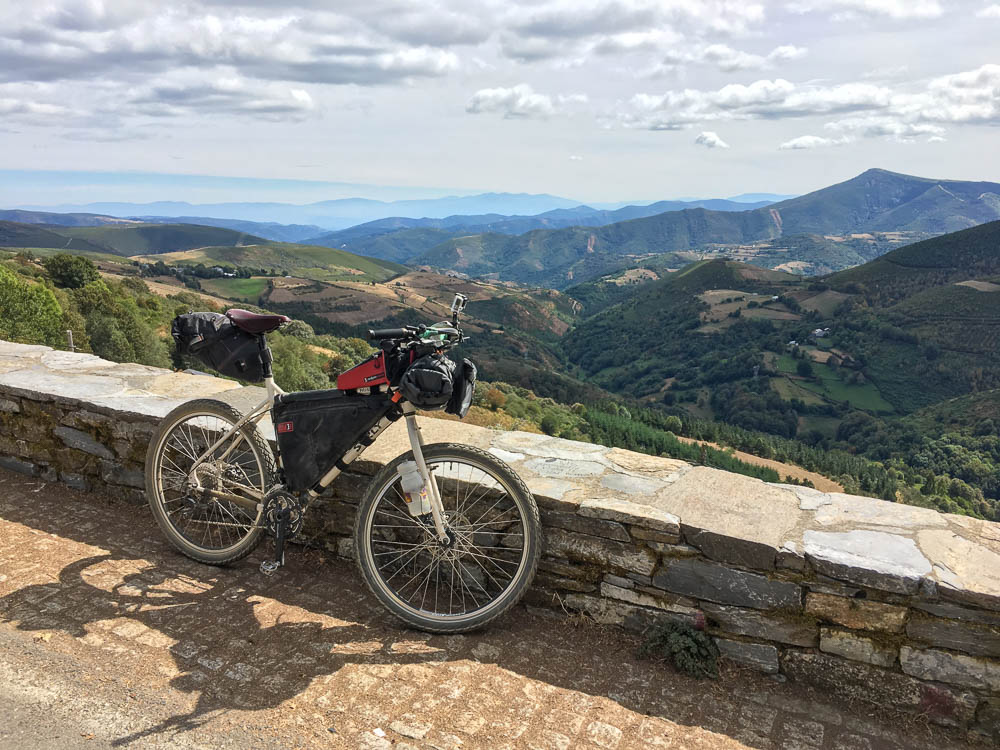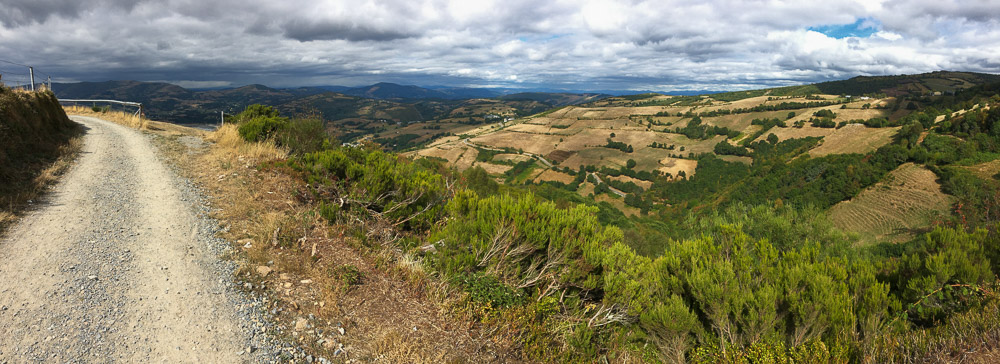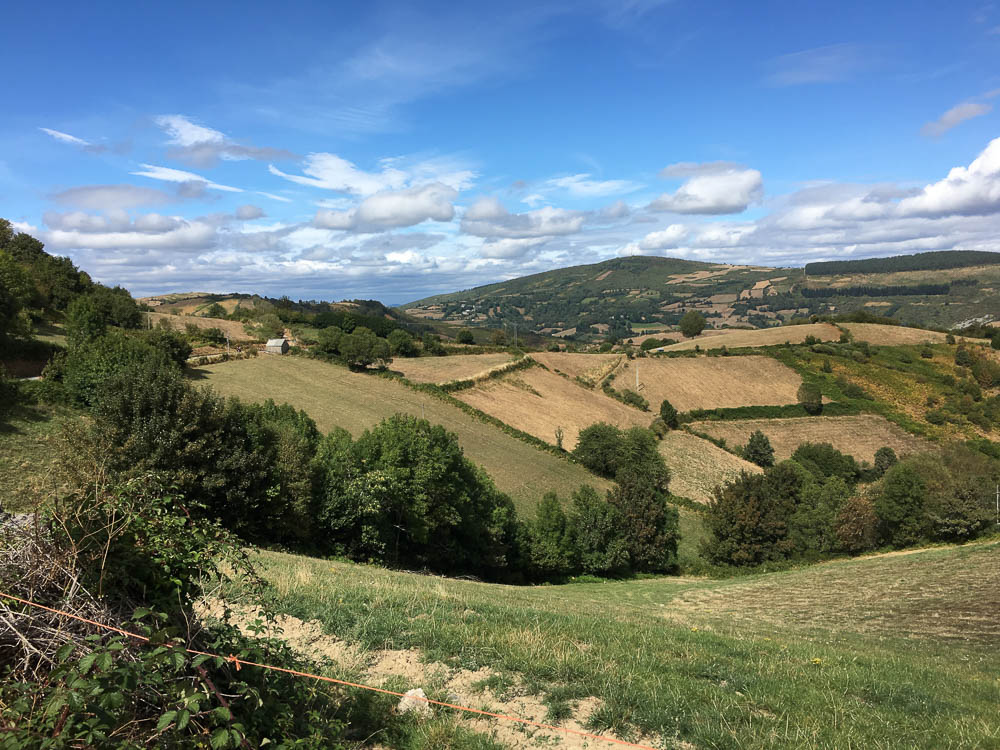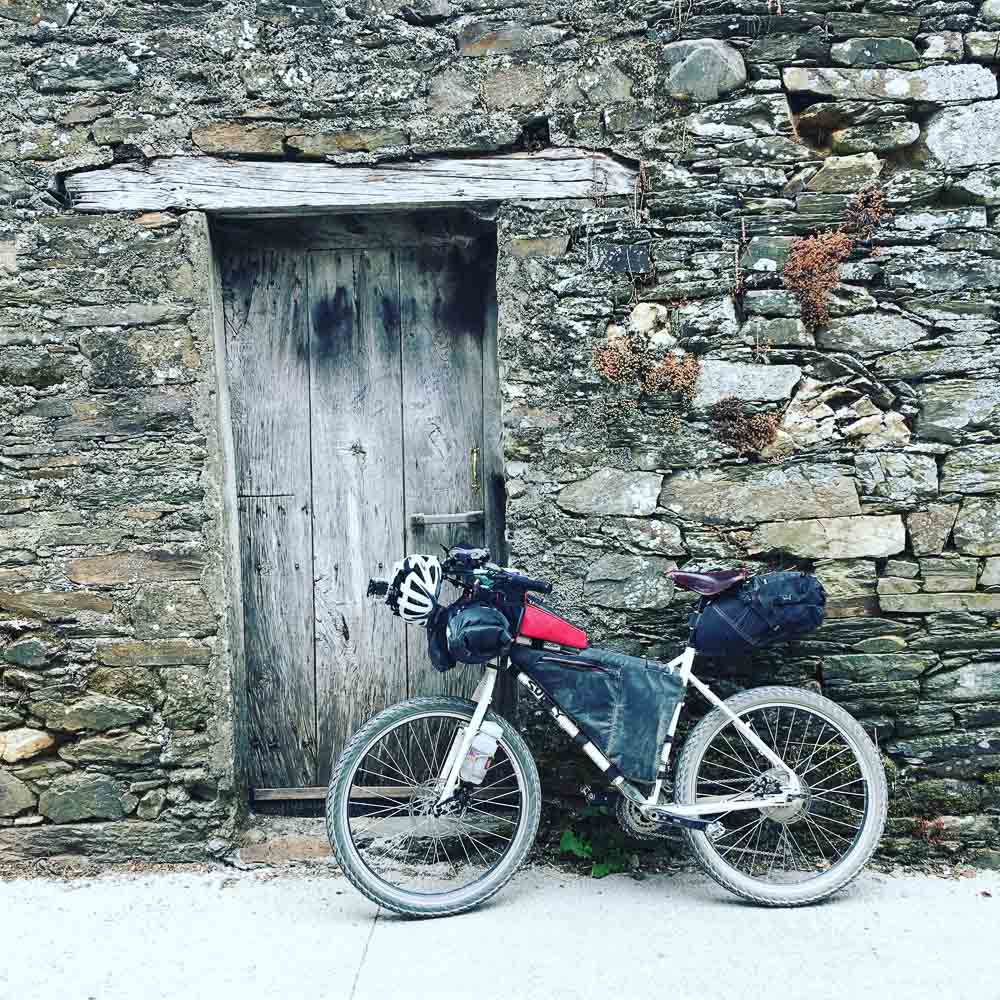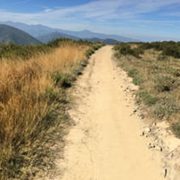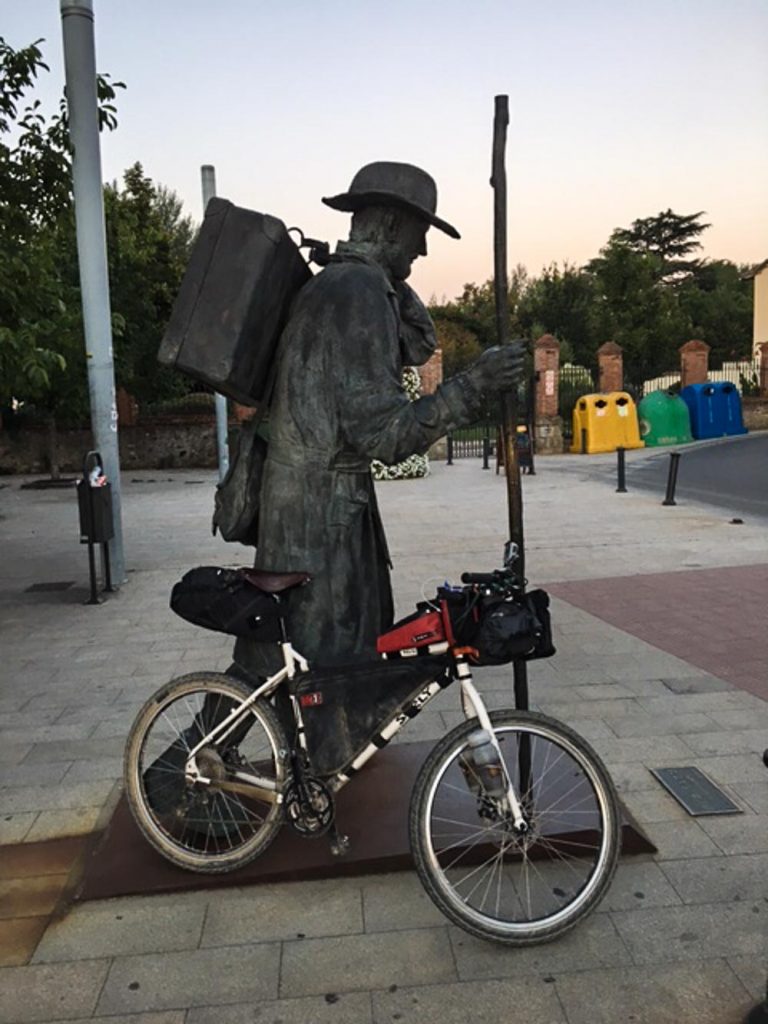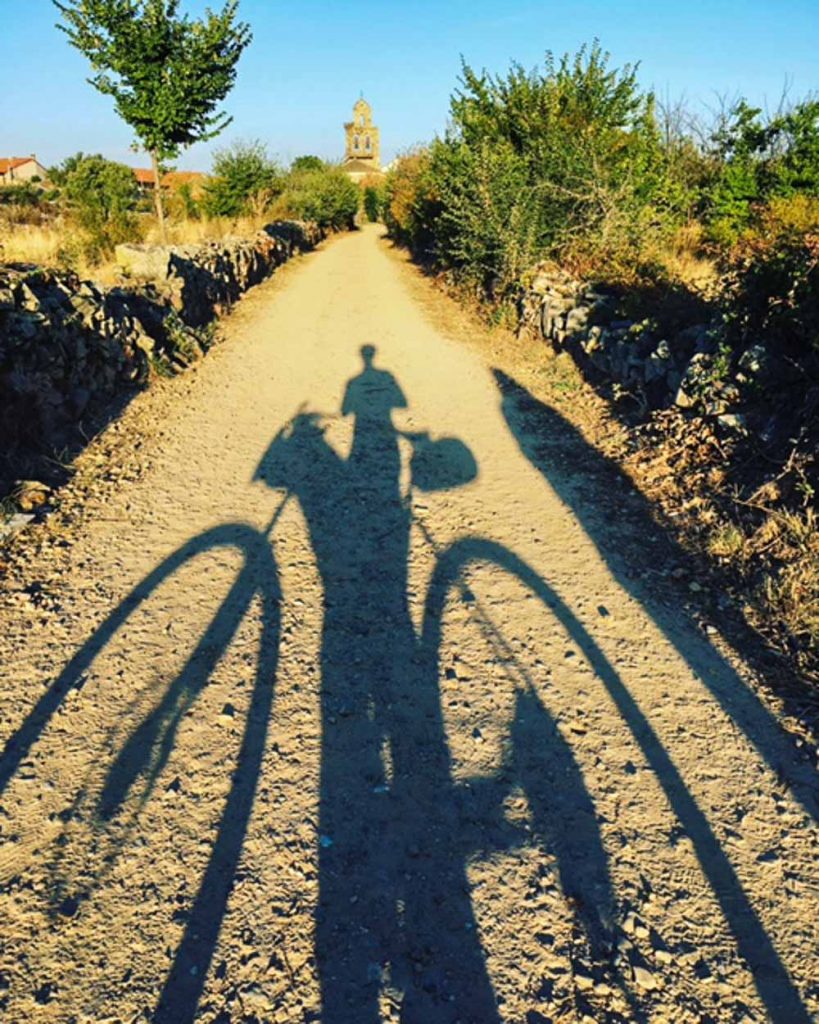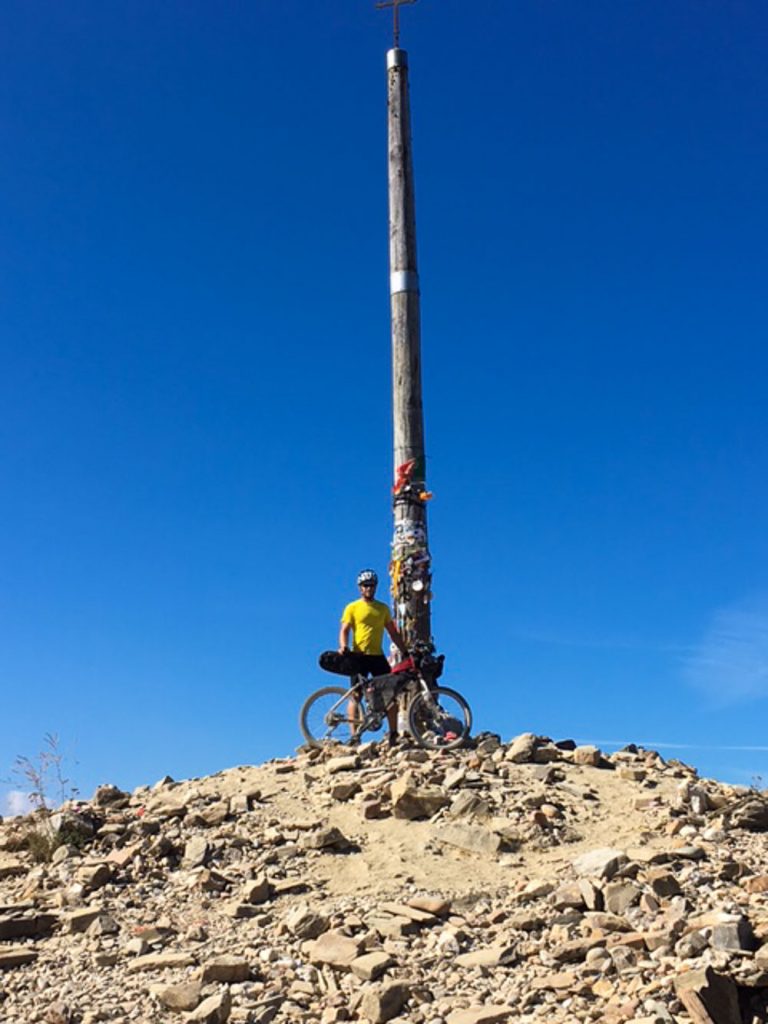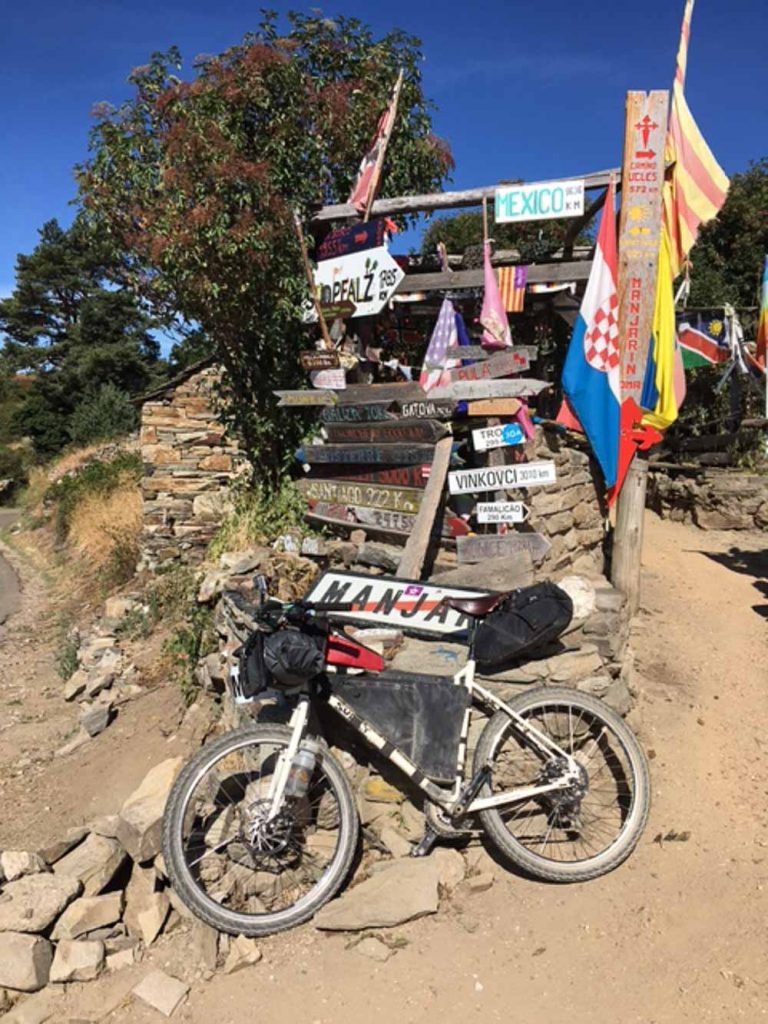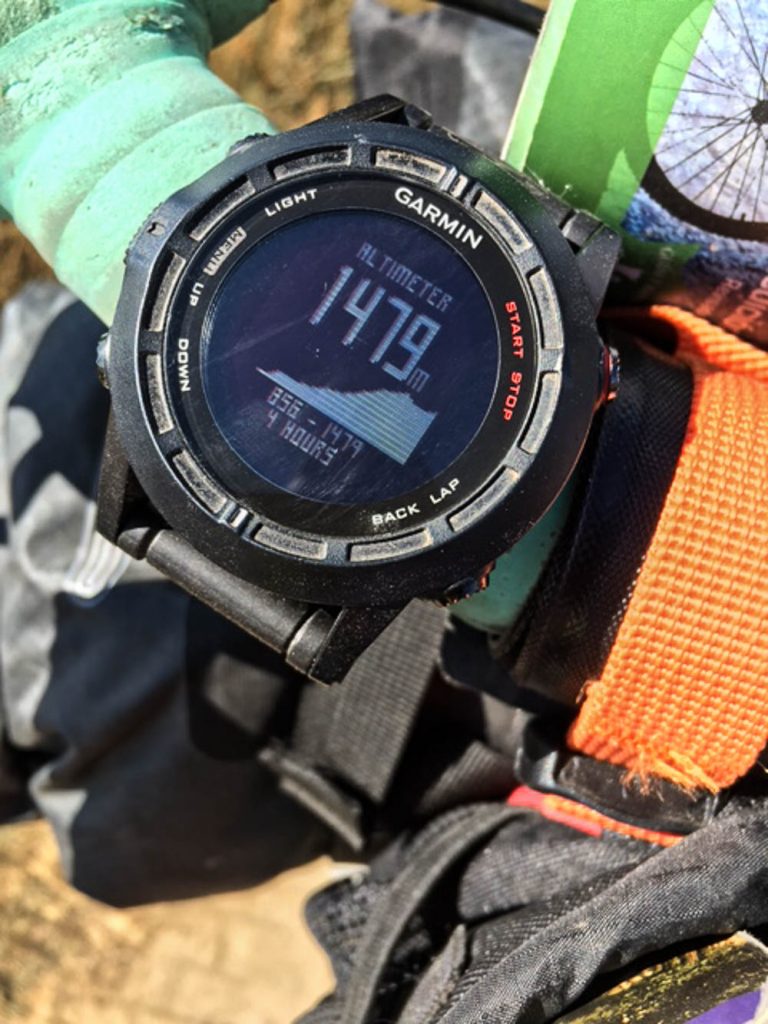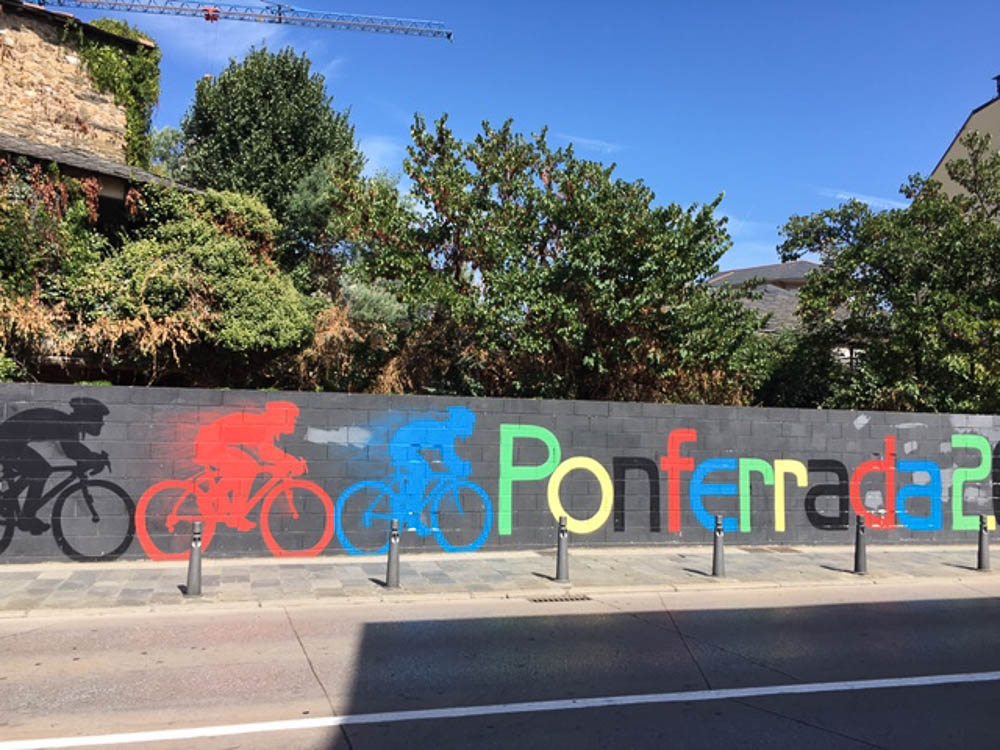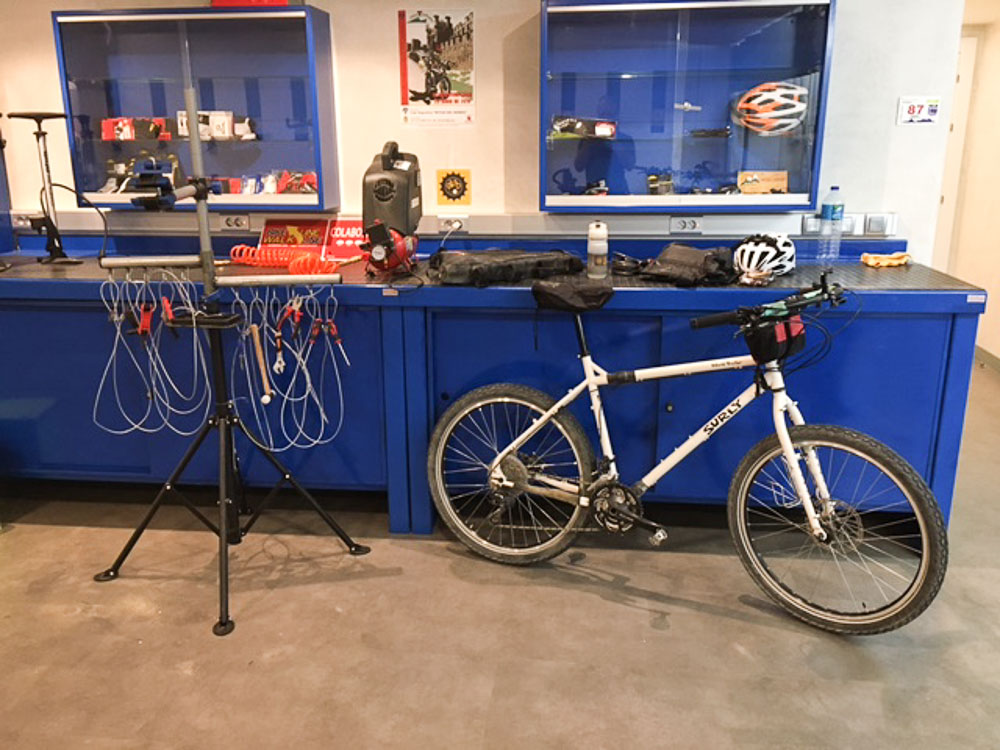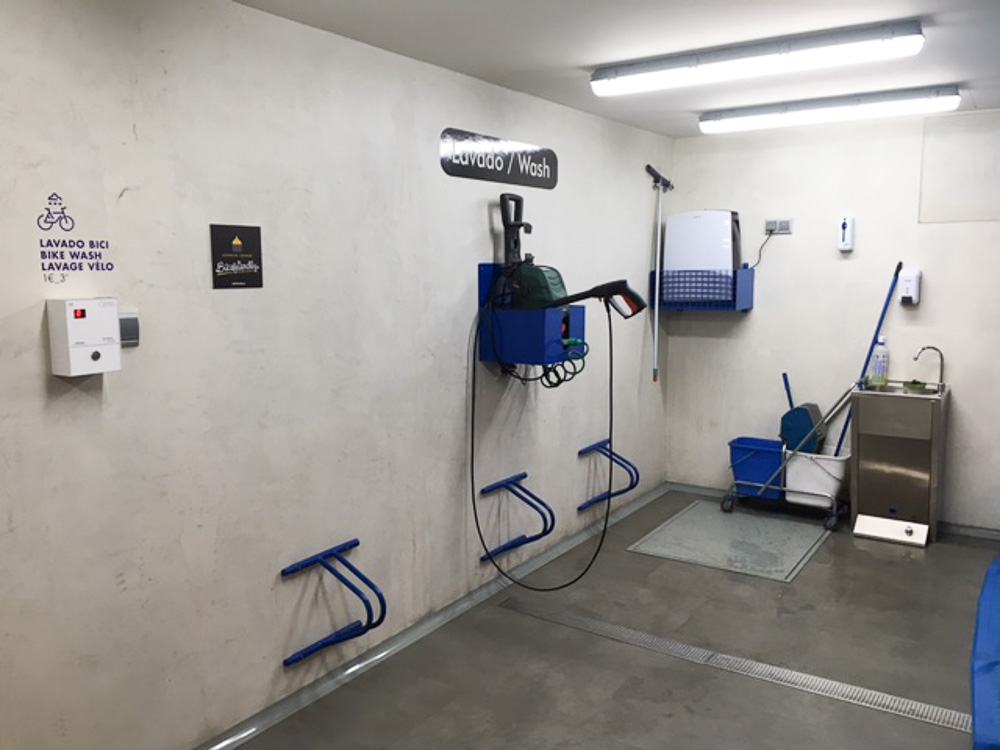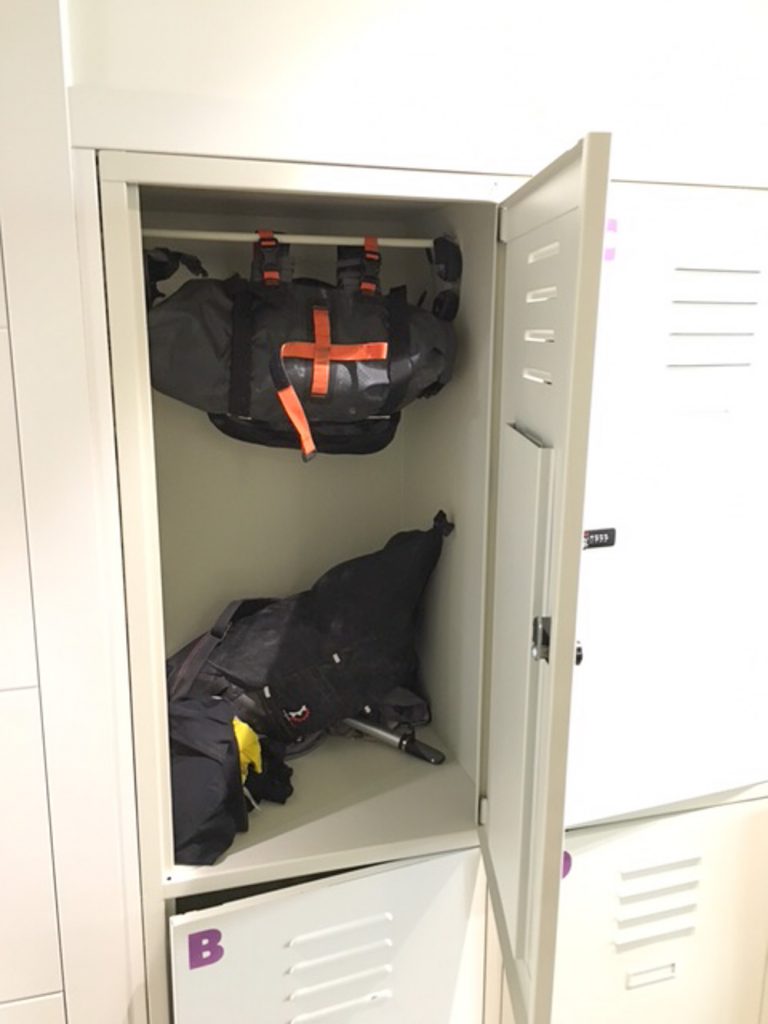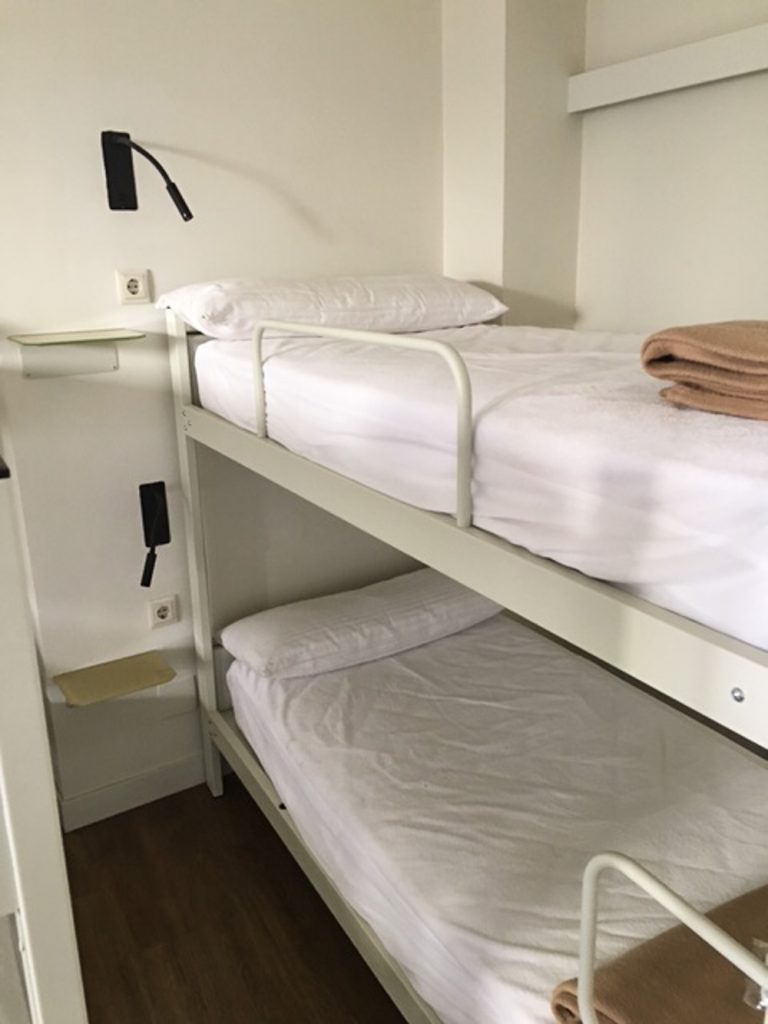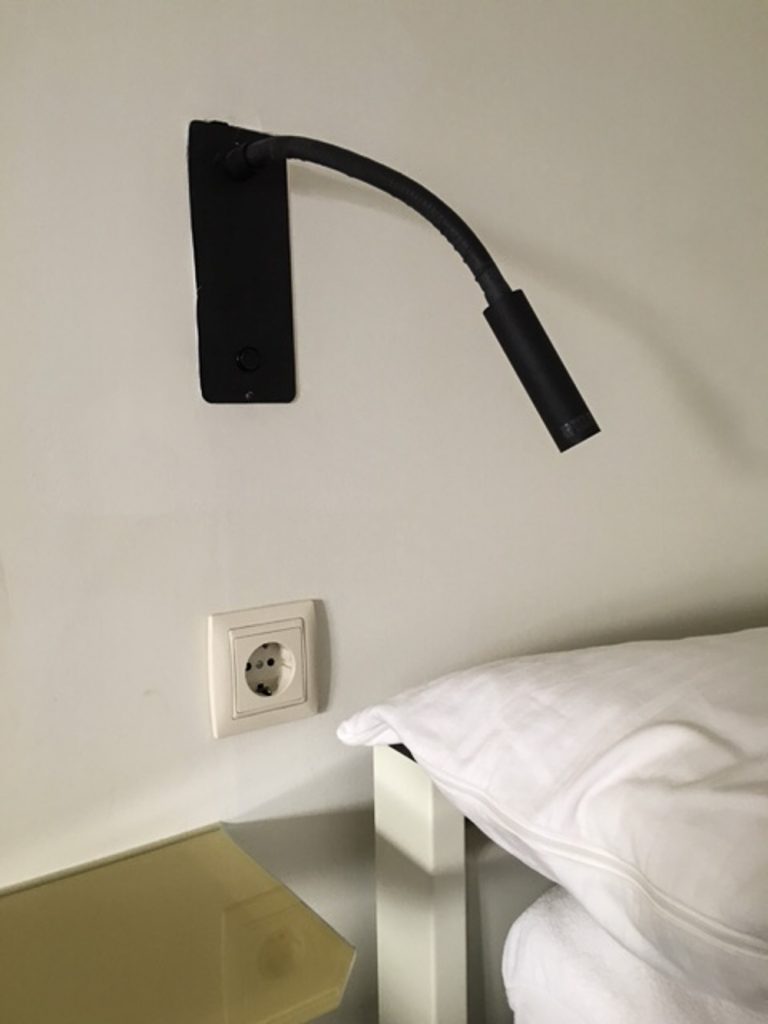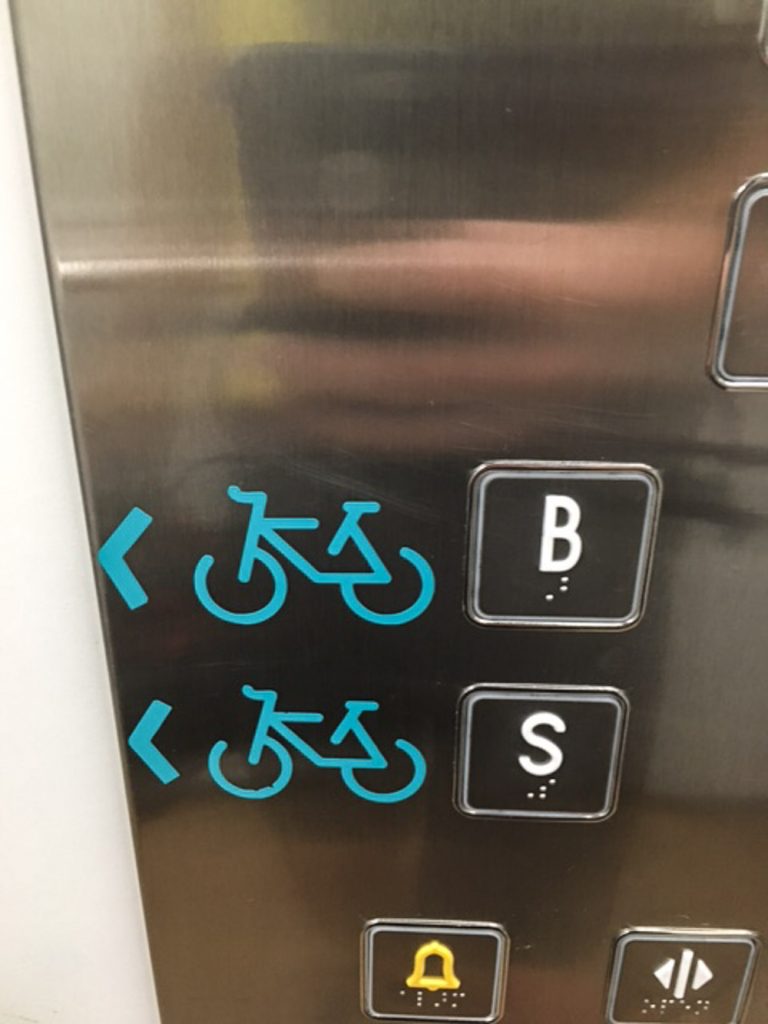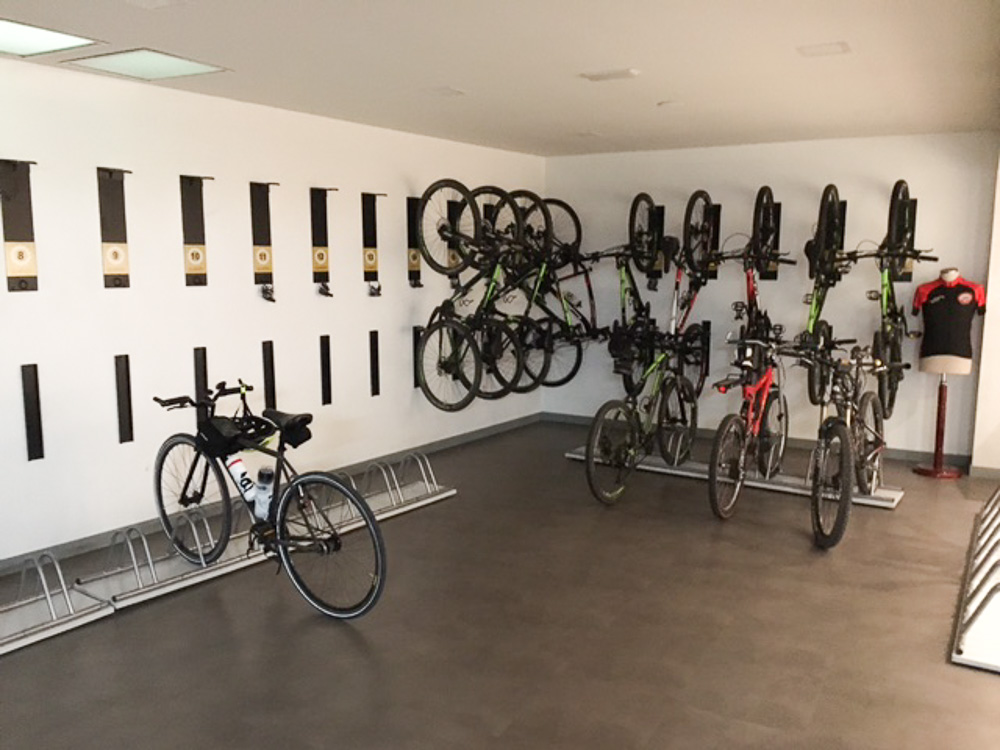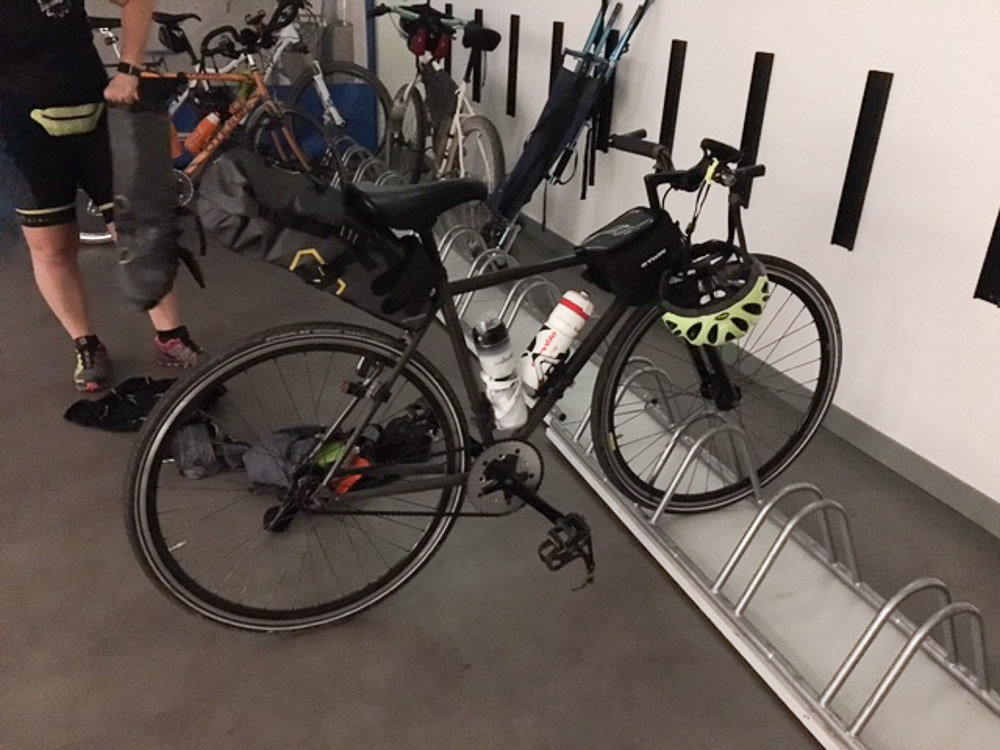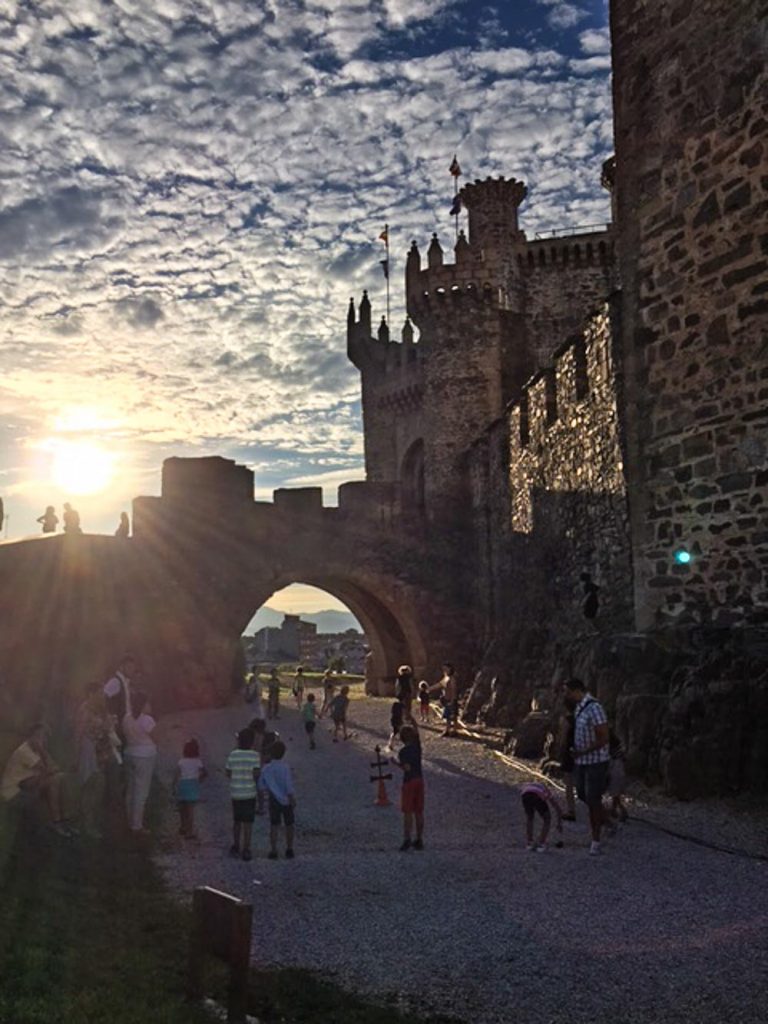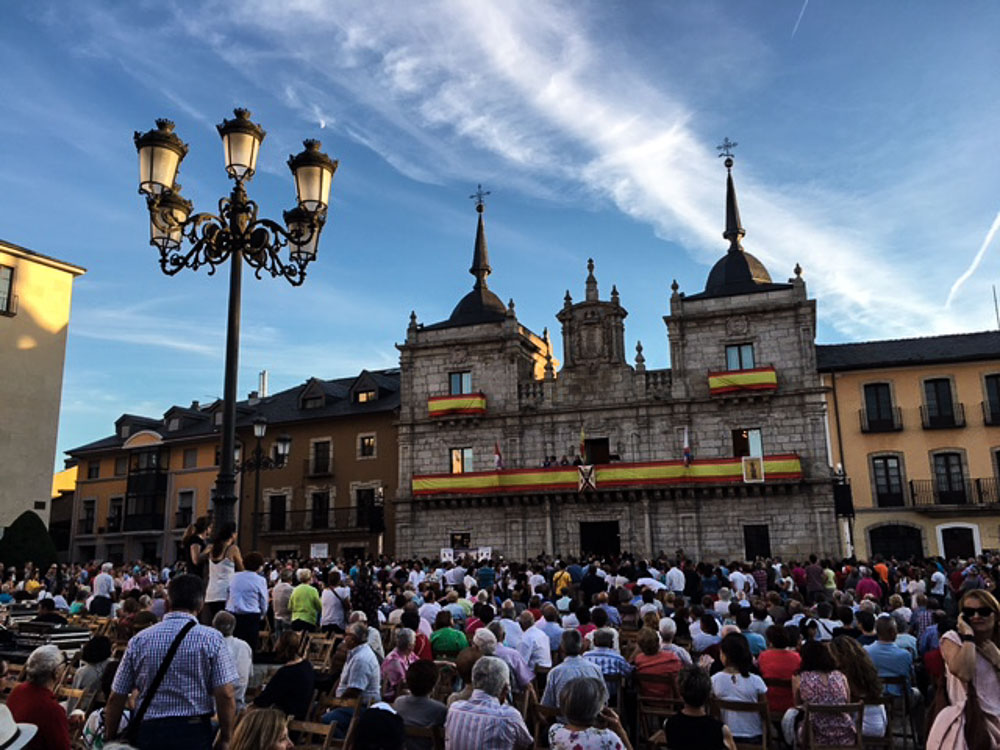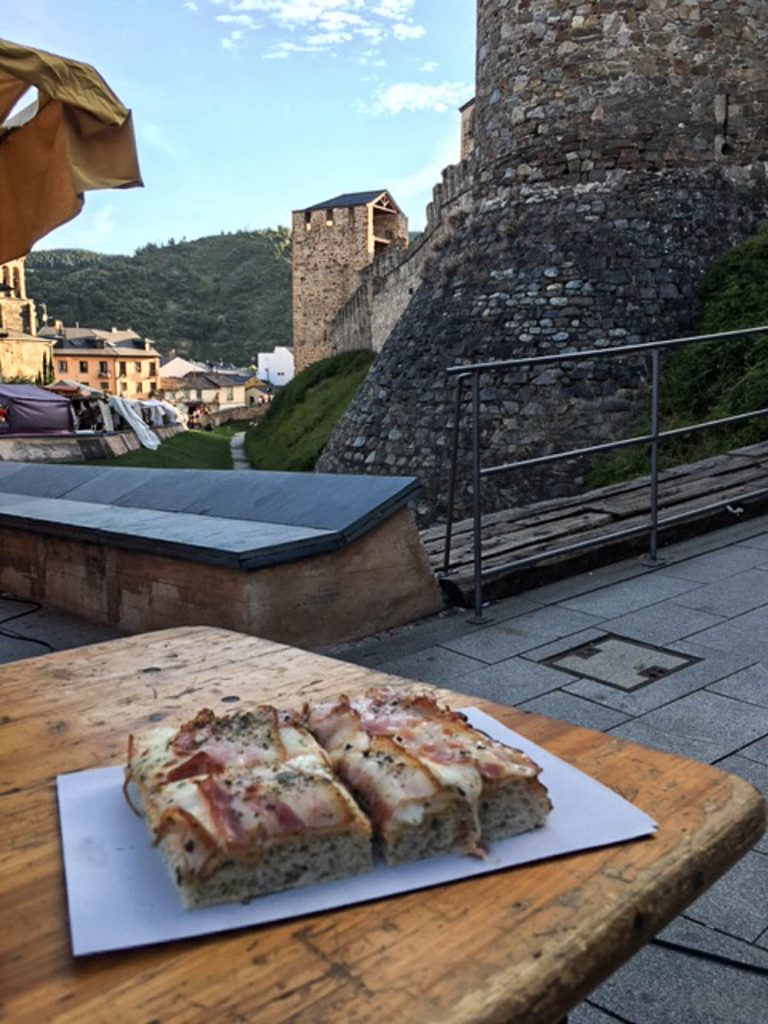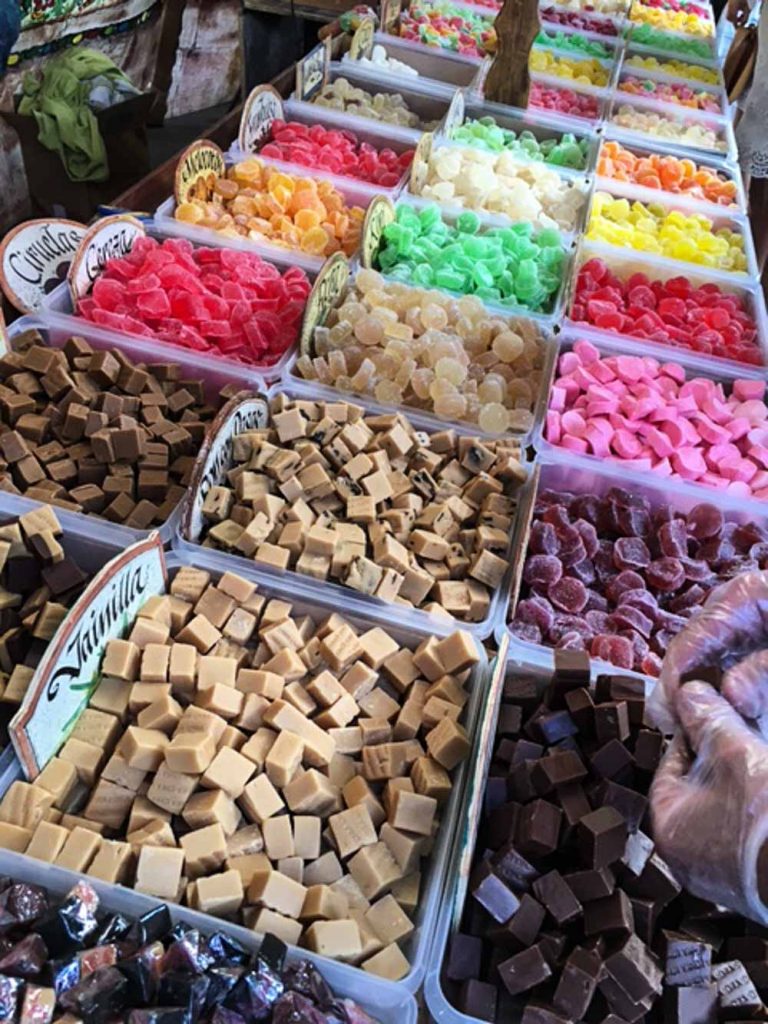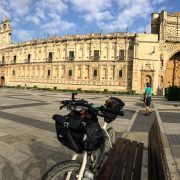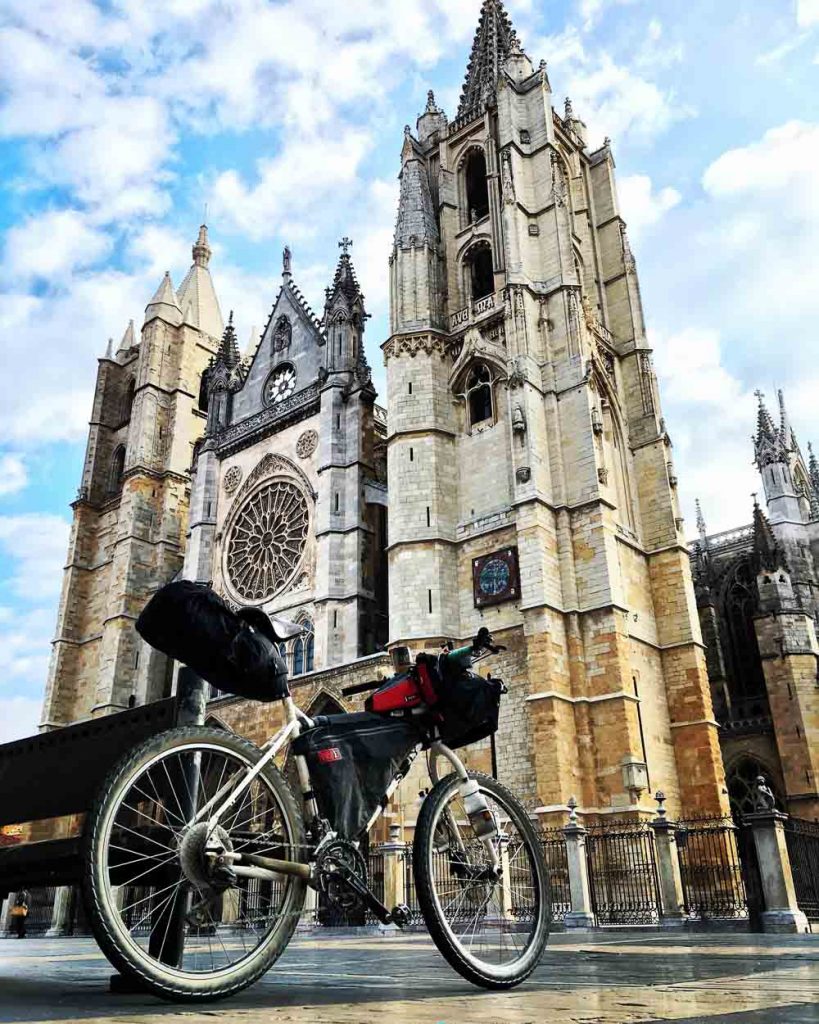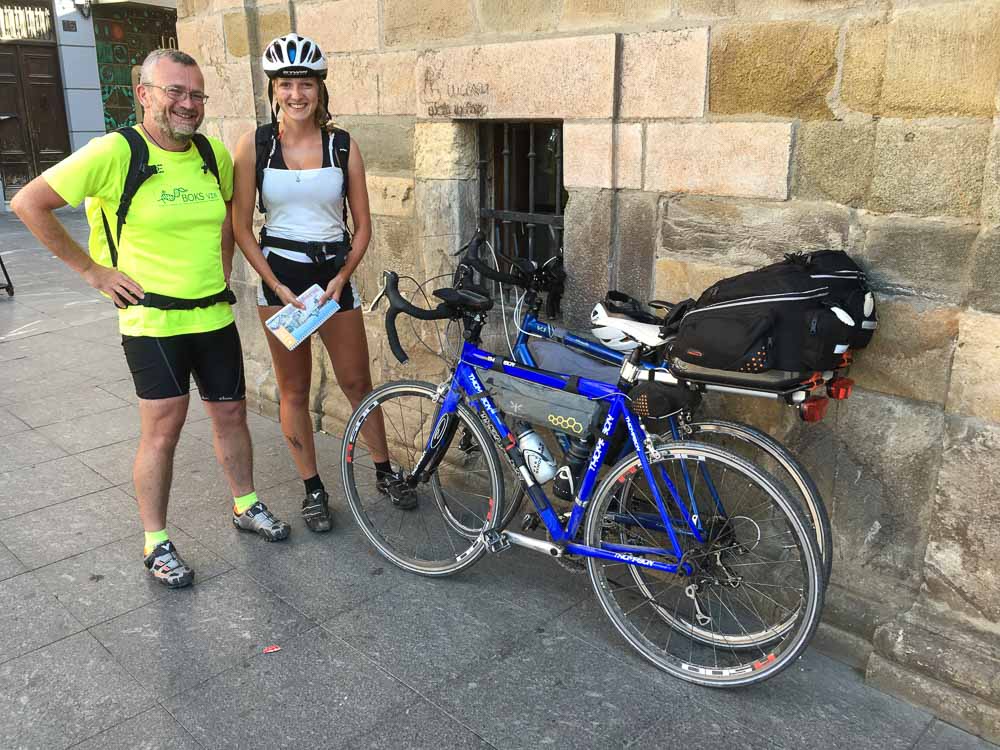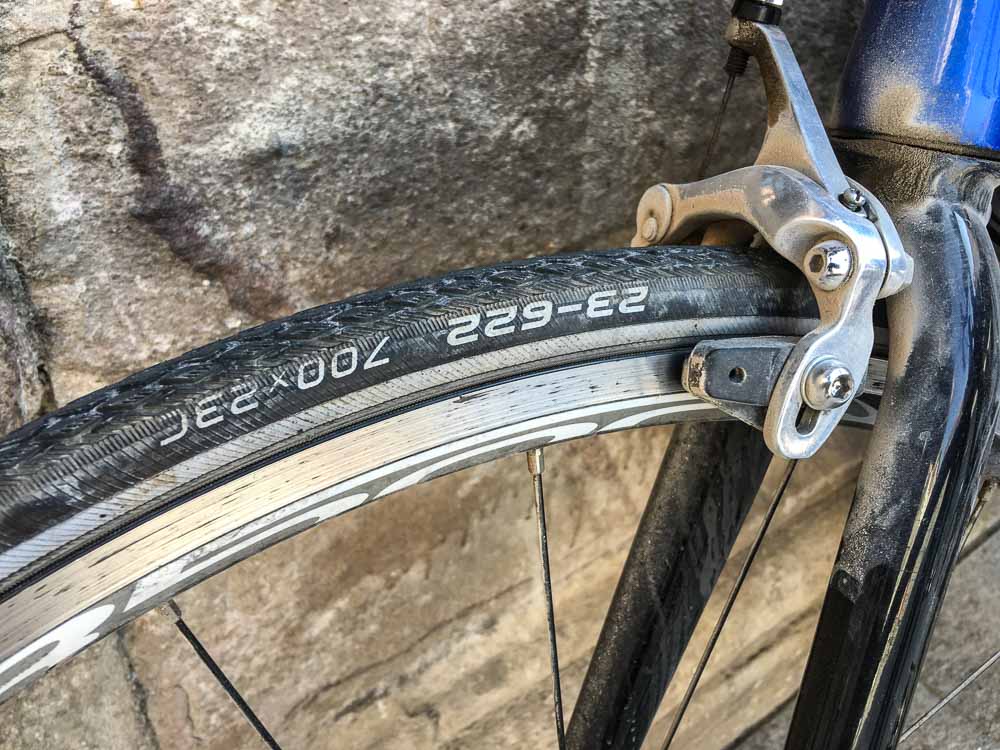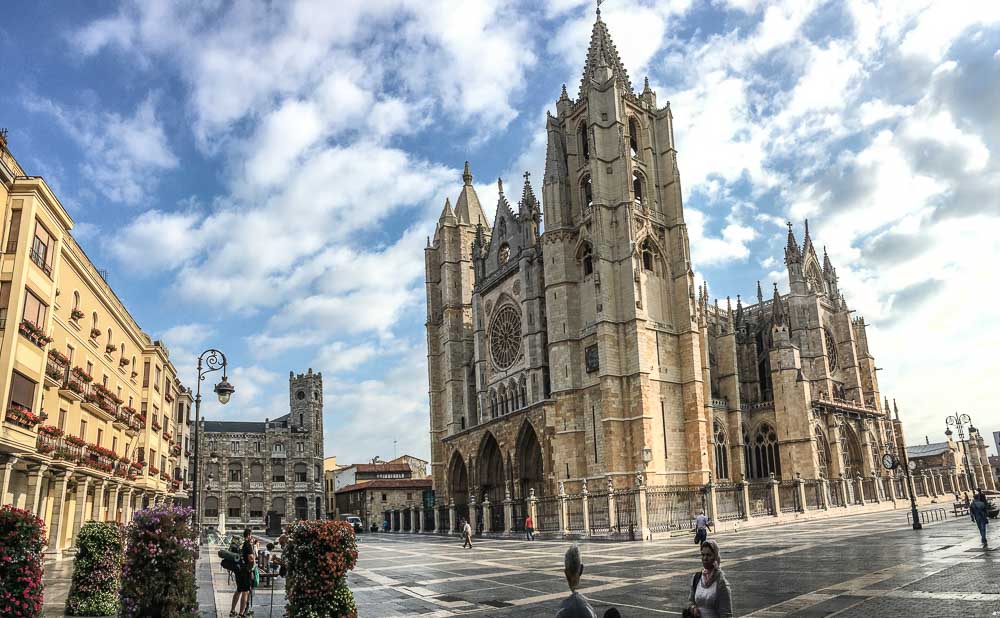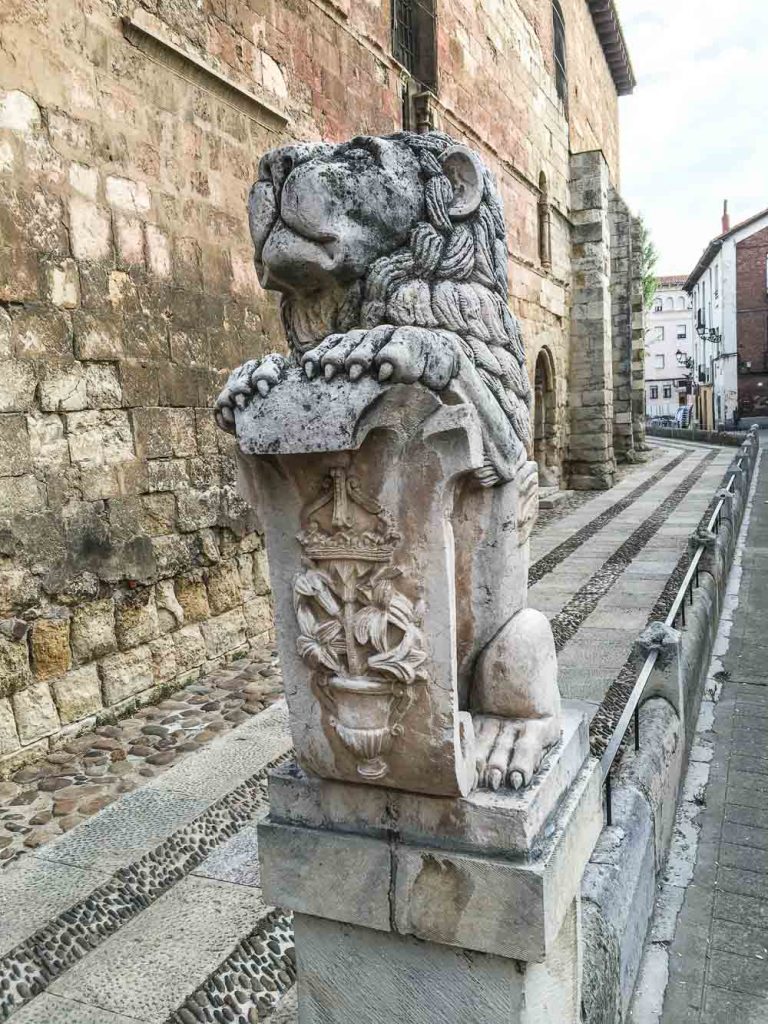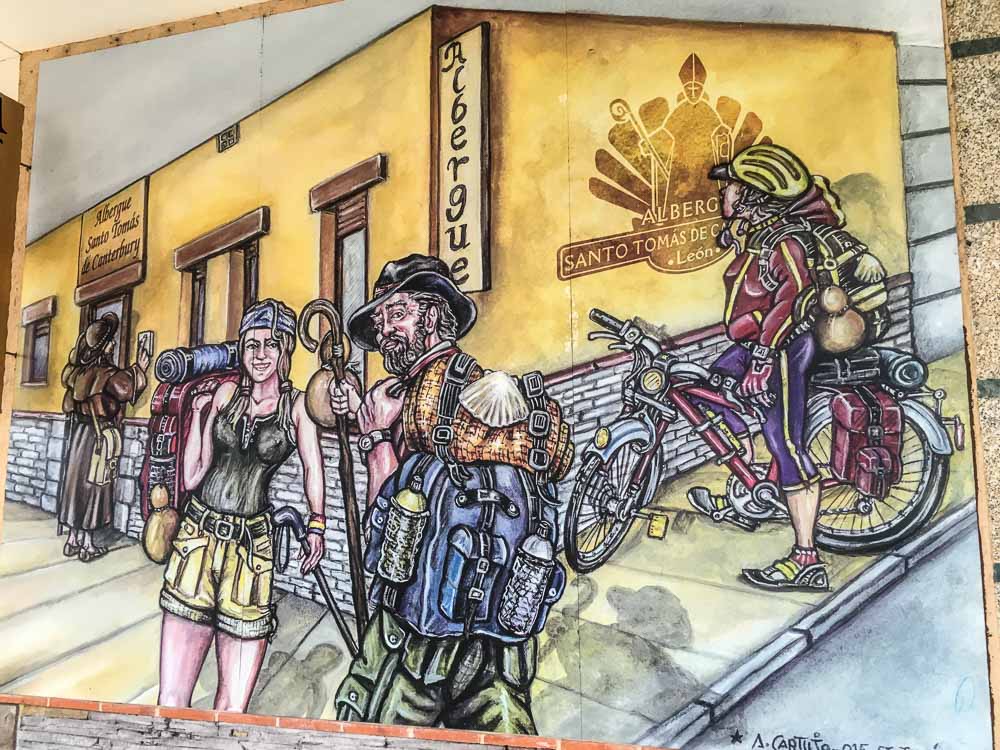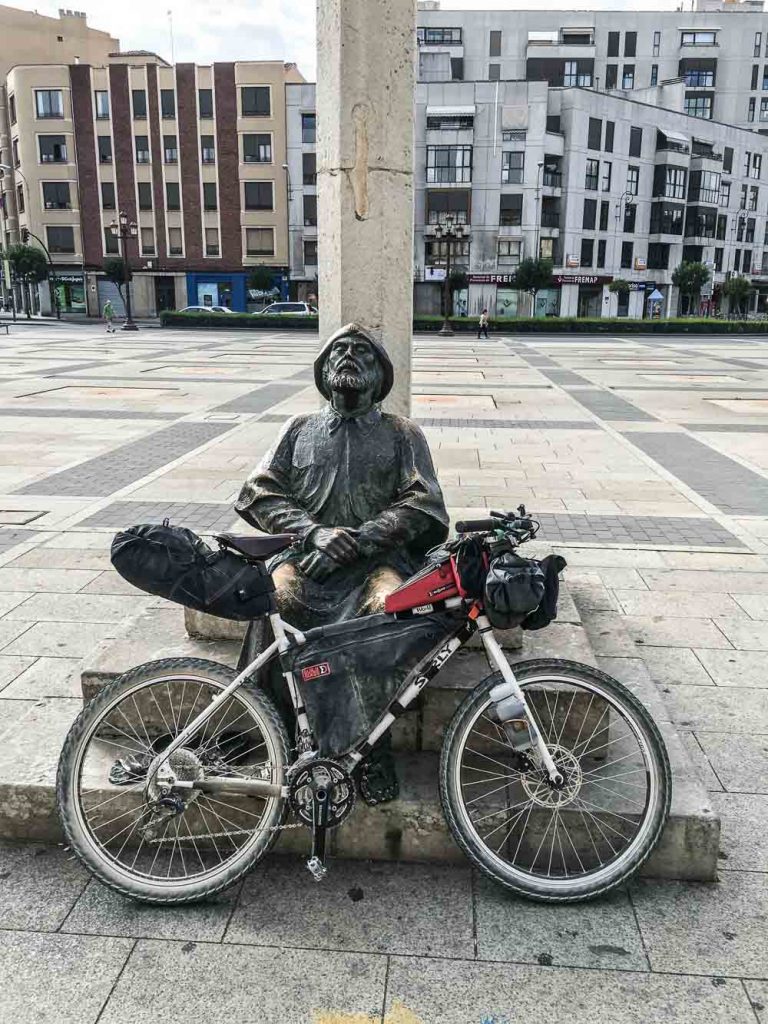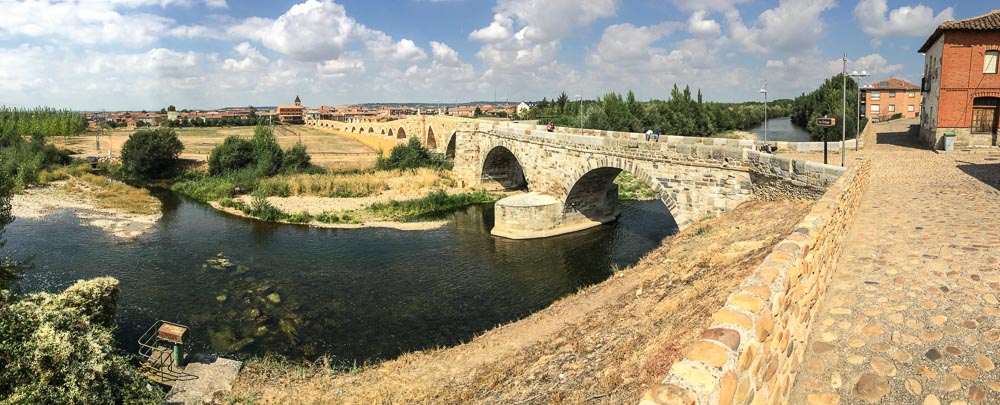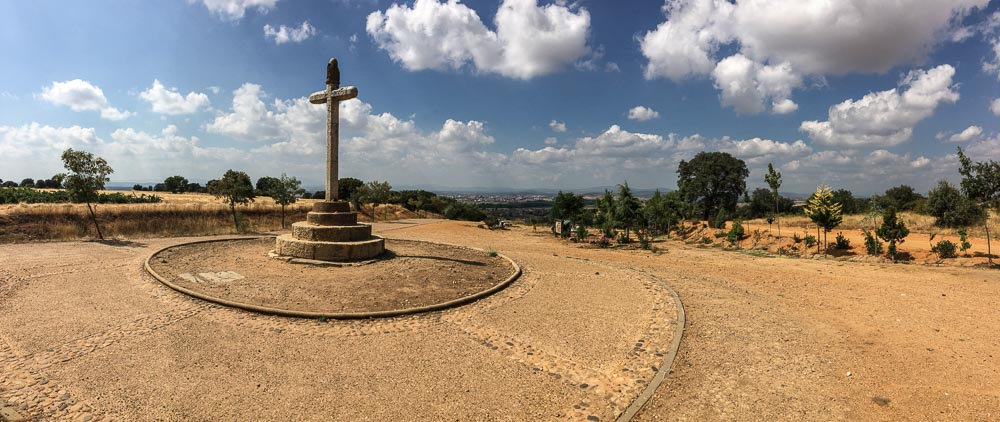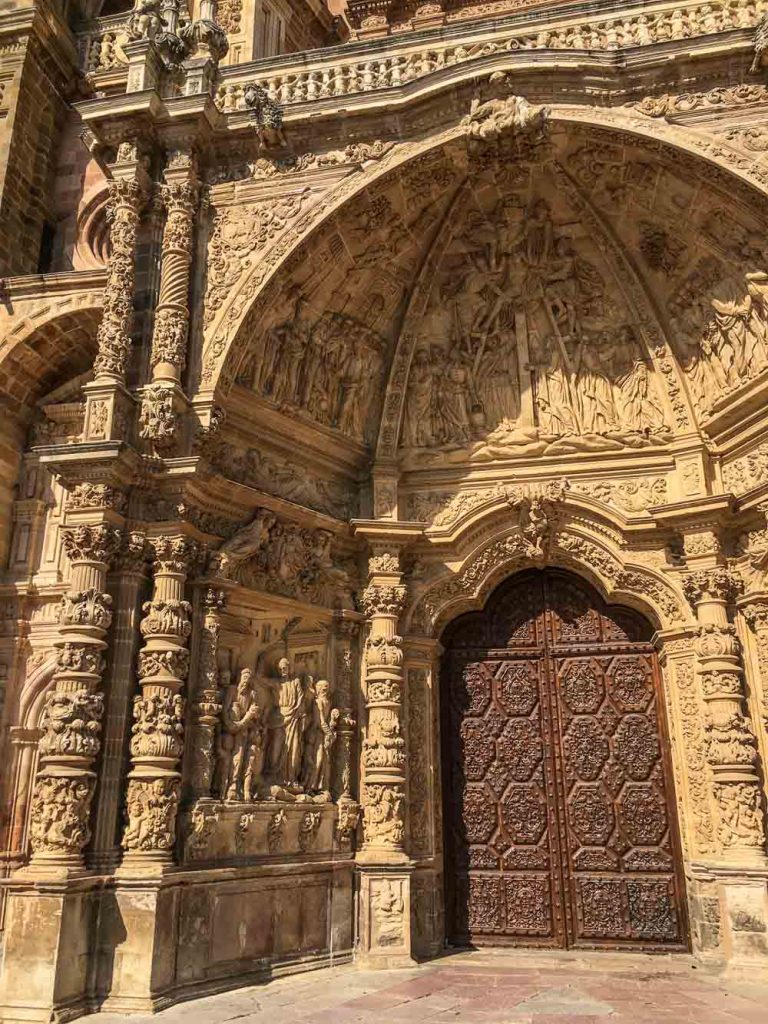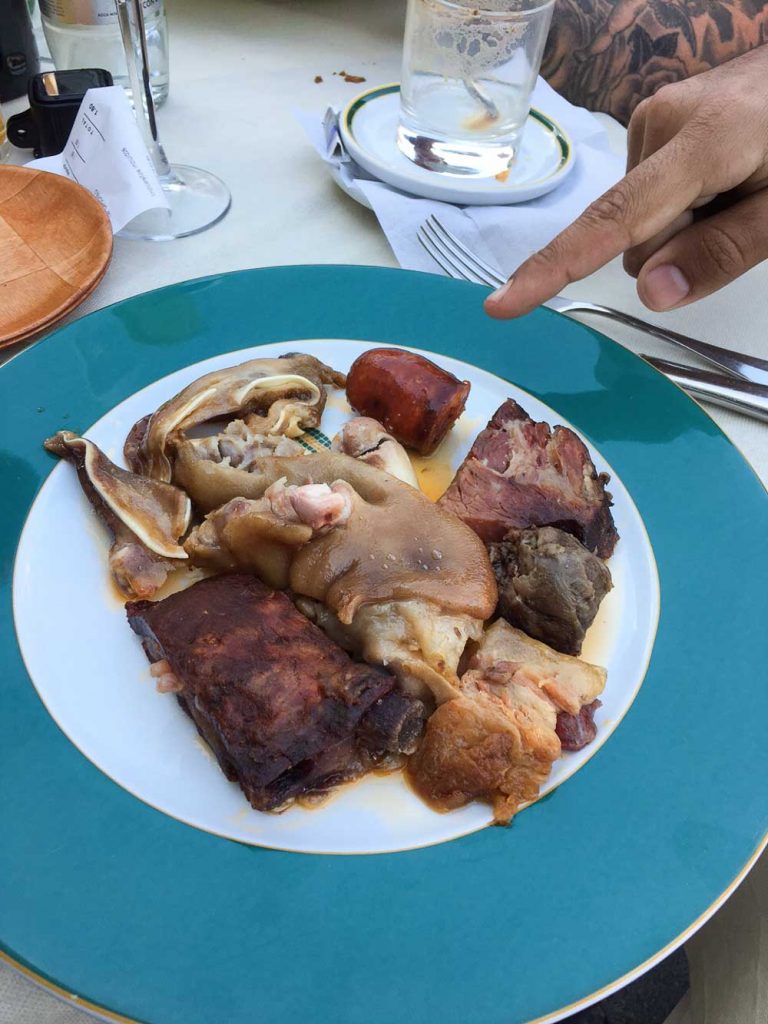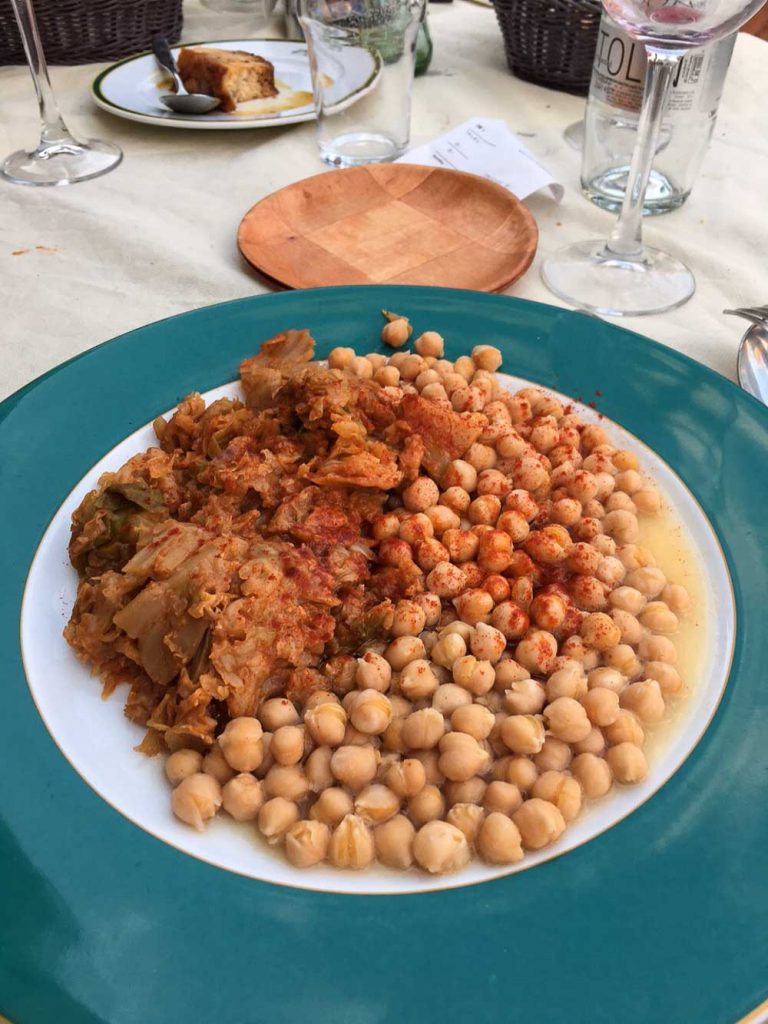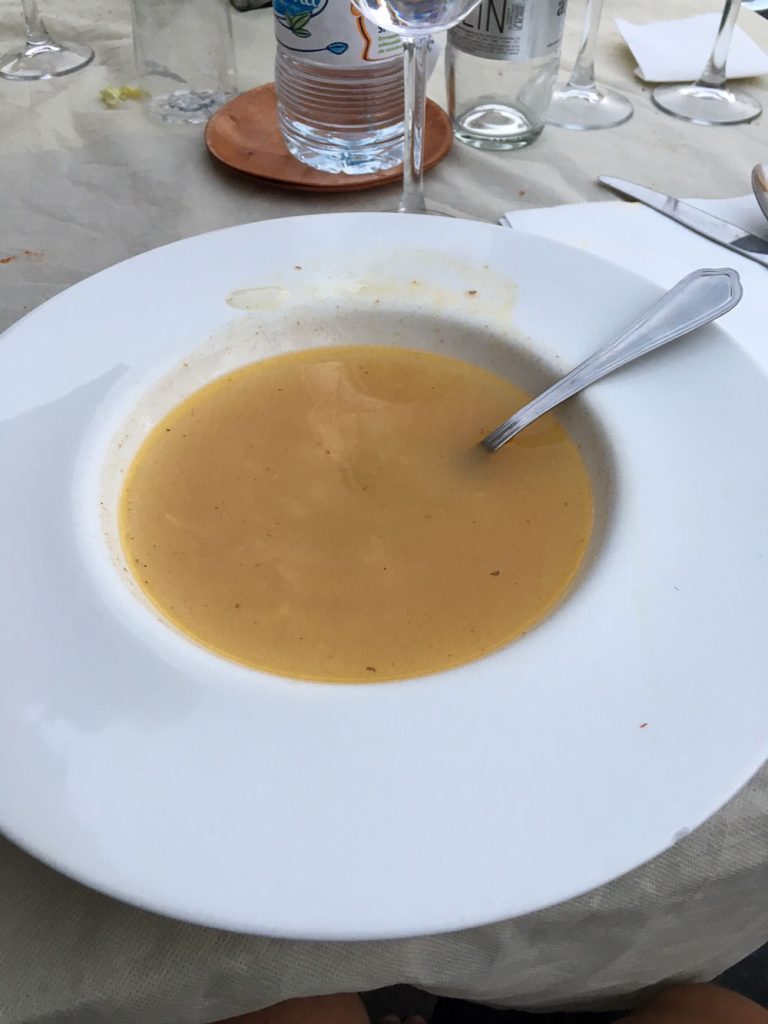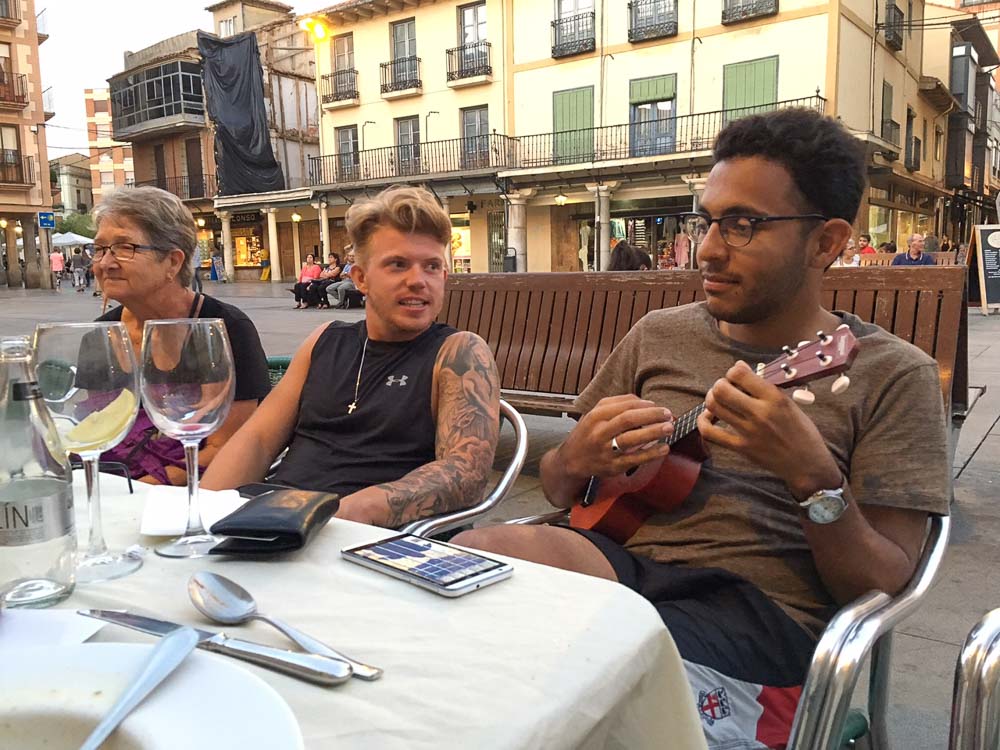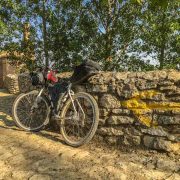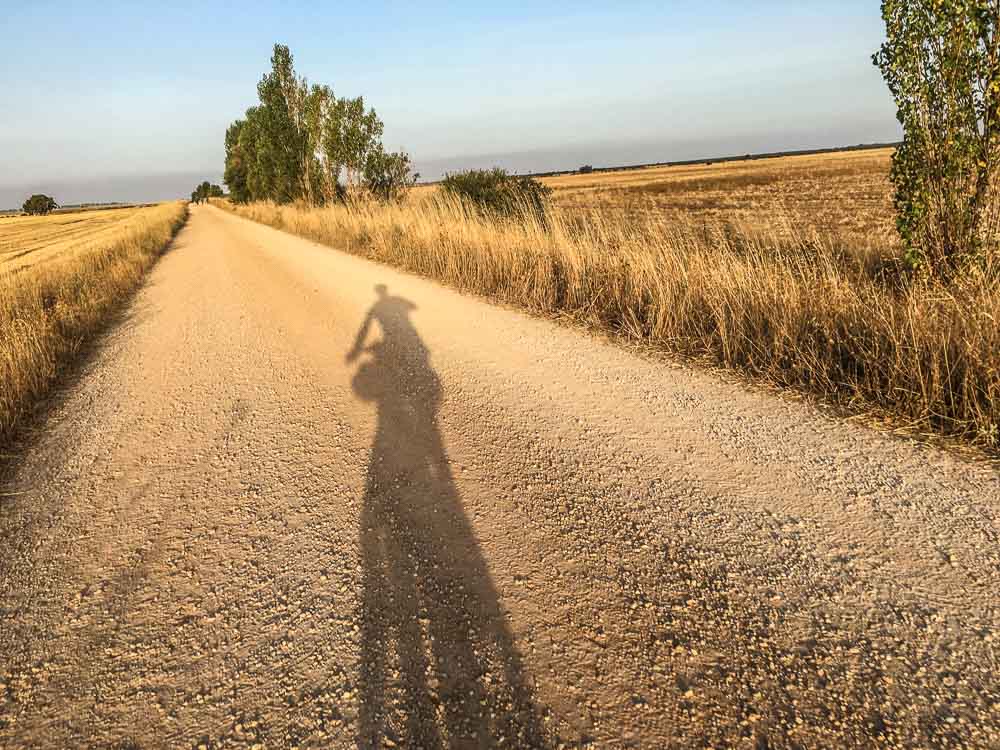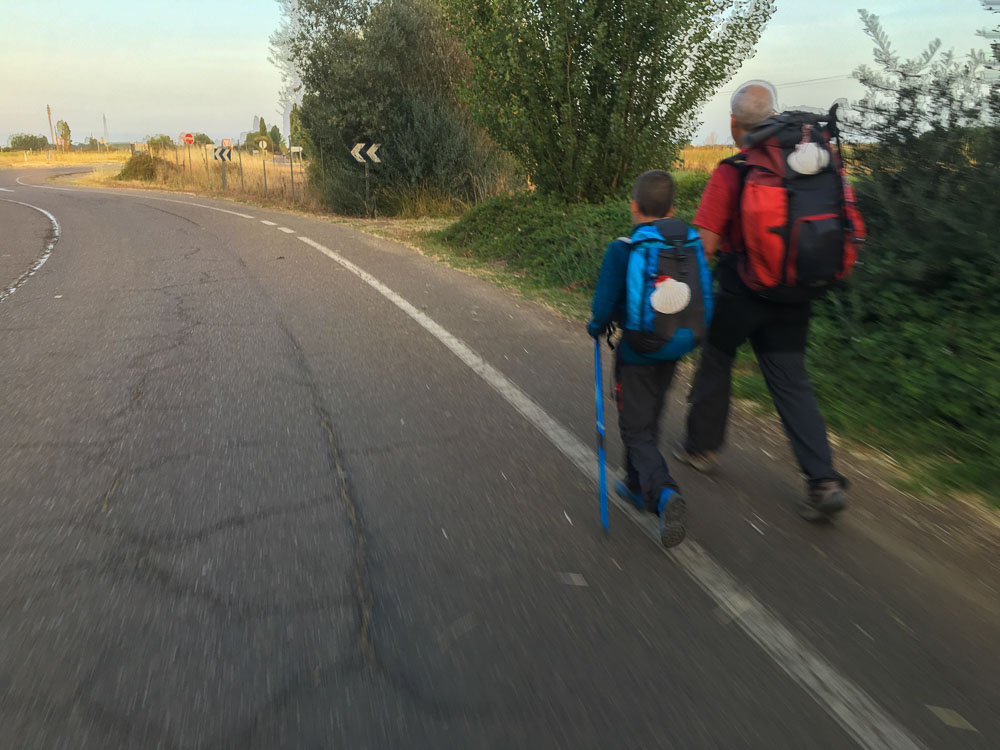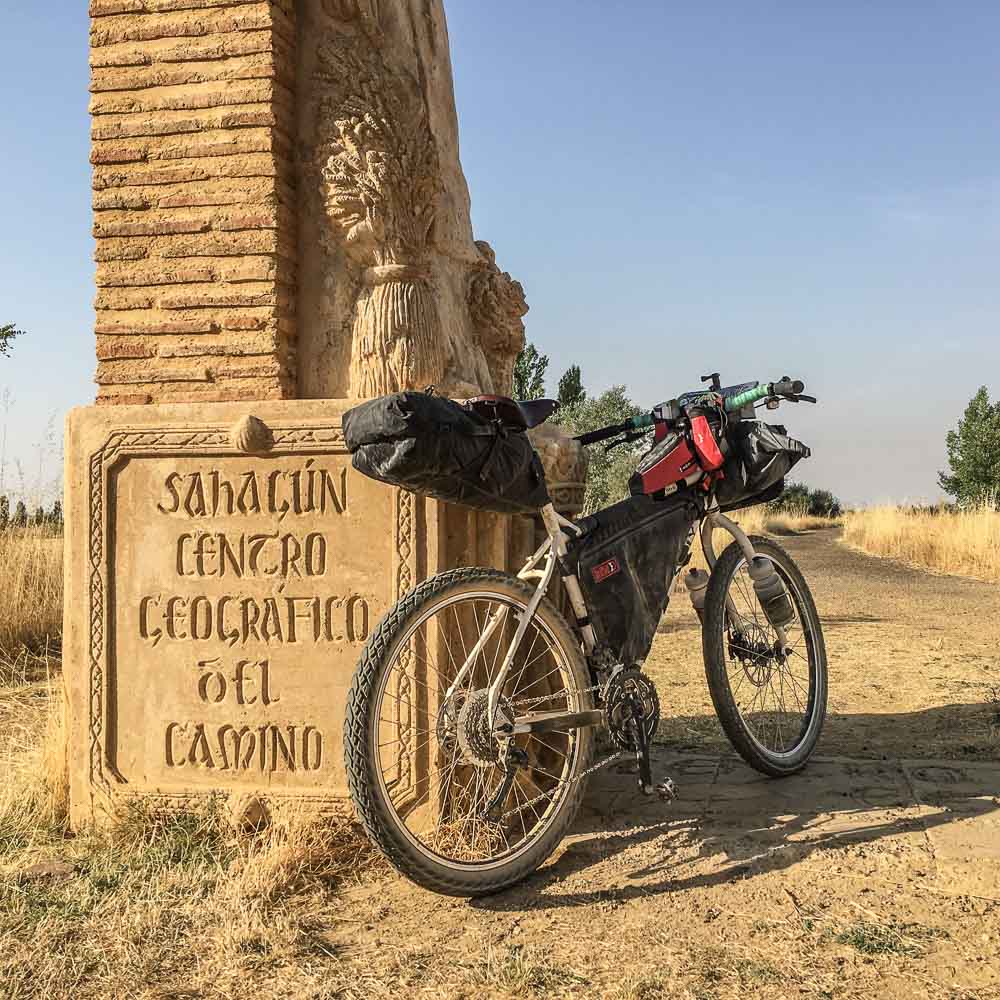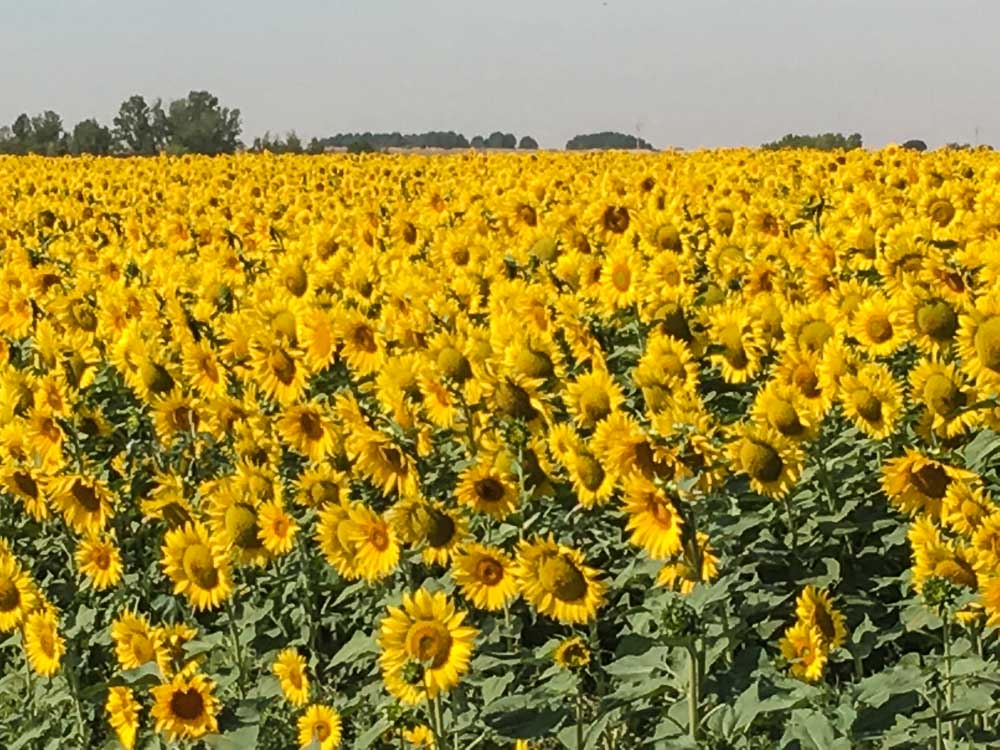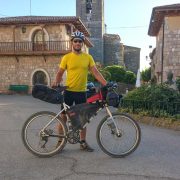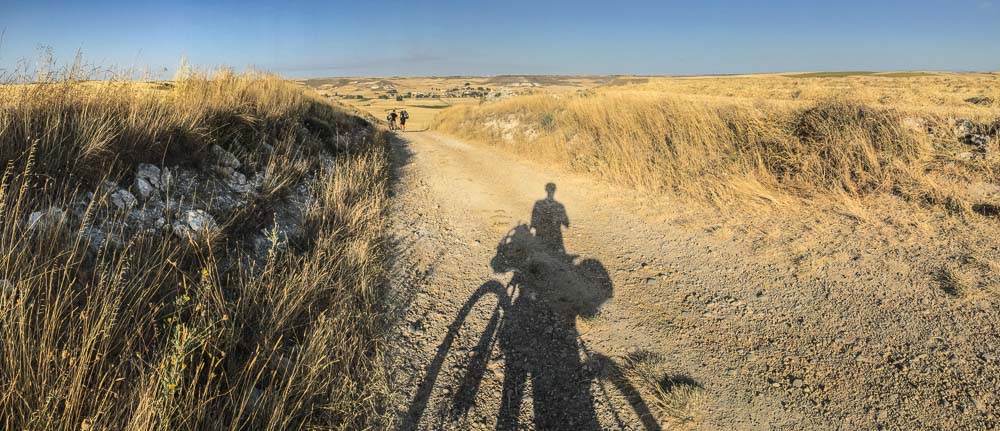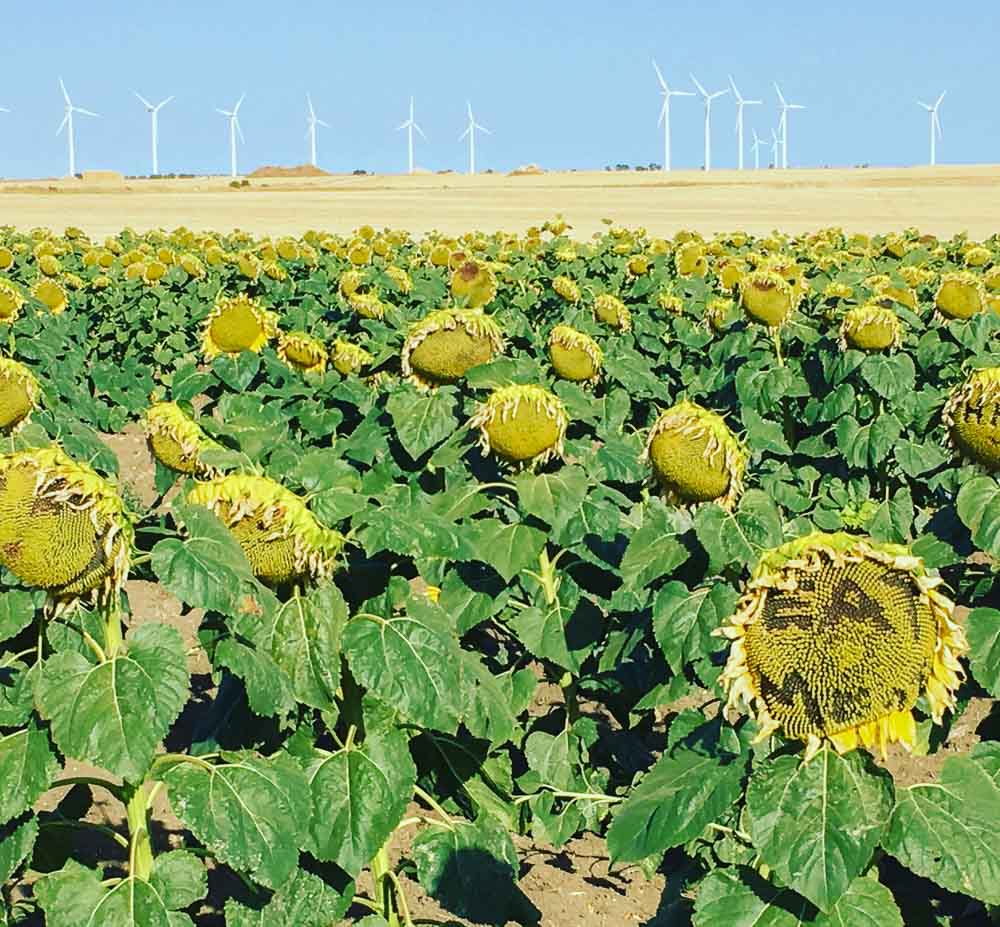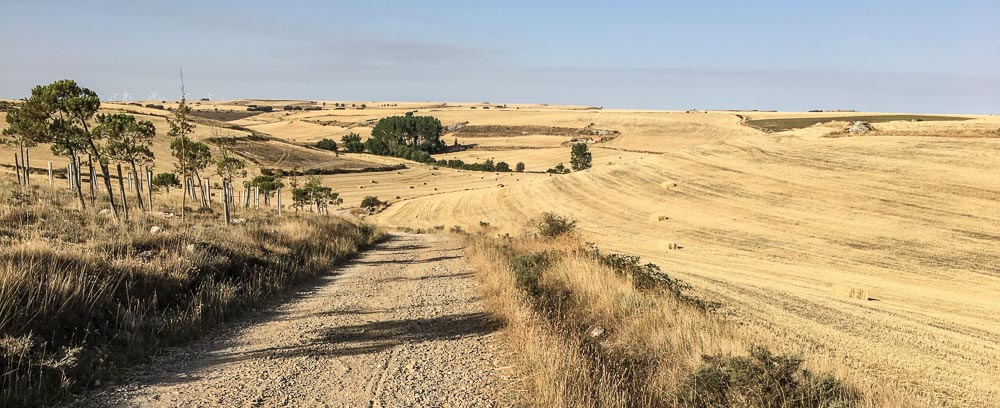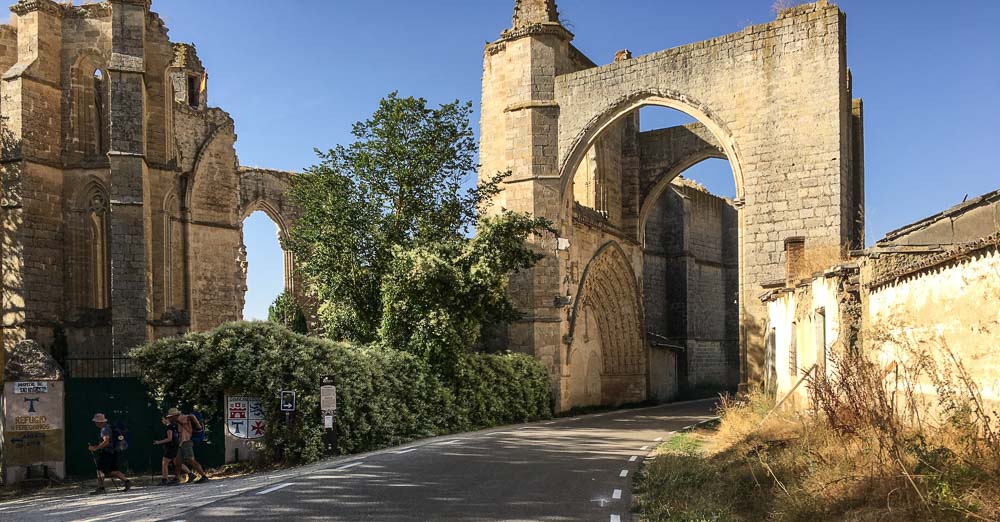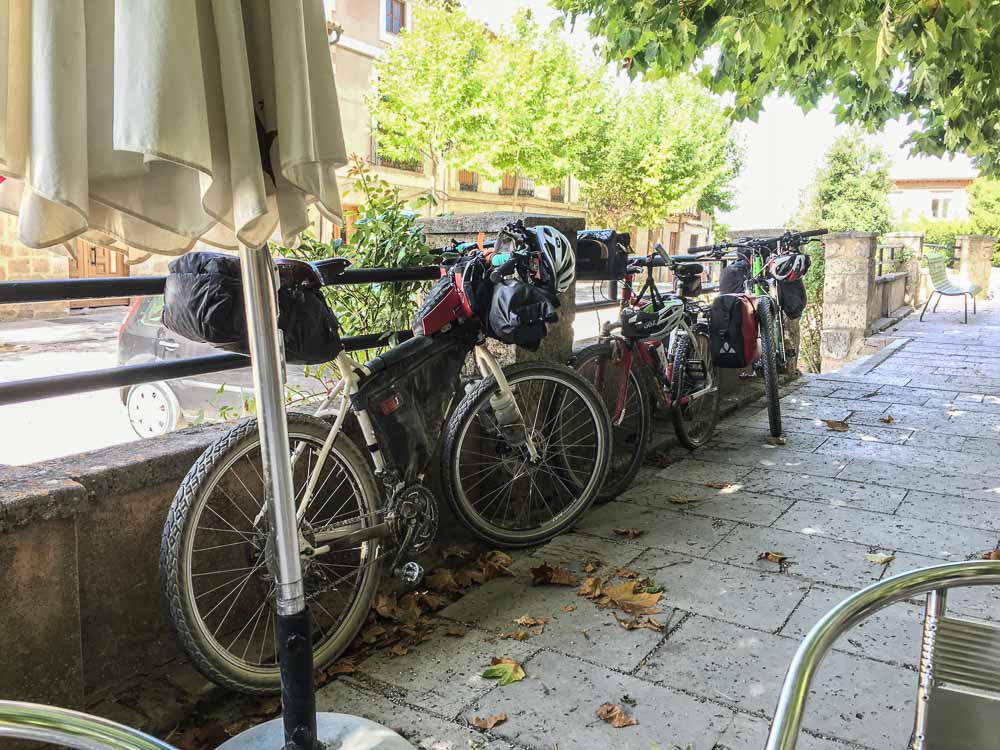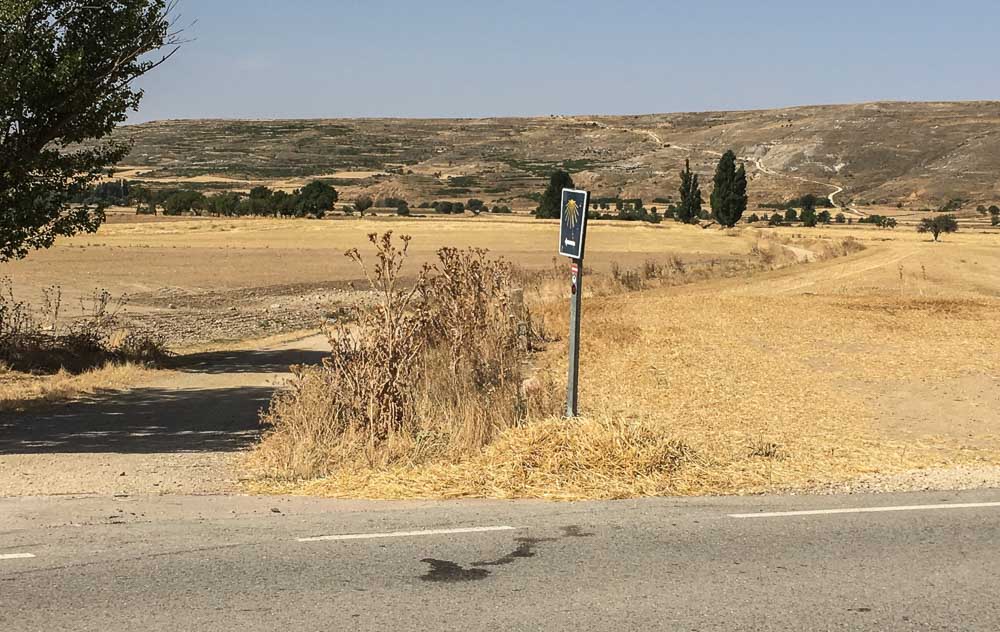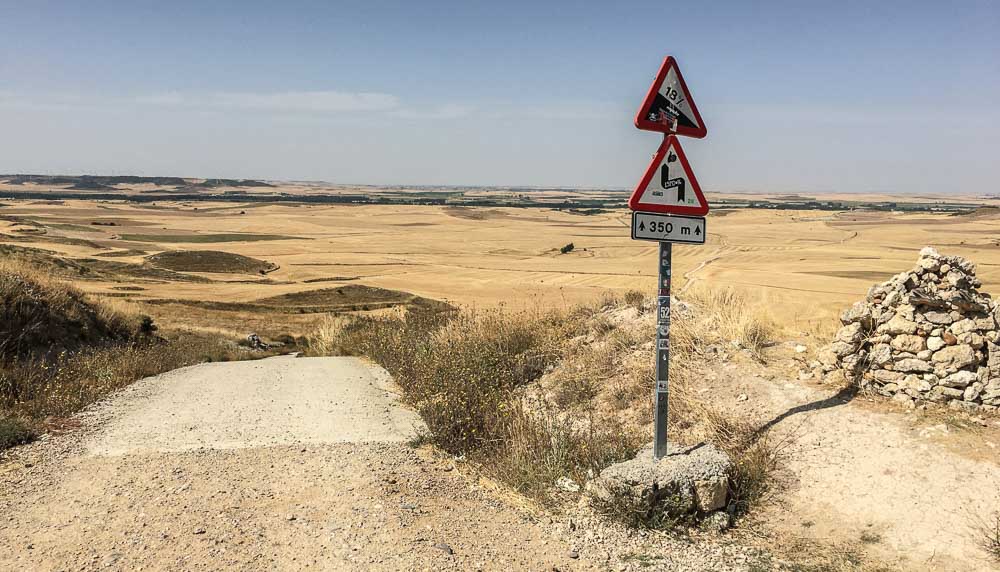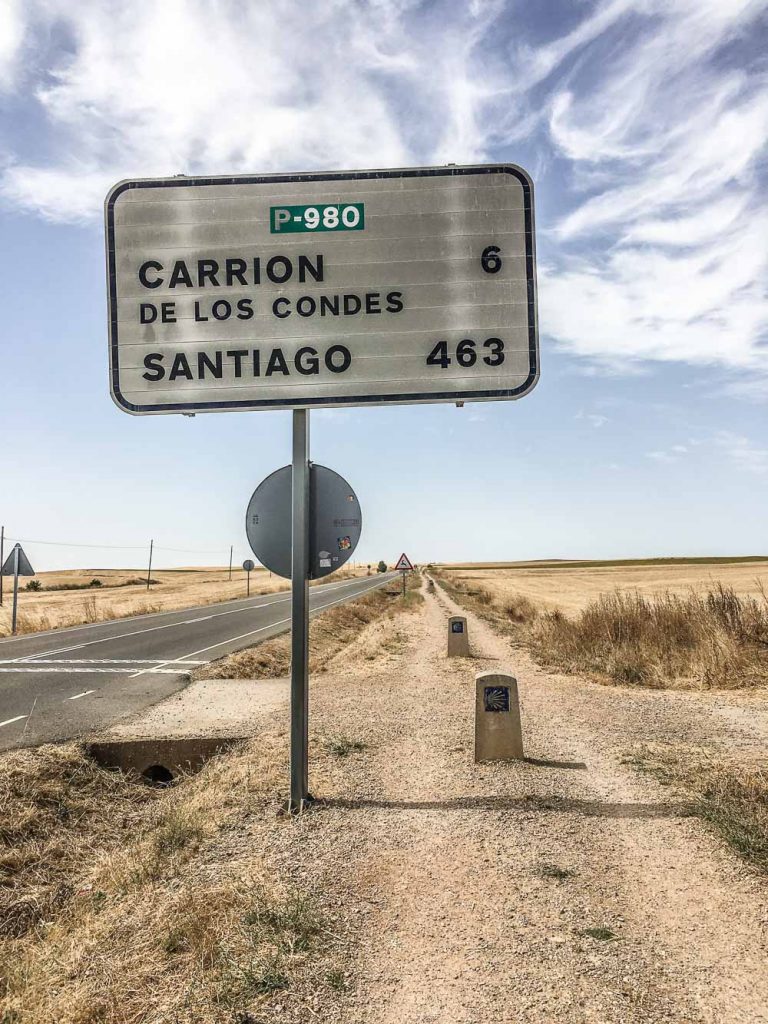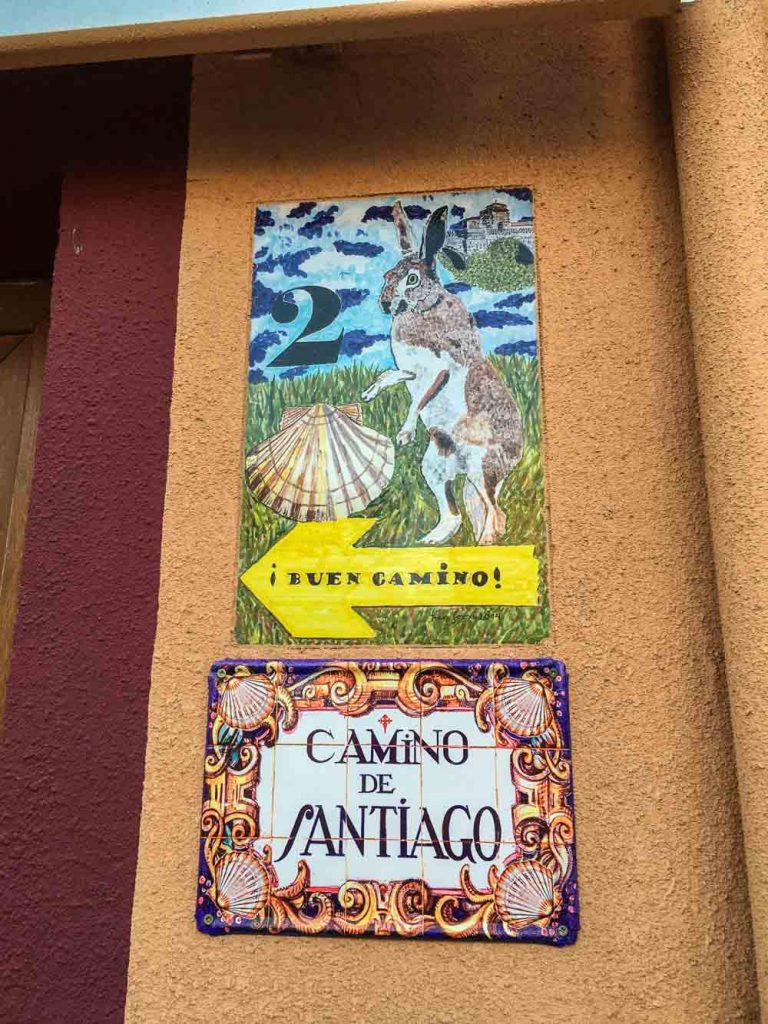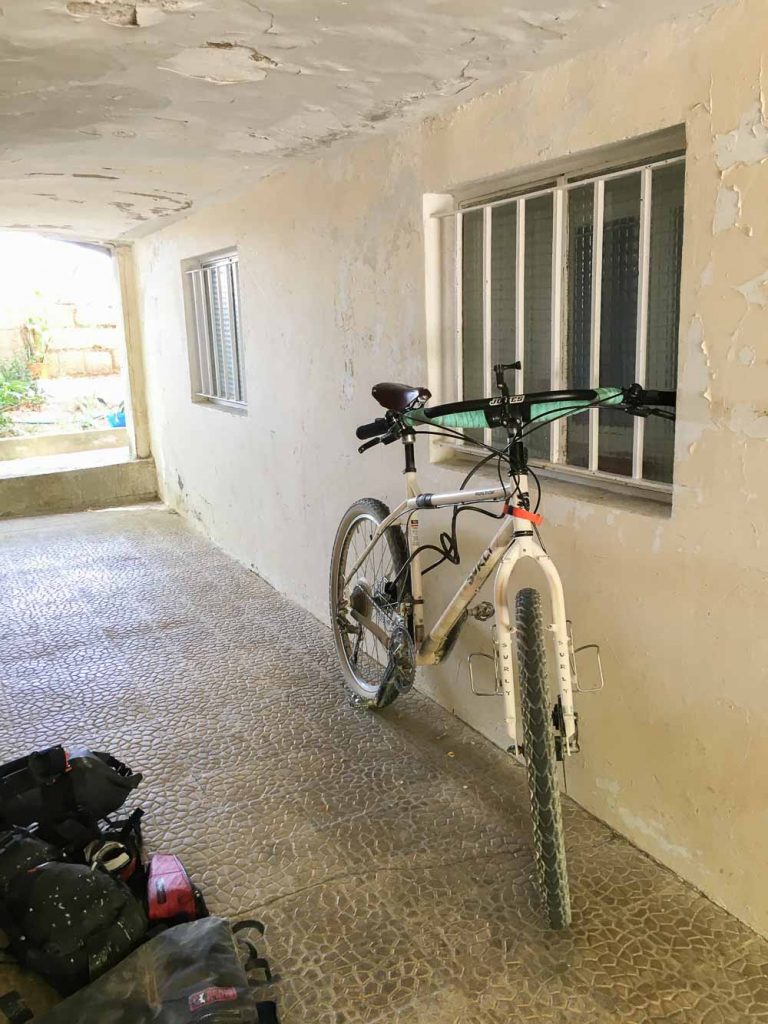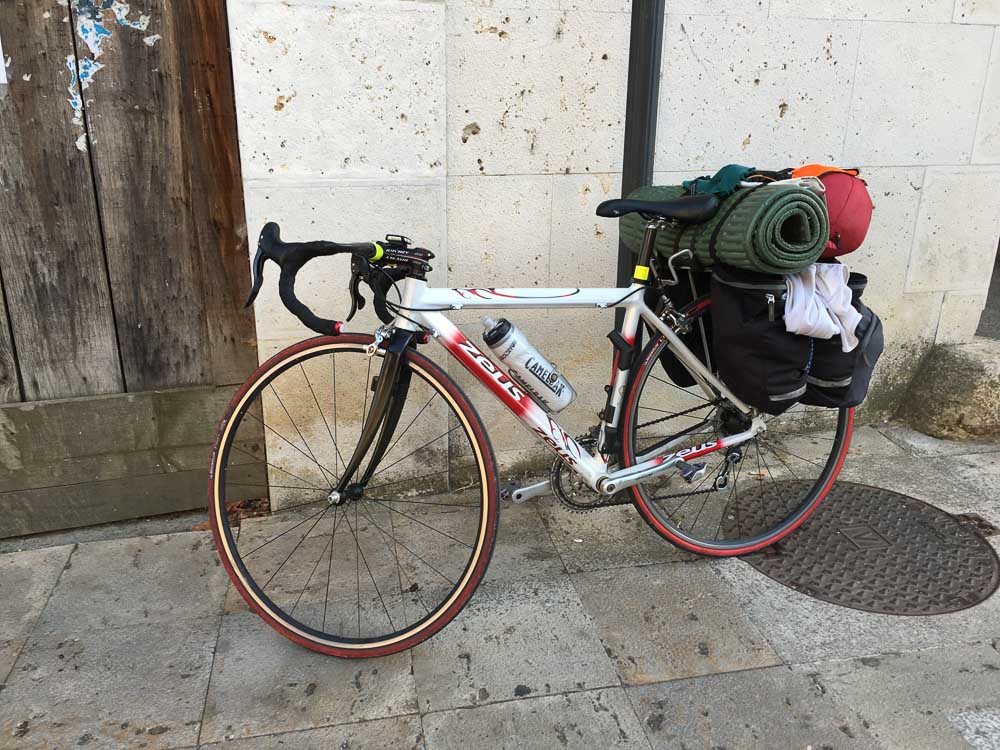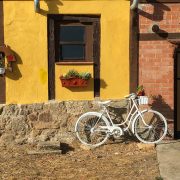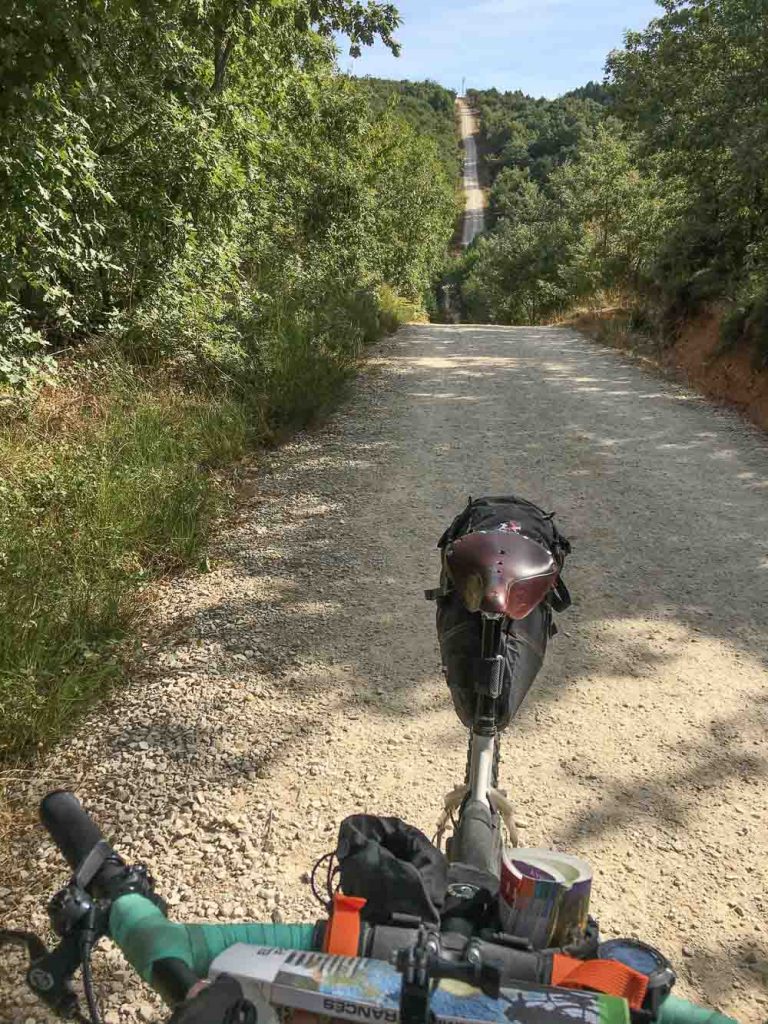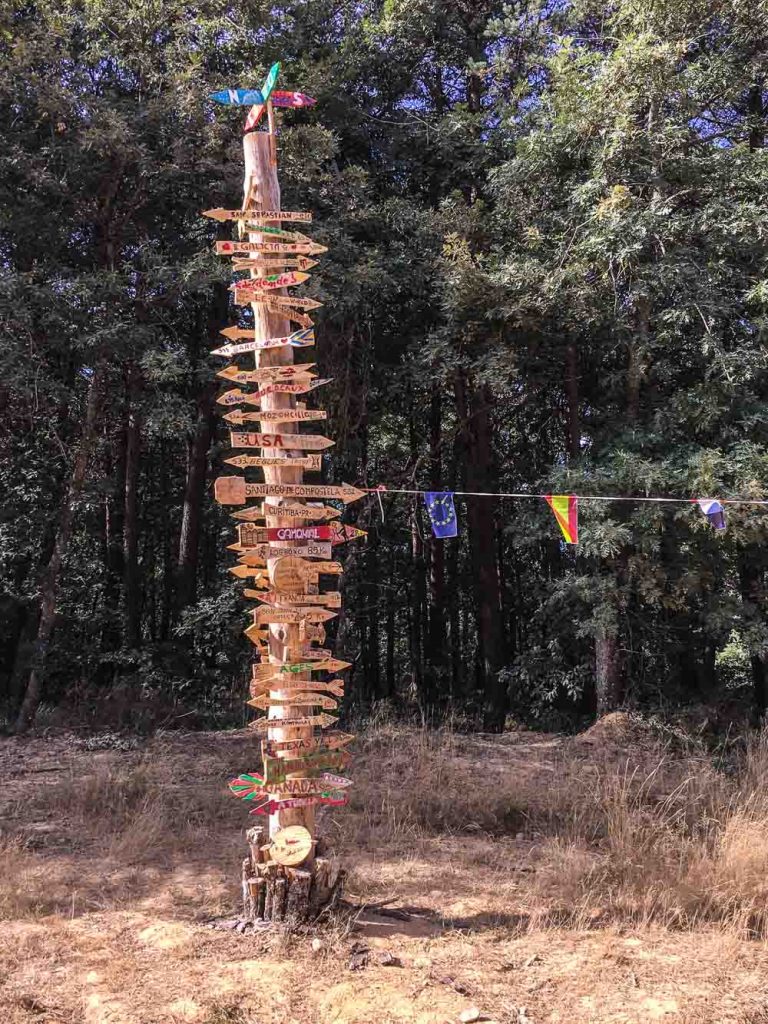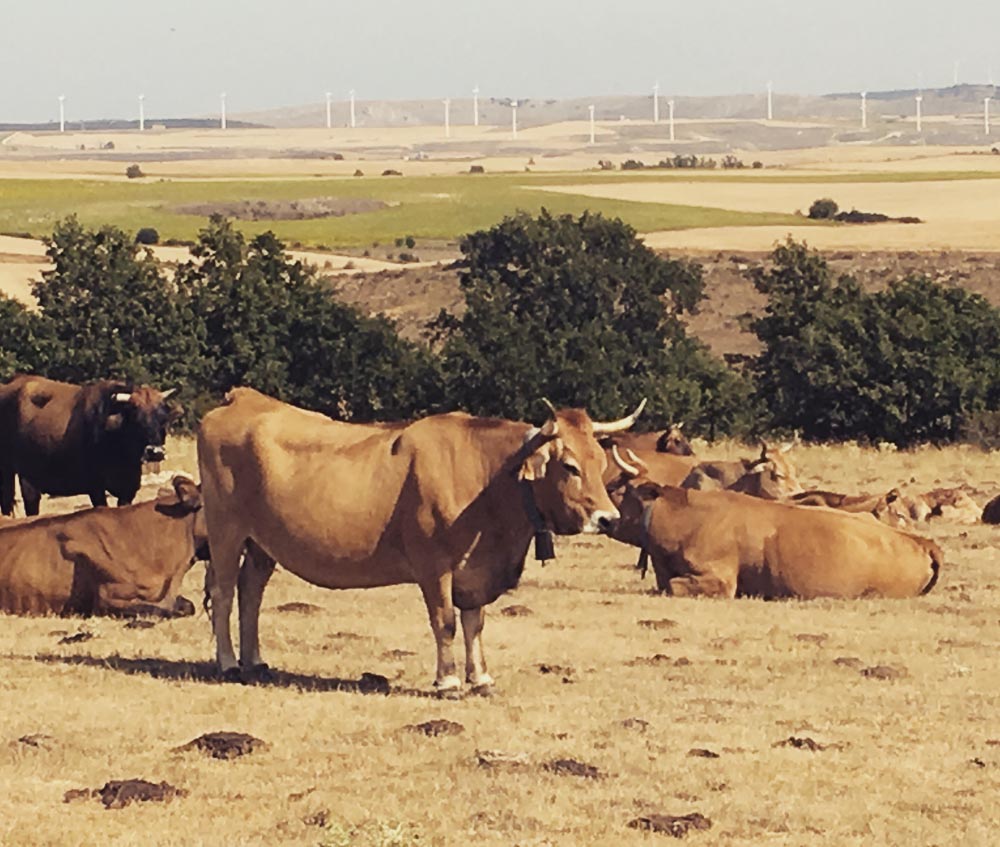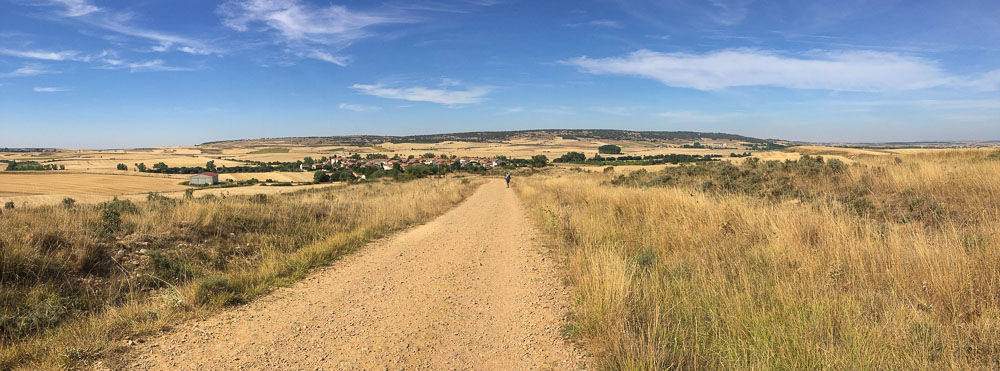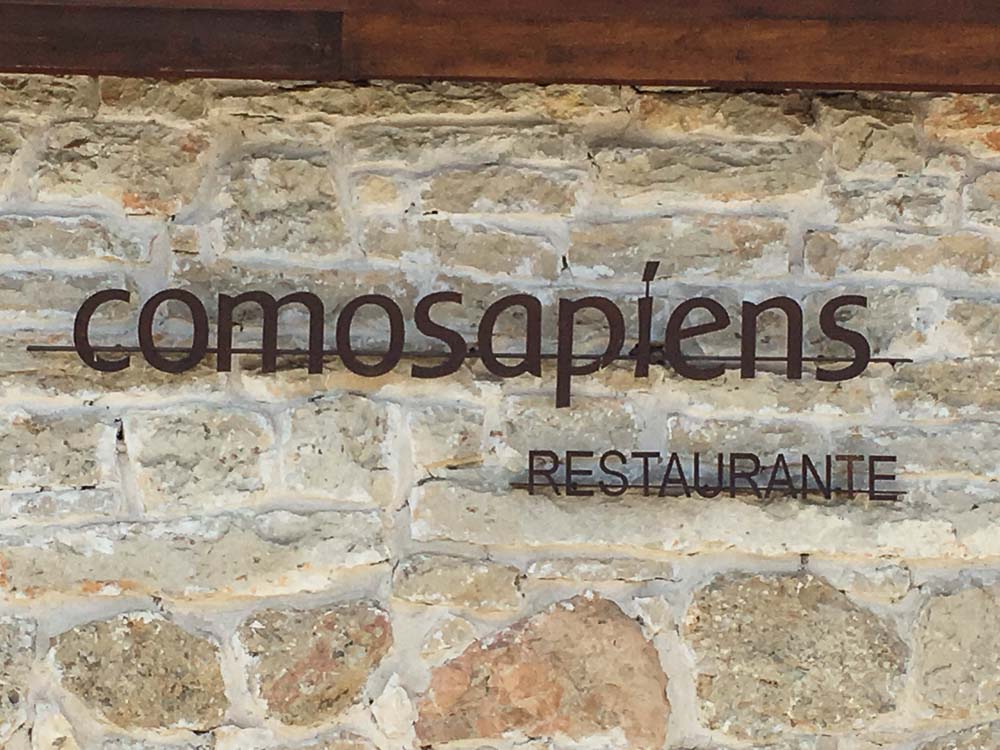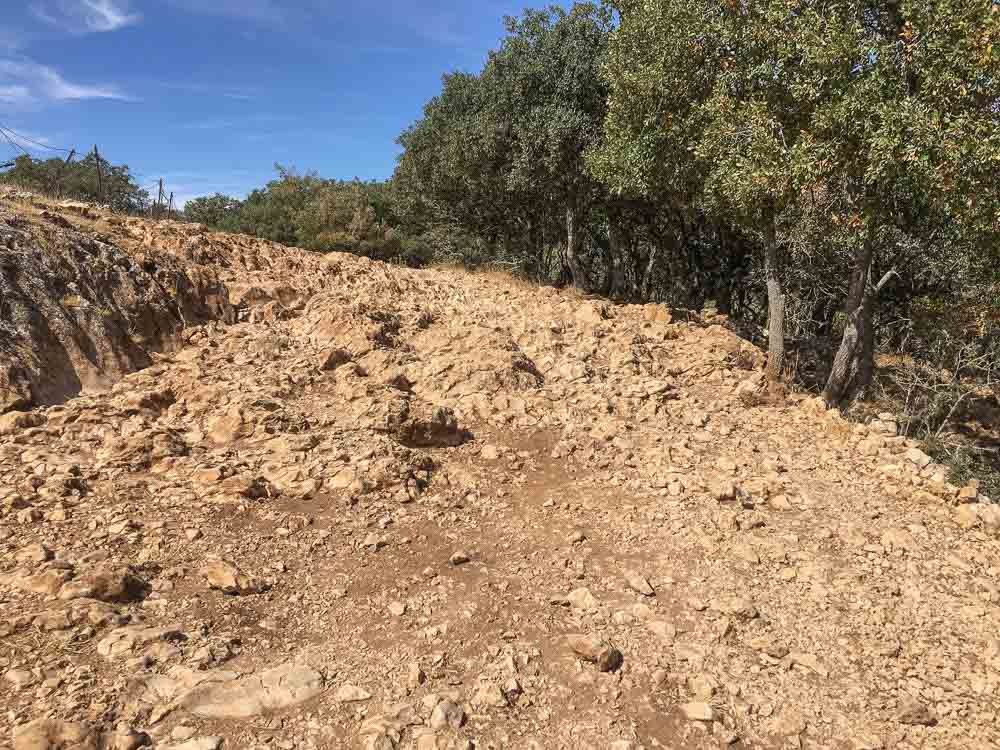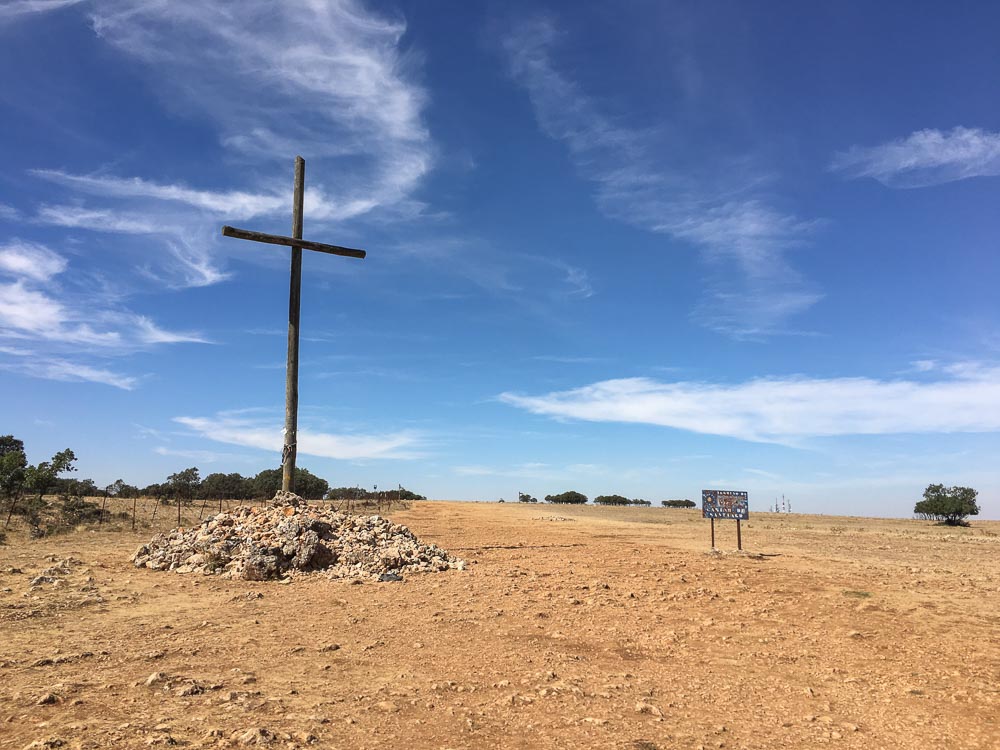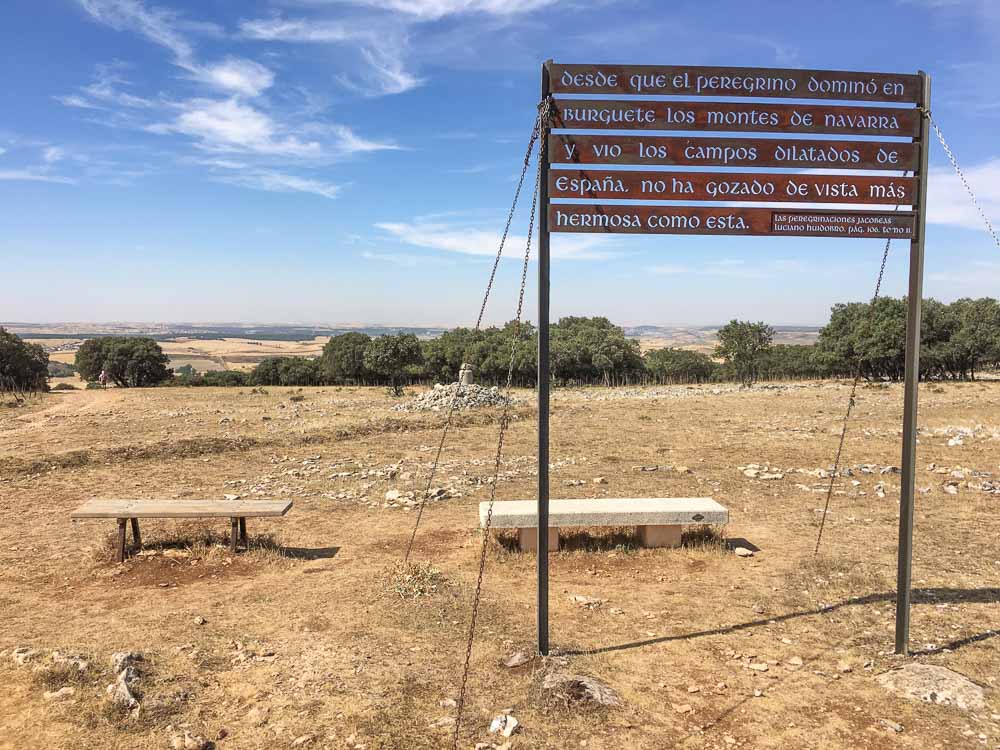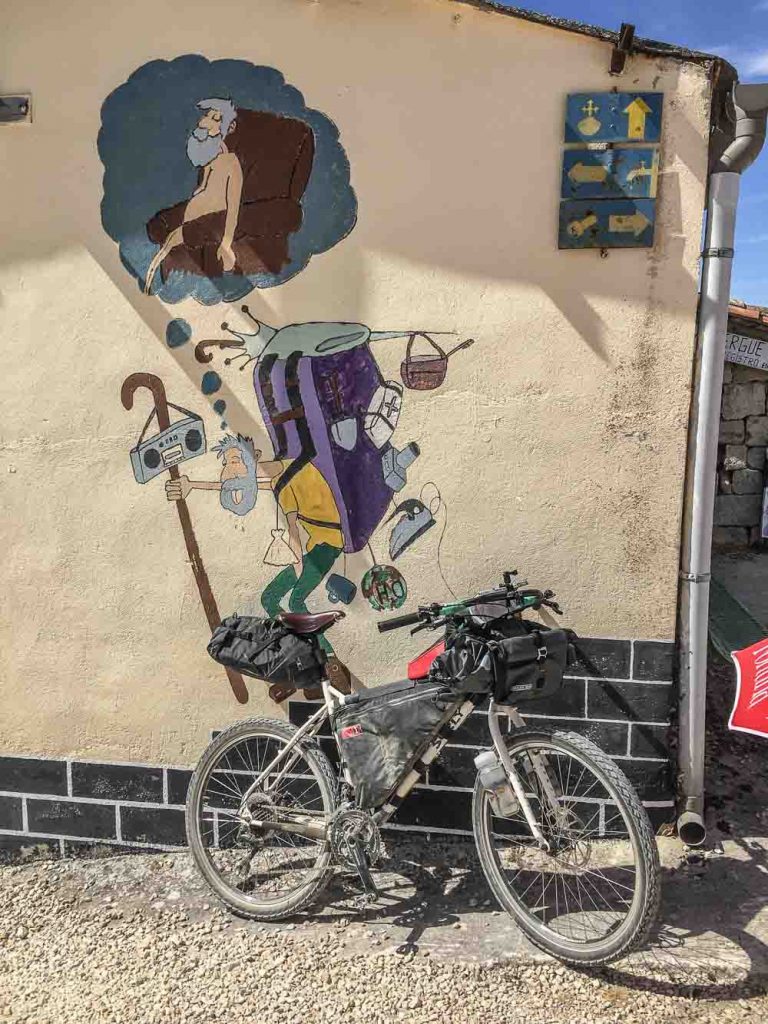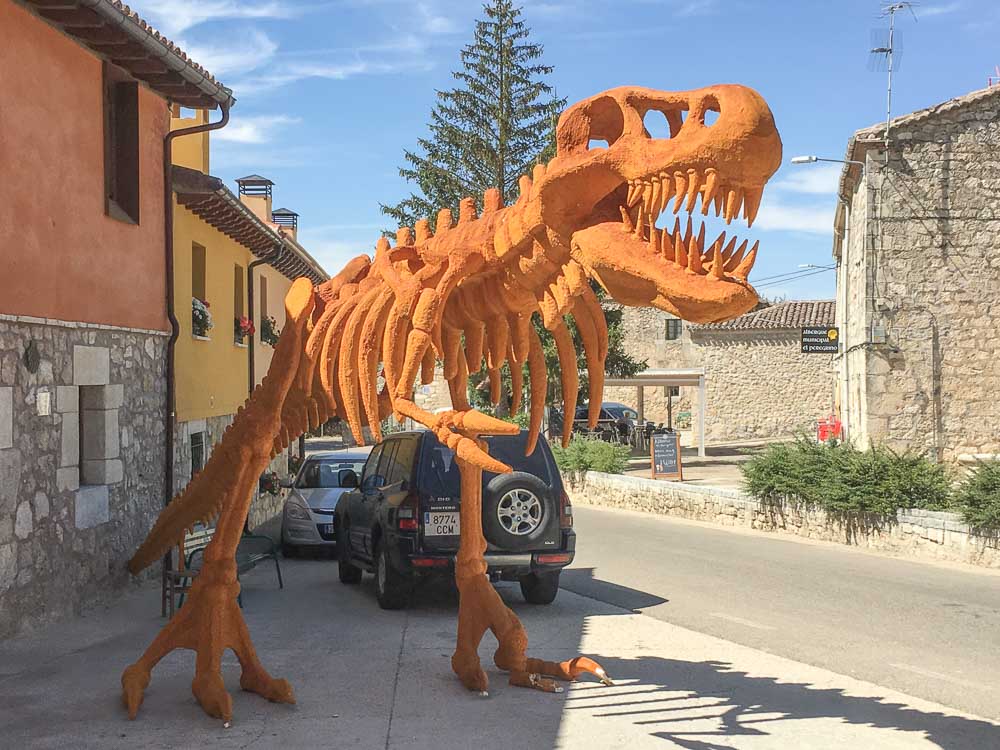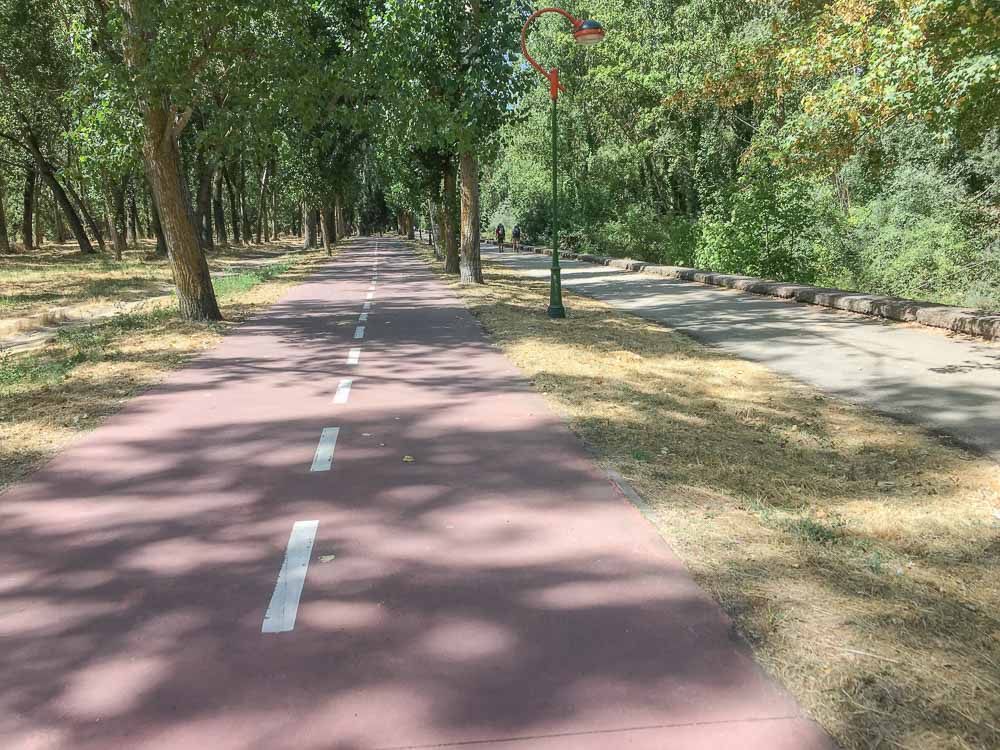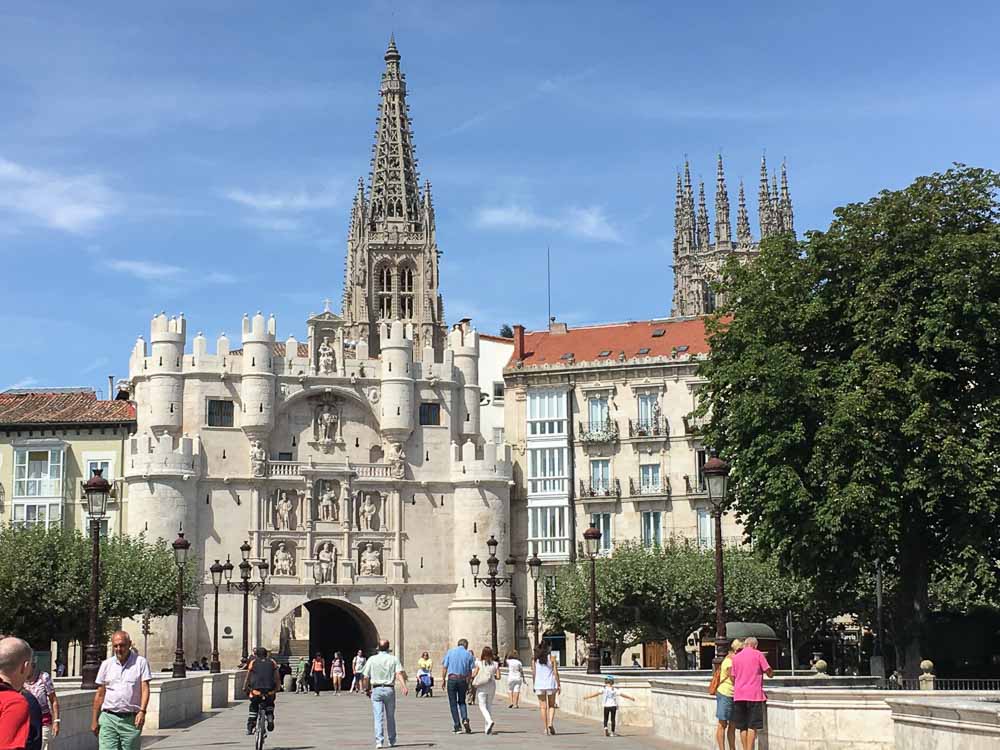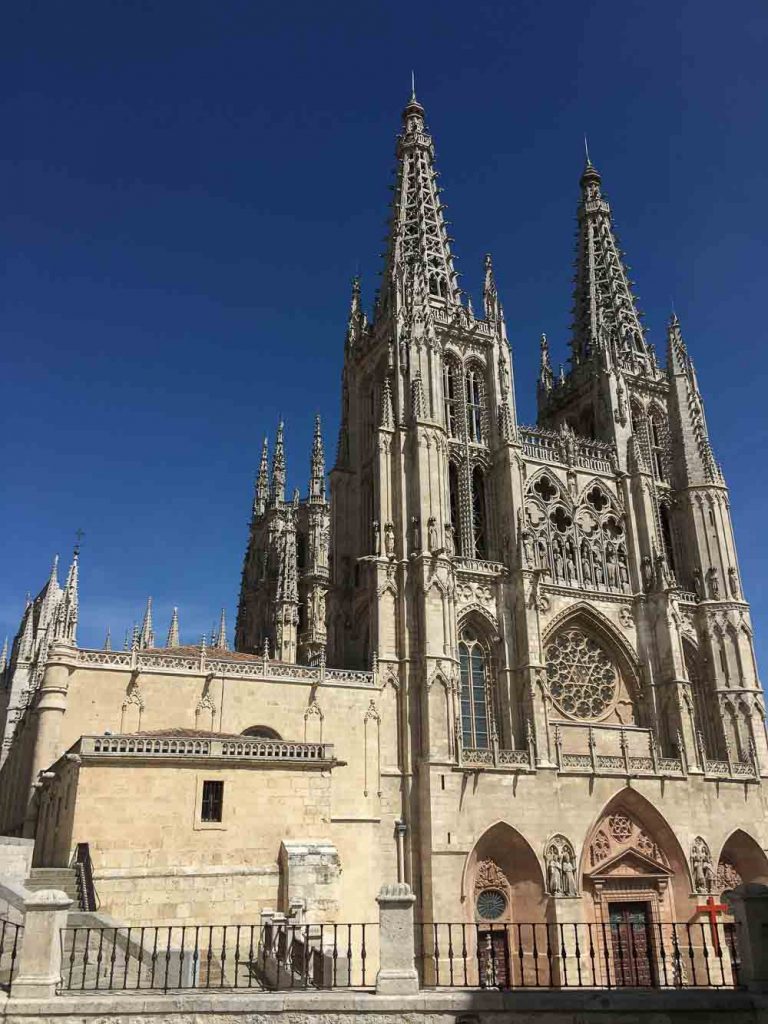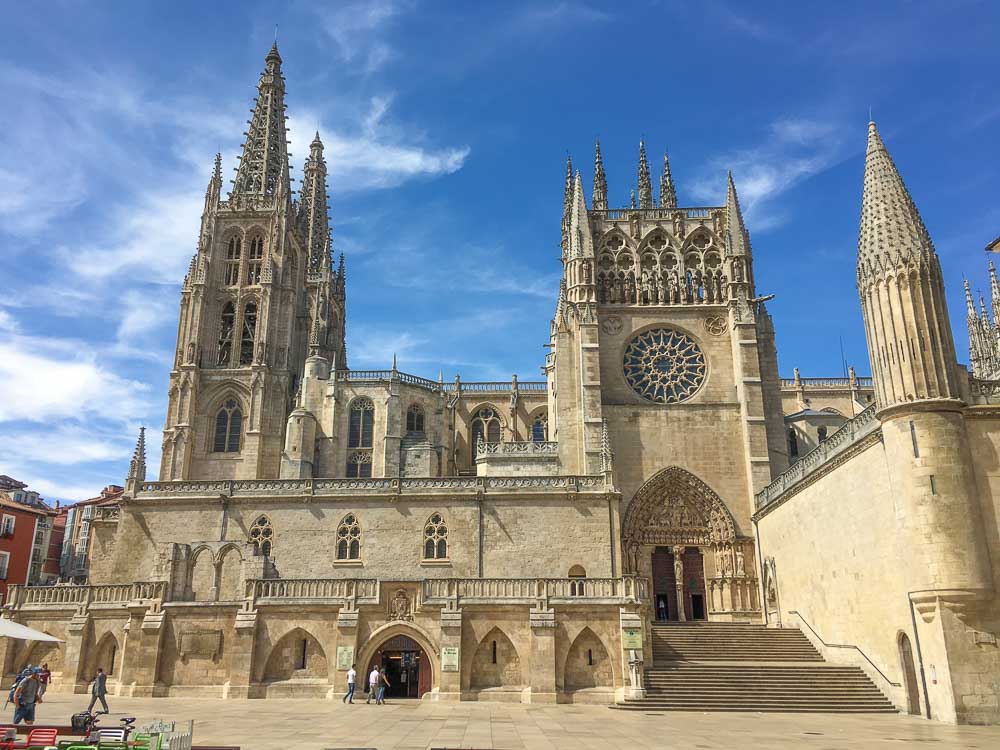Camino Biking Trip Summary and Advice
Route: St. Jean Pied de Port (France) to Finisterre, return via Muxía to Santiago de Compostela (Spain)
Time: 15 days
Distance – 1126km / 700 miles*
Climbing – 17,653m / 57,916 ft
*note that I added some extra distance riding and climbing around cities for research and exploration. If staying only on the route with no detours, this would have been about 100km / 60 miles shorter.
As someone who has walked the Camino Francés multiple times, I also really enjoyed biking the route. It was a very different experience given the pace, social implications of traveling as a solo cyclist, and all of the differences between biking and hiking that offer advantages and disadvantages. I would definitely recommend the Camino as a bike tour, and feel the the infrastructure and incredible points of interest along the way make it a compelling way to experience this ancient pilgrimage route and explore Spain by bicycle.
Major highlights of my trip included:
- Crossing the Pyrenees from France to Spain
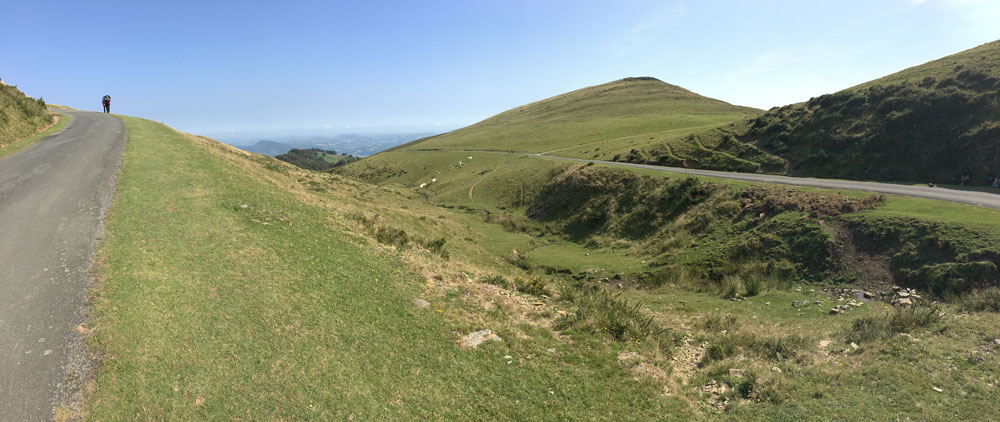
- Meeting cycling tourists from all over the world
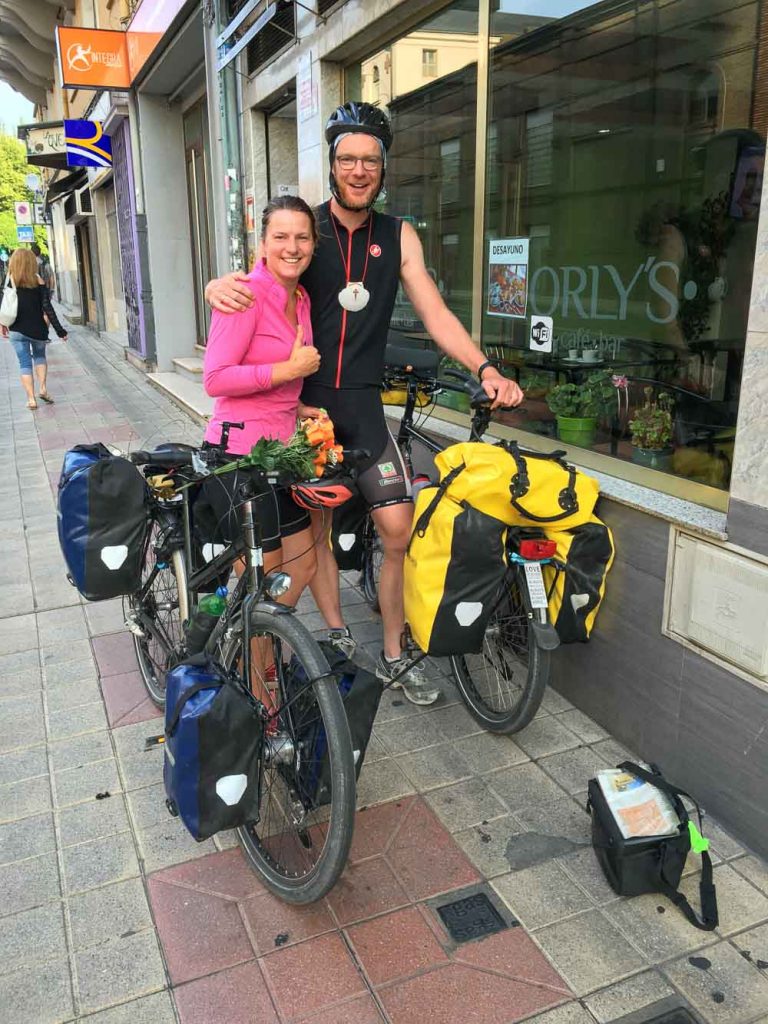
- Experimenting with the logistics of a bike packing setup and Surly World Troller with S&S Couplers
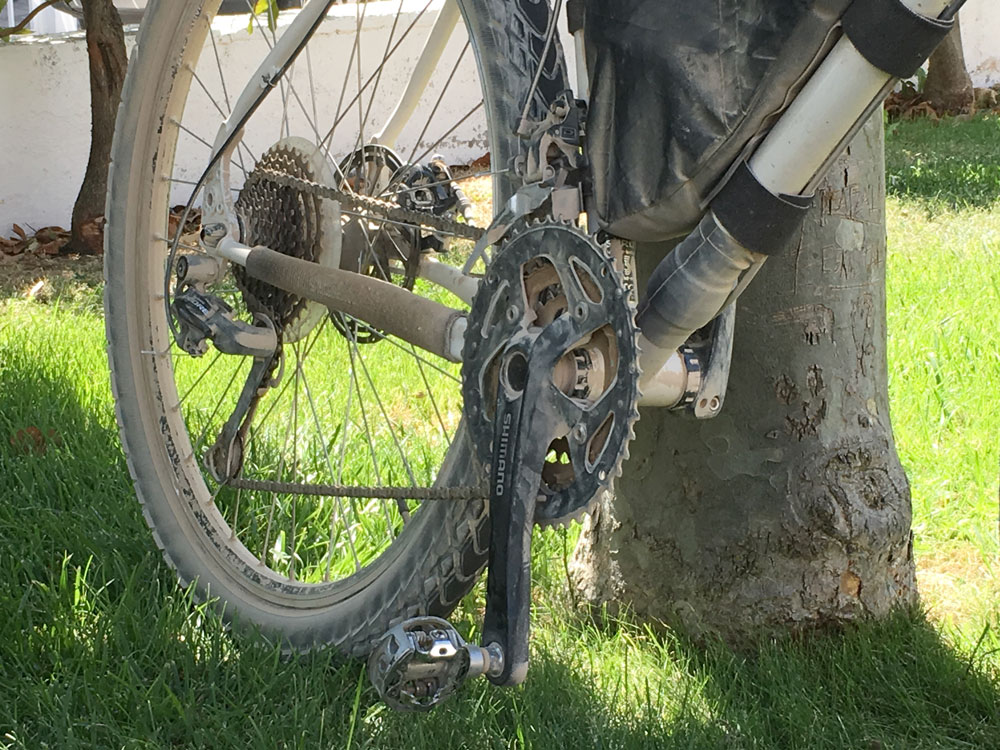
- Riding winding trails through the thick forests of Galicia
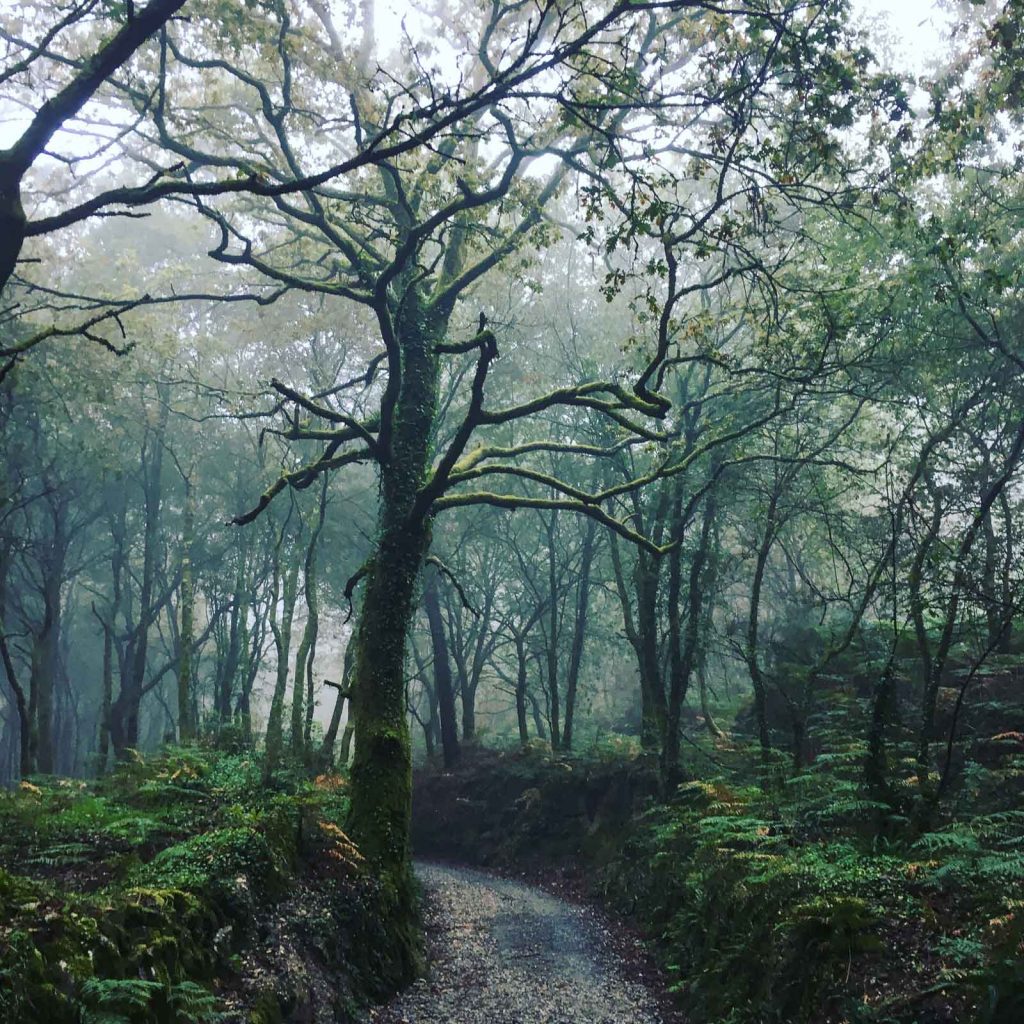
- Experiencing the joyful energy upon arrival to Santiago and watching the pilgrims stream to the cathedral
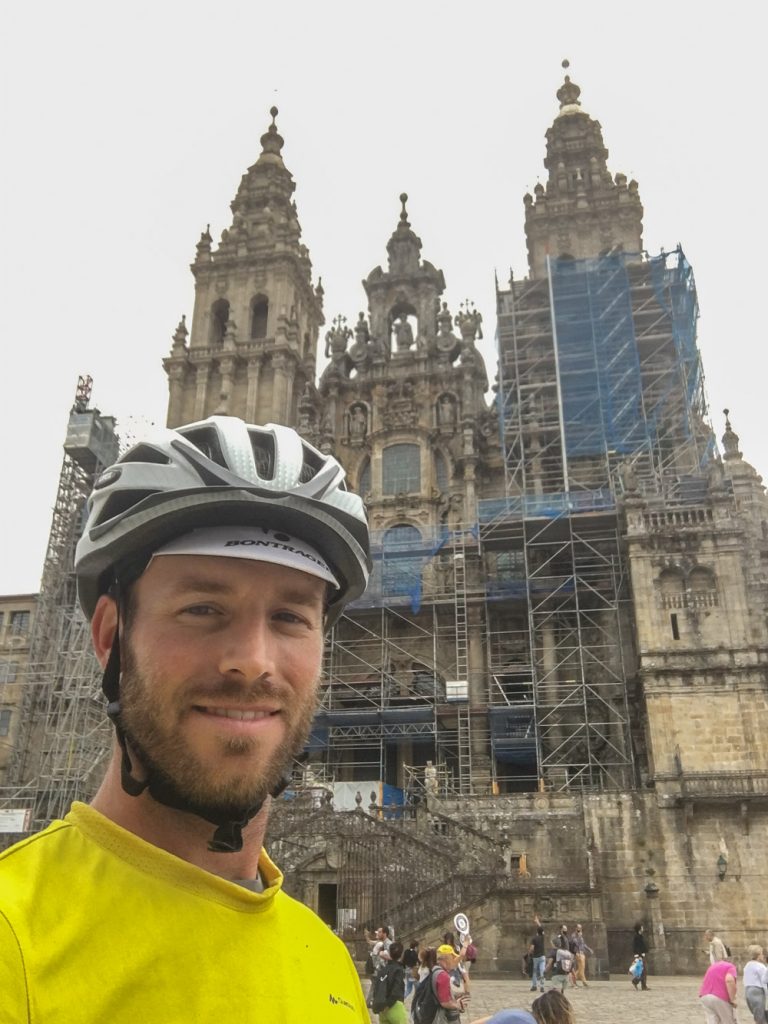
- Finishing the journey at the end of the earth by continuing onwards to Finisterre and Muxía
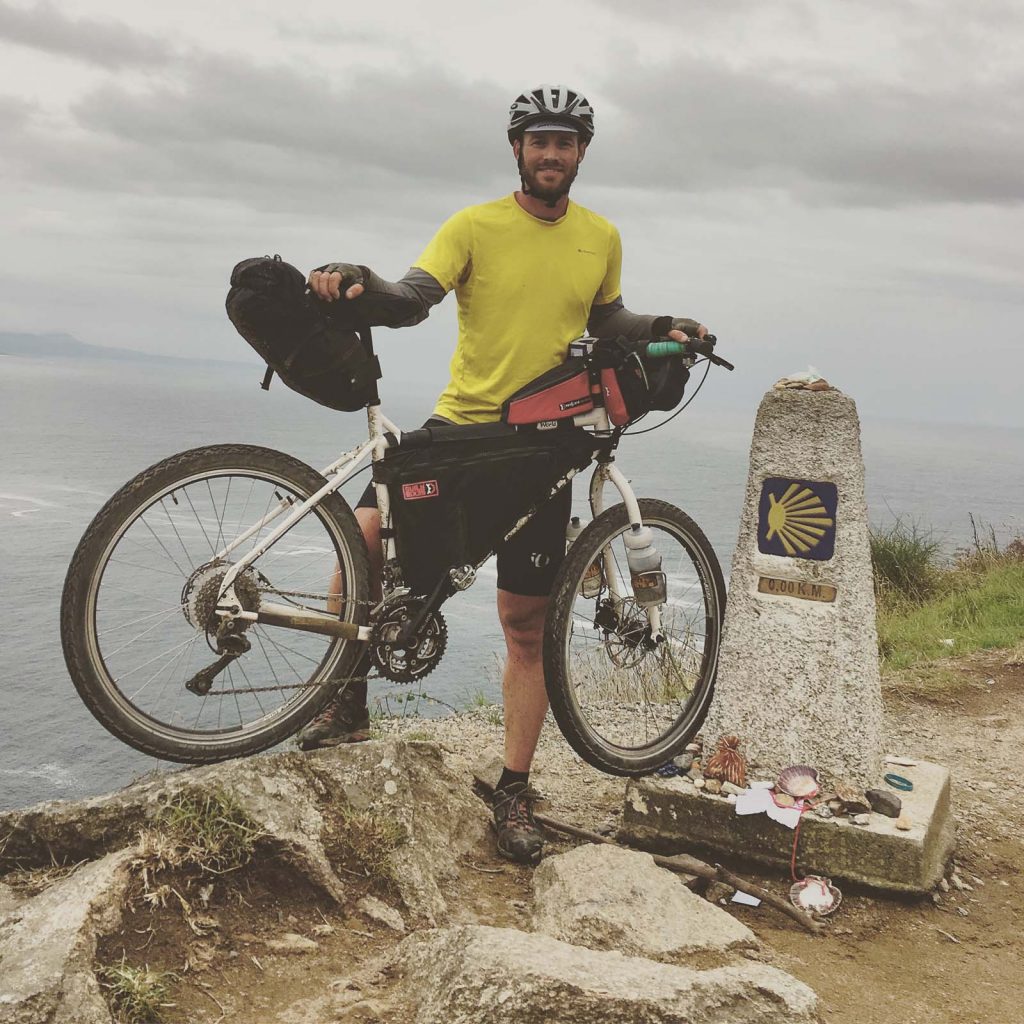
6 Lessons Learned:
- Cycling the route is faster than walking, but not necessarily easier. The hills from St. Jean to Logroño and from Astorga to the end make for challenging riding and can push anyone’s ability. The flat, central Meseta region is easy/boring riding, a great way to accelerate this section.
- The decision to ride the trail or the roads offers very difference levels of challenge. Some cyclists stay entirely on the roads and most ride a combination of the two. Around 40% of the signed walking route is paved anyways, so you still get breaks from the dirt paths and trails either way. Taking a mountain bike with wide tires and front suspension offers the most options. If you use a lighter touring bike with thinner and faster tires only for the road, the trip will be easier and faster (but require more attention in navigation as road cycling route are not signed).
- It is very possible to coexist with walking pilgrims, but does take a level of effort. Ringing your bell and keeping a positive tone goes a long way to promote good will and safety when passing hikers. If you time your riding well, your will likely pass two concentrated waves of walkers and have most of the afternoon with more vacant trails. When the path follows directly alongside a quiet, low-traffic road, ride the road to give walkers space. As another bicycle touring pilgrim stated, not doing so is like “having a bed and sleeping on floor next to it.”
- On renting vs. bringing your bike, it’s really a matter of personal preference. Renting is much simpler, usually more affordable, and many quality bikes are available for rent. Renting is more advisable for cyclists flying from overseas. Bringing your own bike that you know and trust its capability and fit also brings peace of mind, but be willing to navigate extra travel logistics and maybe pay a little more (depending on the length of your trip). It’s more straightforward to ship your bike to/from the Camino within Europe than to fly with it.
- Choose accommodations that offer secure bike storage and make reservations. I slept much better at night knowing my bike was in a safe place, and enjoyed taking my time throughout the day if I had a bed or room reserved. Having a reservation allowed me to spread out my riding into the afternoon without stressing over bed availability, offering open trails after most walkers had already completed their day’s journey.
- Cycling the route alone can be a solitary experience. When walking solo, it’s easier to meet and get to know others that you will encounter day after day. As there are fewer cyclists and your daily distance is farther, the community traveling experience is more limited as it’s less likely to see other cyclists again as you progress. It’s worth considering biking with a companion to share the experience.
I’m happy to offer advice to others interested in biking the Camino, and will be incorporating more resources into this website in the coming weeks. Feel free to contact me if you have any questions, ideas or thoughts that could be helpful.
Daily blog entries:
- From hiking to biking the Camino de Santiago
- Travel day to Madrid
- Madrid to St-Jean-Pied-de Port
- Day 1: Crossing the Pyrenees (St. Jean to Zubiri)
- Day 2: Through Pamplona & the Alto de Perdon (Zubiri to Puente de Reina)
- Day 3: Rolling hills into Rioja (Puente la Reina to Logroño)
- Day 4: Into Castilla y León (Logroño to Belorado)
- Day 5: Easier riding (Belorado to Burgos)
- Day 6: Entering the Meseta (Burgos to Carrión de los Condes)
- Day 7: Powering across the Meseta (Carrión de los Condes to Mansilla de las Mulas)
- Day 8: León & Astorga (Mansilla to Astorga)
- Day 9: Entering the Cantabrian Mountains (Astorga to Ponferrada)
- Day 10: Climbing into Galicia (Ponferrada to Triacastela)
- Day 11: Hills of Galicia (Triacastela to Melide)
- Day 12: Arrived! (Melide to Santiago de Compostela)
- Days 13-15: To the end of the world & back! (Santiago – Finisterre – Muxía – Santiago)
Related articles coming soon:
- Bike & gear breakdown and reviews
- Coexistence of walkers and bikers

